
SPAIN: The Camino de Santiago is a 500-mile hike and pilgrimage across northern Spain. It takes about 30 days to complete on foot. You carry everything you need in a backpack, and follow the arrows and shells so you don’t get lost. I completed the walk over two summers with a few friends. This is a journal from the second summer.
El Camino, Pt. 2 (Summer 2018)
June 25-26, 2018: Home to Reykjavik to Frankfurt to Madrid (Iceland to Germany to Spain)
To begin, I was foolishly determined to save money on the flight this summer, and thus embarked upon an 18-hour journey to Spain. While it was something insanely cheap, like $200 for an overseas flight, in retrospect, it was not worth it.
J’allais écrire que le voyage commence ici et maintenant, mais en réalité, il a commencé il y a beaucoup et je ne pense pas que je pourrais identifier l’heure exacte du début. Mais c’est comme ça avec plusieurs choses. Quand commence ou finit un moment ? Personne ne sait, même les physiciens des particules qui passent toute la vie en étudiant l’univers.
Je vois, au loin et de la fenêtre, les vagues de l’océan, au côté d’Islande. Elles sont blanches et elles forment une ligne en zigzag, sans rythme mais très belles et vives contre le bleu-gris d’eau. Le sable brun me fait penser au désert. Aucune idée de comment épeler ce mot.
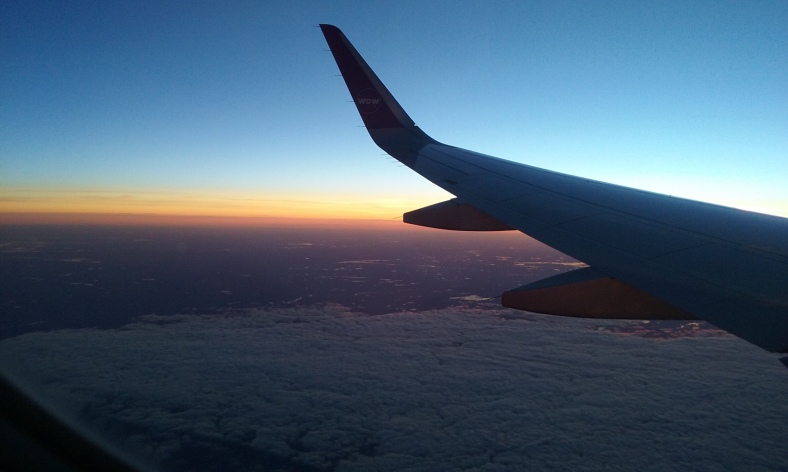
June 27, 2018: Madrid to Burgos–via bus (Spain)
While the jetlag and general fatigue were not worth the bargin price tag, they did result in a funny story the first morning in Madrid. You see, I couldn’t figure out how to use the shower in the hotel, and therefore called the front desk. While I was fluent in Spanish, all the woman kept telling me was that the telephone was working. Of course the telephone is working! That’s how I’m calling you!
Increasingly frustrated with me, she said that she would send someone up to my room. After talking in circles for what seemed like forever, I finally figured out that teléfono not only refers to a telephone in Spain, but that it also means shower head. Whoops.
Following a tomato and cheese bocadillo with churros y un café for breakfast–oh Spain, how I have missed you!–I caught a bus to Burgos. Well, technically, I missed the first bus, but a woman helped me catch another one. Phew! I was meeting my friends there, and we were scheduled to begin hiking the next day.
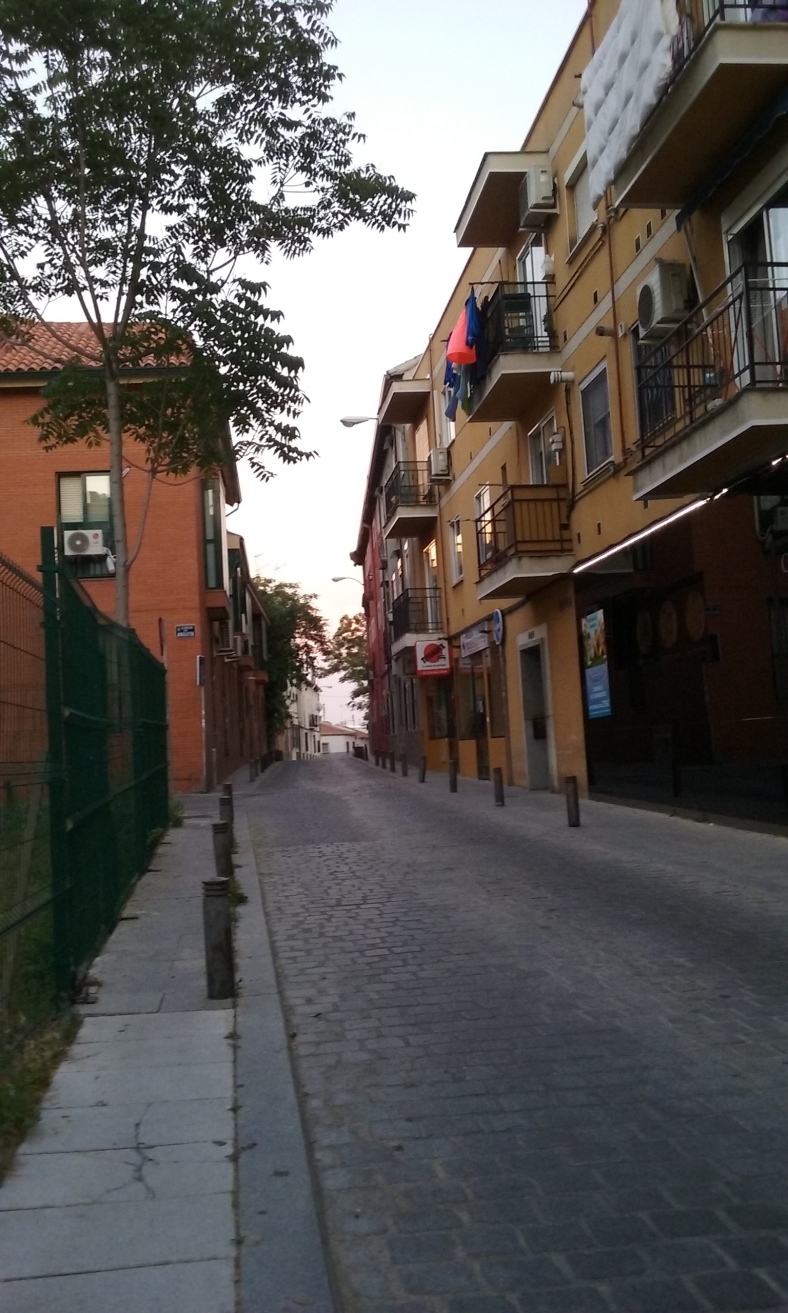


June 28, 2018: Burgos to Hontanas (Spain), 31.5km
To preface today, I want to explain that we decided to name the days this summer. It was too easy to lose track of time on trail, and we wanted to remember as much of our time abroad as possible. We launched directly into hiking after meeting up, walking an ambitious 31.5km (19.6 miles) the first day.
I distinctly recall, roughly 5km from Hontanas, stopping to rest halfway up a hill. I bent down to tie my shoelace, and managed to knock over my water bottle, the contents of which spilled out on the dusty road. It was already like walking through the desert with water in this extreme heat… but without? I practically cried. My friend reassured me, saying that we were close to town. A little ways away, but not bad.
When we walked into town, I spied an outdoor faucet, filled my water bottle, and chugged the entire thing. I will spare you the details of what happened next, except to say that the water was not good and made me very sick. Sick to the point where I had to go to a medical center.
Most unfortunately, today was called: The Day of Spilled Water and the Night of the Ambulance and Vomit



June 29, 2018: Hontanas (Spain), 0km
I was in no shape to hike today because, in addition to a fever, I couldn’t hold down any food or water. However, that night, we heard a man screaming in the hostel, and decided to leave as quickly as possible the next morning–despite my condition. You might be tired or sick when traveling, but if your gut instinct says there is danger, you get out. Fast. So that’s what we did.




June 30, 2018: Hontanas to Castrojeriz (Spain), 9km
That is not to say that I made it very far the next day. I was still very weak, but nevertheless, motivated out of fear to leave. We were behind schedule, but my body couldn’t take it–and I had to stop and rest after only 9km.
A little after 9pm that evening, we saw four black cats get into a wild cat fight, and then the crazy guy from the other town showed up again–so we grabbed our stuff and literally ran to the next town, a few kilometers away.
I’m not usually superstitious, but we have been repeatedly assigned to room #13, one of my flights cost $666 dollars, and now the black cats. I don’t know what the Camino is trying to communicate: everything all year long has led up to this trip; but now it feels like it is doing everything in its power to push me away.





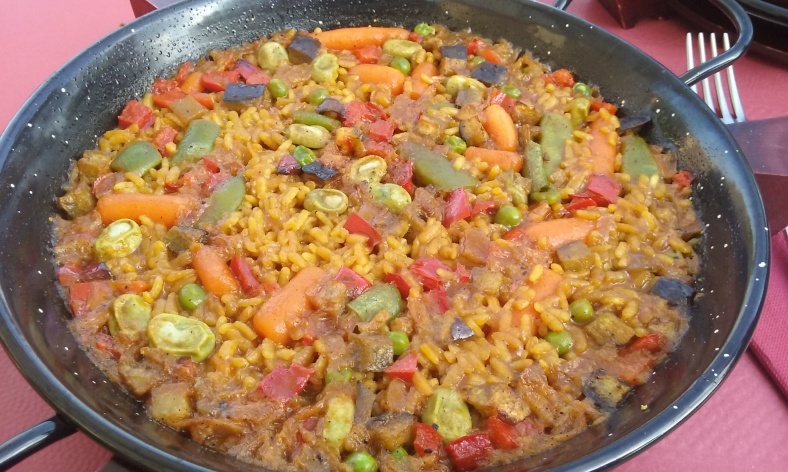

July 1, 2018: Castrojeriz to Frómista (Spain), 23km
A full moon and fresh breeze began the morning, a 6:39am start, with cotton candy colored clouds far in the distance. As we approached the mountain, we realized that that the recent drama has merely been the Camino playing a game with us. This is the “mental section”, after all. We are now ninja warriors, in it for the long hall.
NOTE: Pilgrims believe that the Camino is divided into three sections: it tests you physically in the beginning (climbing over the Pyrenees), mentally in the middle, and spiritually in the end.
Walking was great today: 62*F, a soft breeze, a mountain to begin the day, and finally settling into the Meseta. It is much prettier than expected! I called my parents tonight but realized near the end of the call that I was not connected to wifi–so a $15 dollar bill, whoops. But totally worth it to hear their voices!
We ate pizza tonight and watched the World Cup Spain vs. Russia soccer game in a restaurant called “Manchego”, like the cheese. Last but not least, we got bunk beds #11 and #12, not #13 again: our luck has changed for the better.
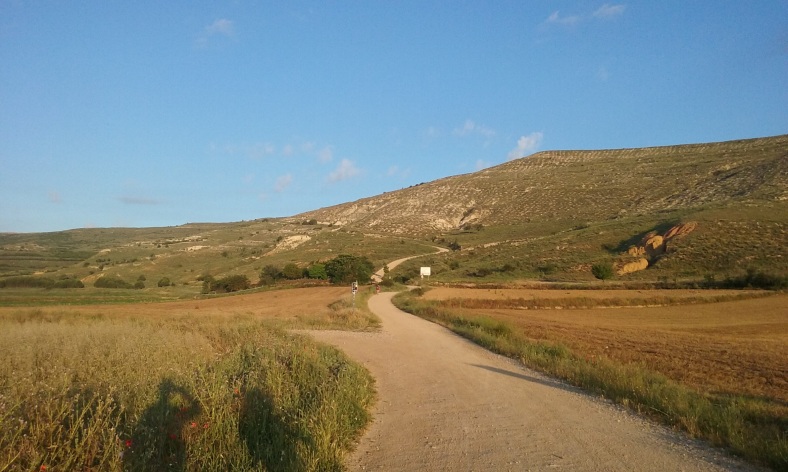

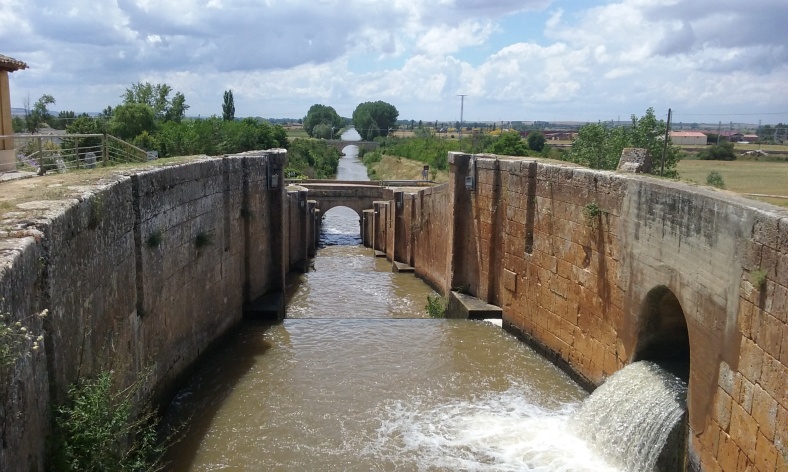


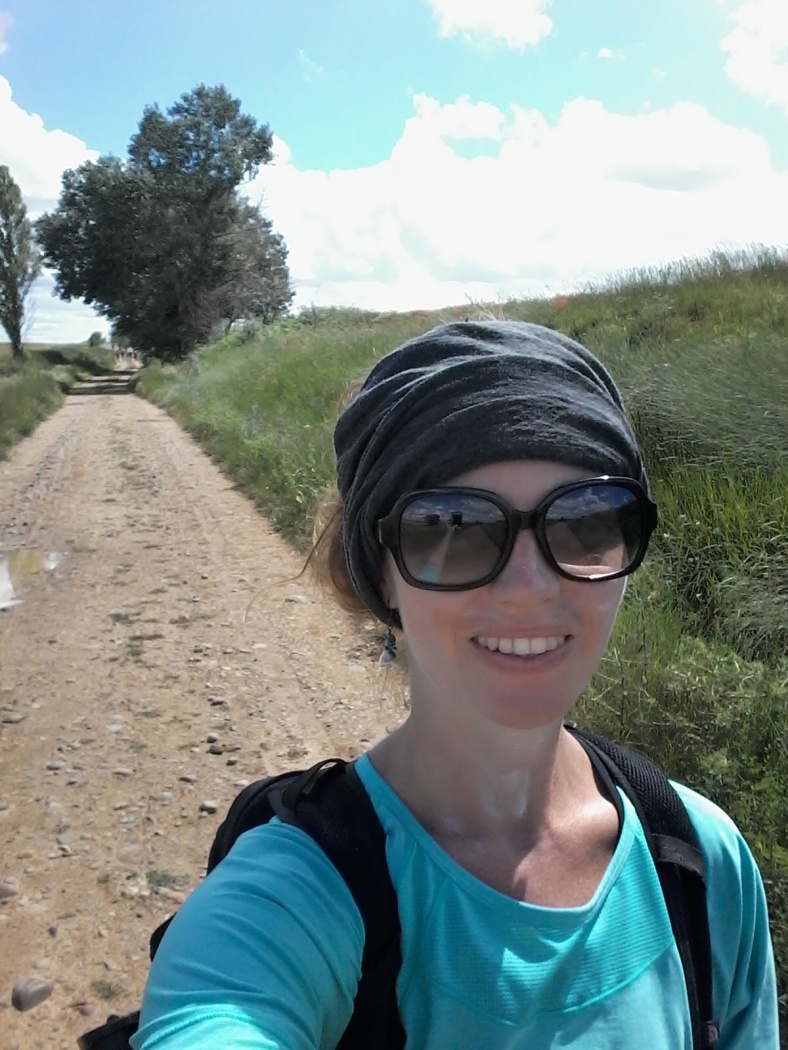

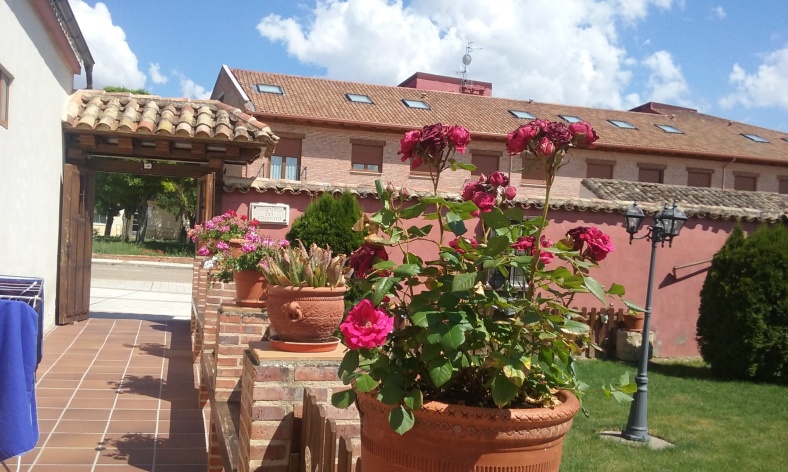
July 2, 2018: Frómista to Carrión de los Condes (Spain), 19km
The leaves rustle outside the church, swirling and twirling like fall is around the corner. I am grateful they have left the door open for pilgrims. Bibles in numerous languages are lined up in a row. Russian and Spanish call my name, ever so gently. The place is familiar-unfamiliar, known and yet unknown: I am returning to a place from long, long ago.
She blessed me, tracing the sign of the cross on my forehead, repeating the word, “Hermana”. ¡Hermana! We are all family in God’s eyes. The priest at the pilgrims’ blessing—well, actually a sister—spoke about the Way and stars, and how sometimes we feel that so much of our life is spent in darkness; but when we look up, the sky is full of light. We were reminded to be lights for others as well. This journey, this Camino, my Camino, is more spiritual/ religious than I have let myself believe. But that is yet another surprise the Camino has revealed to me today (the first was an eleven-day-old baby lamb).
We have left the fall—leaves rustling all around—and entered the winter of the mind, fluffies floating like snow outside. It was cooler outside than expected today, but calm—the quiet, gentle calm of normalcy on a sunny winter morning.

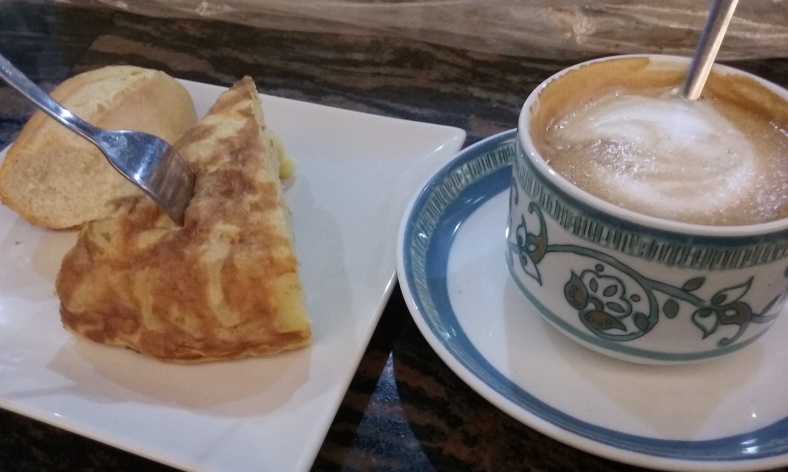


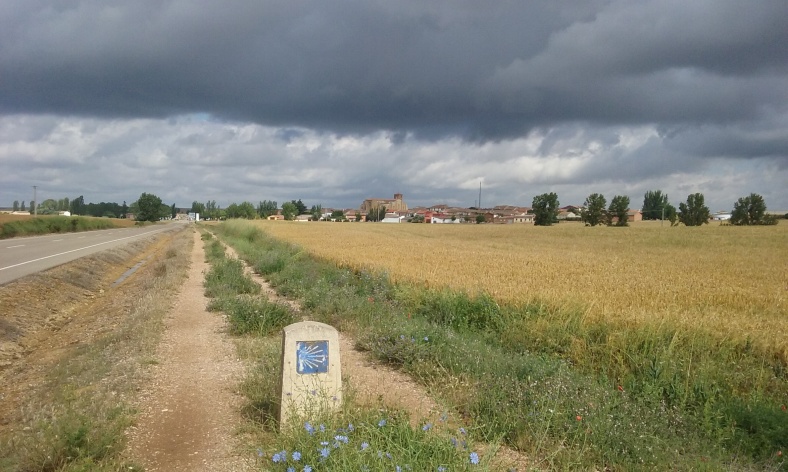
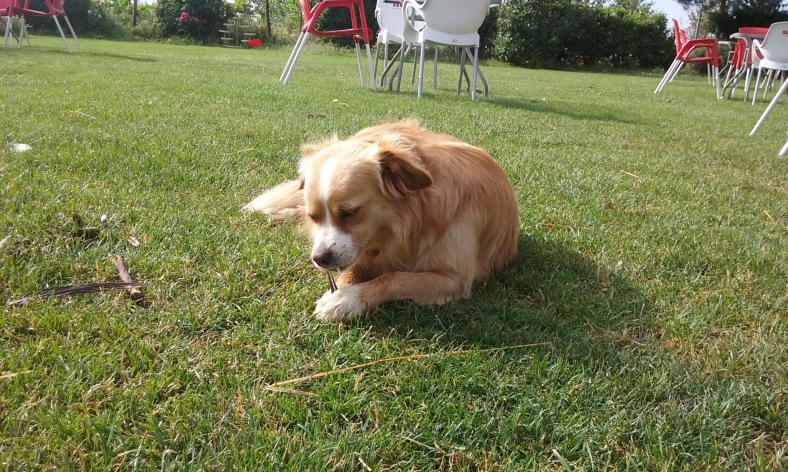

July 3, 2018: Carrión de los Condes to Terradillos de los Templarios (Spain), 25km
Springtime has arrived: the yellow forsythia are blossoming all around, a tunnel of flowers leading to the secret garden of joy. My emotions burst with a child’s love for the world; carefree and at ease, I giggle like a little girl, spreading innocence and happiness all around. I feel light and at peace with myself.
Spoken today: Spanish, French, English, along with bits of Hungarian (older gentleman, 45km/day, FAST walker) and Russian. Languages have been segregated to separate corners of the mind, after they decided to hold a social and began overlapping as they pleased.
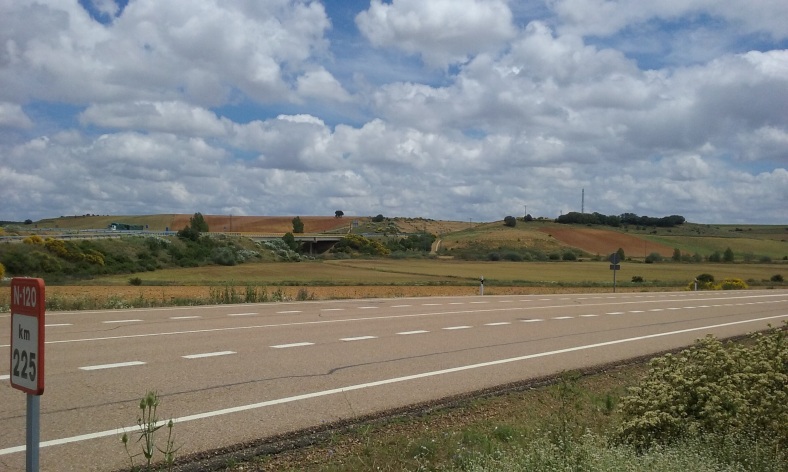


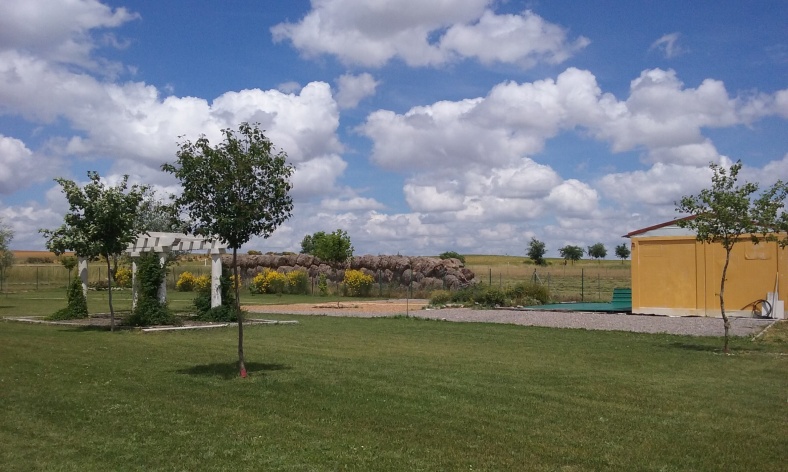


July 4, 2018: Terradillos de los Templarios to Bercianos del Real Camino (Spain), 23km
There were more windy, curvy roads than yesterday. Yesterday was flat and one perfectly straight road: it was impossible to get lost. Sahagún is the halfway point of the walk; we arrived here today. We saw the first finishers of a mountain bike race there; some of the street was blocked off in preparation for it. The town itself was industrial and not very pretty. That said, outside of town we saw a long parade of sheep with their shephard and shepharding dogs and heard a cowbell, which made up for it.
To celebrate the holiday, I ate a croissant with coffee, blueberries, cherry tomatoes, an enormous bocadillo de tortilla de patatas, the most delicious gazpacho ever, and chocolate ice cream. I also walked fifteen steps today on the path with my eyes closed. Trust yourself.


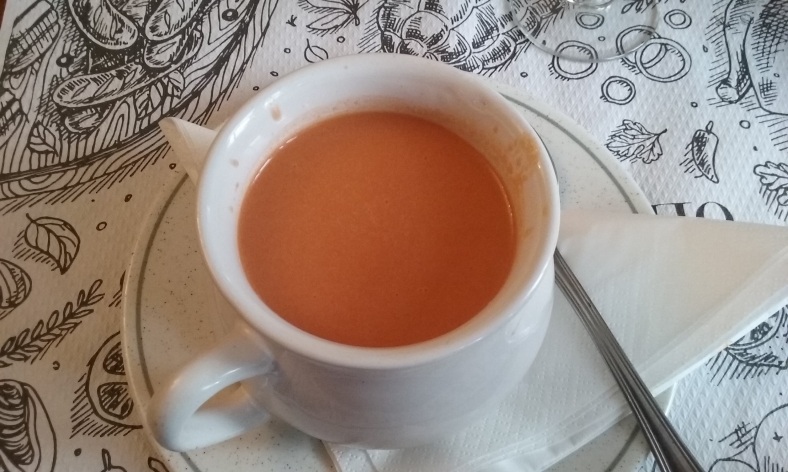
Video
July 5, 2018: Bercianos del Real Camino to Mansilla de la Mulas (Spain), 27km
Things of note: 8km before breakfast. Powered through like a bull, but one flying with the stride of an antelope. After coffee and French toast/sweet bread pudding thing, 13km later had the ultimate breakfast of champions, coffee and calamari with lemon.
Now in Gaia albergue, apparently not affiliated with yoga brand but same yogi-vibe nevertheless, with incense and a patio garden out back. Love-love-love! Sat in the hot Spanish sun while eating a juicy peach as it dripped between my fingers. Then ate a Spanish type of trail mix and my lemon electrolyte water. My shirt is also somehow inside-out, and that has made all the difference. I am happy-happy-happy-happy! I could run to Santiago today! But have been advised that 300km in a day might be too much. So I have settled for chocolate ice cream instead.
It is great to talk, but I crave silence more and more as the days pass. I feel physically stronger each day. And I love the challenge of language-switching. Am translating a lot for people these days. The Spanish sun settling in all around is starting to make me sleepy.

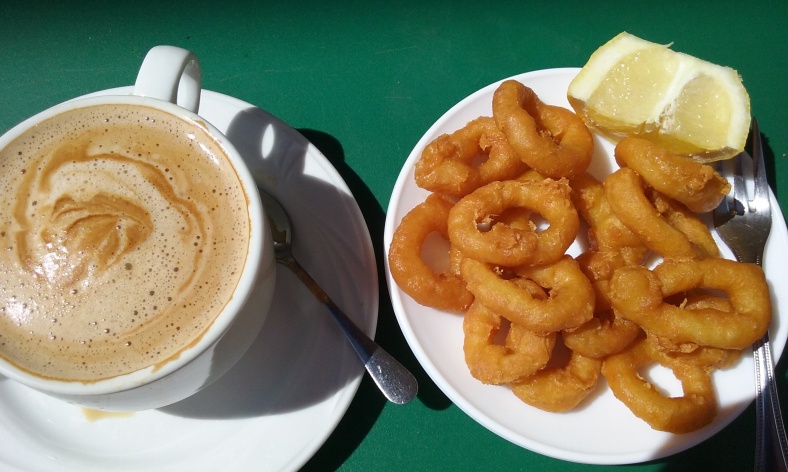

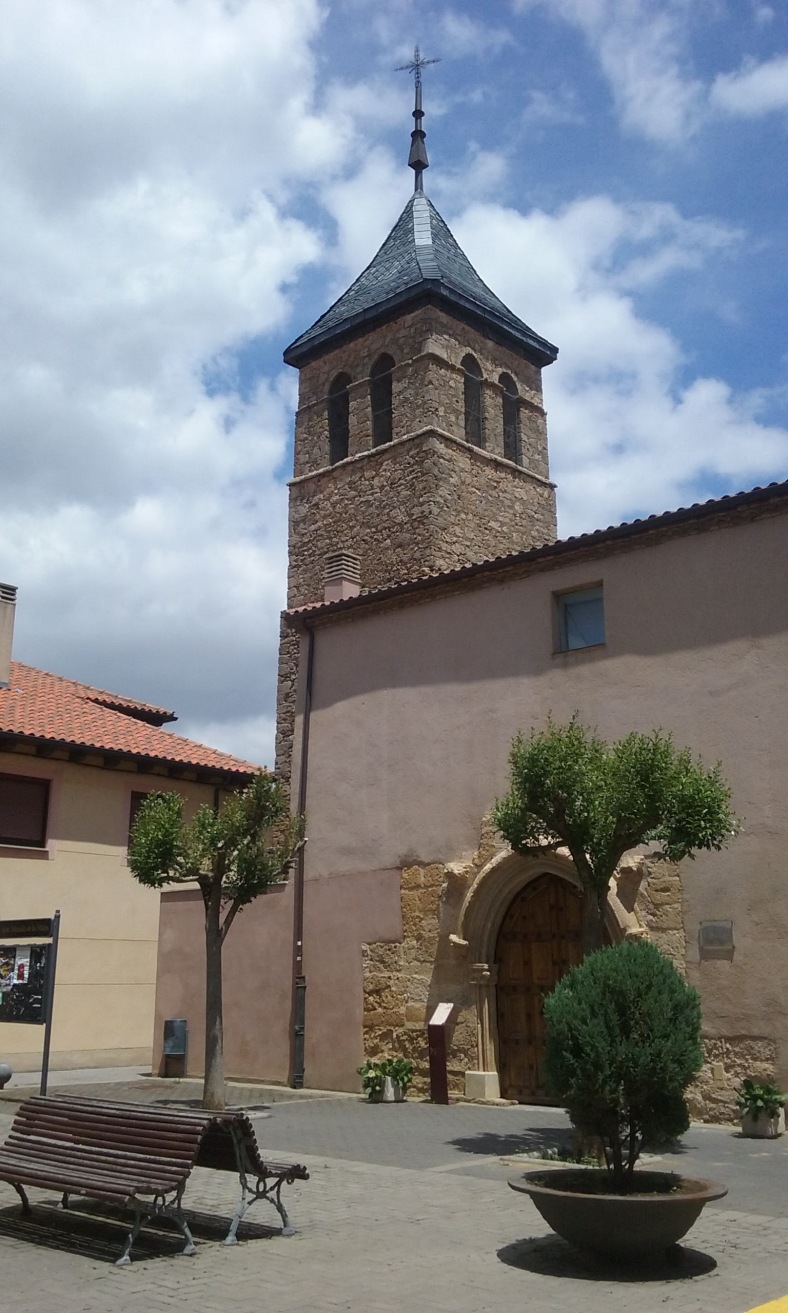

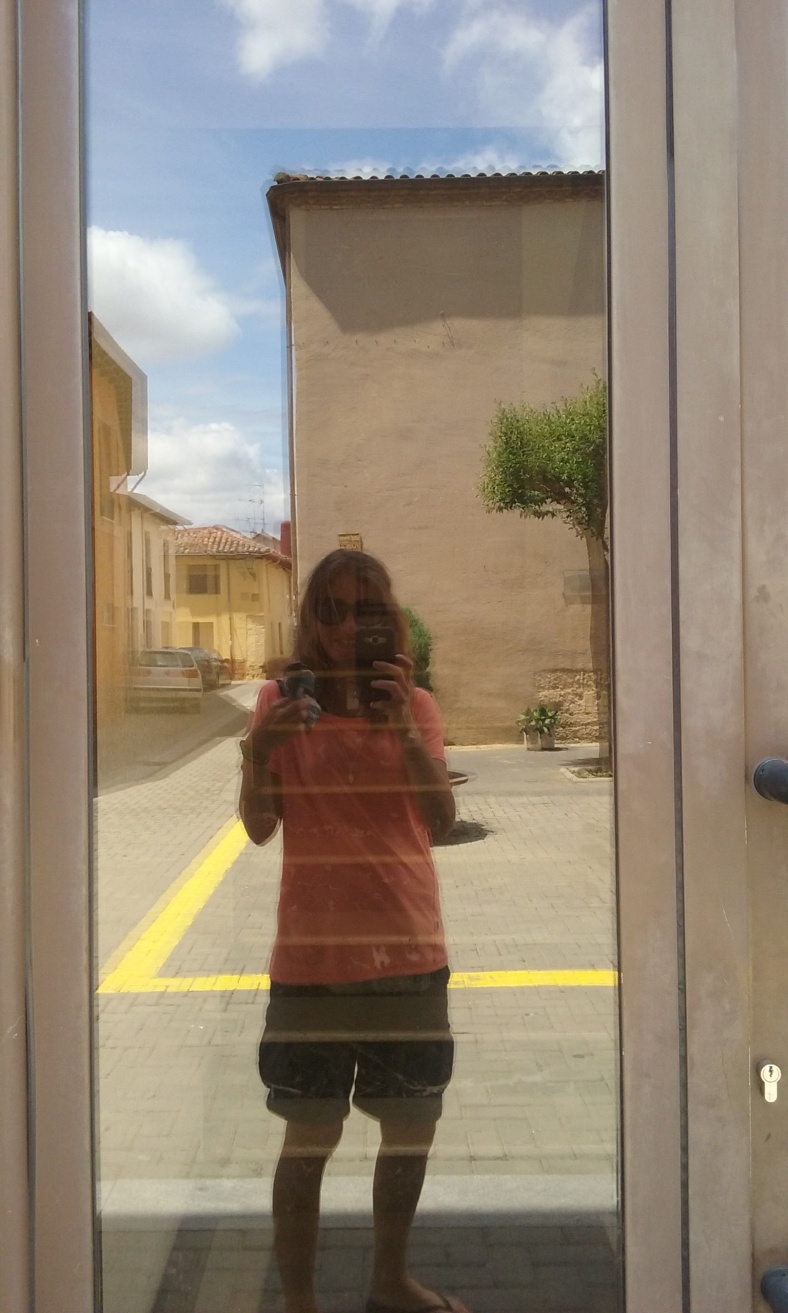

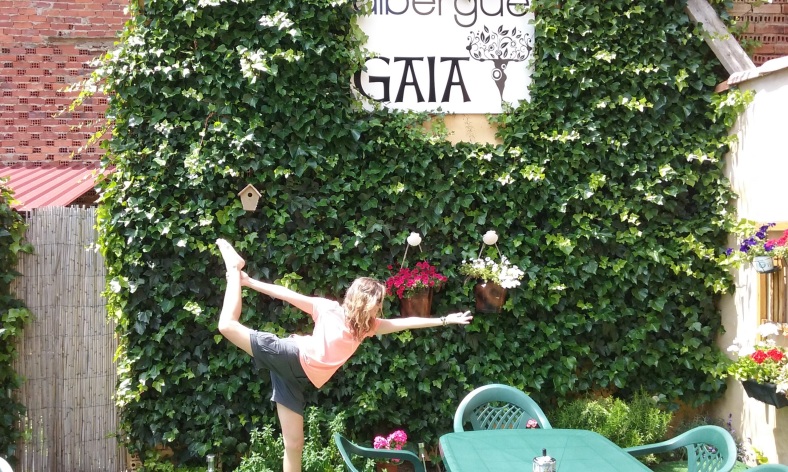
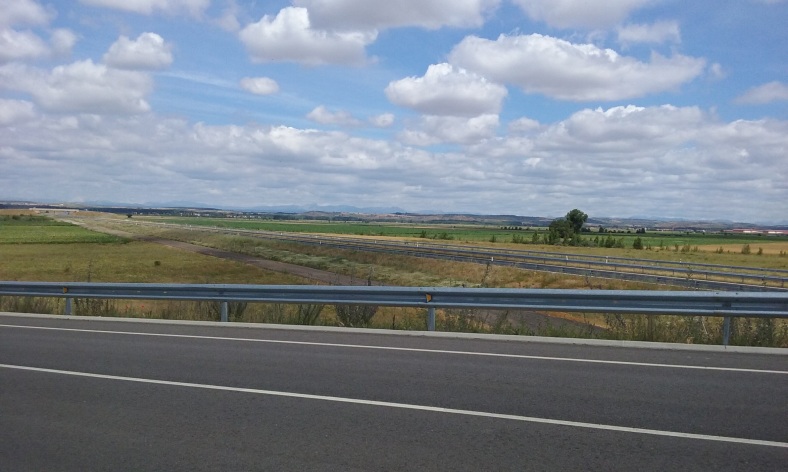
July 6, 2018: Mansilla de las Mulas to León (Spain), 20km
First, we met a French couple who were walking more than 2,000km of the Camino, and then were going to write a book about it. Wow! I felt a supernatural type of flying energy today and took off at a very brisk pace up Alto del Portillo hill all the way to León. It was very steep going down the dirt mountain path to the city. Two cyclists were riding up it and I said, “Eres mi héroe” to one of them. There was a spectacular view at the top; I felt pulled to León by a force greater than myself. We stopped at the Camino information center, and eventually found an albergue.
We attended a very confusing Vespers Mass with nuns and lots of singing, and an elderly woman clasped my hand and later hugged me. Afterwards, we went to a few tourist shops, and then toured the León Cathedral for five euros. We bought lemon and melocotón-flavored bubble tea, and pistachio and chocolate de Ecuador flavored ice-cream. We ended up going to the pilgrims’ dinner after the Vespers Mass. I slept really well through a gigantic thunderstorm.





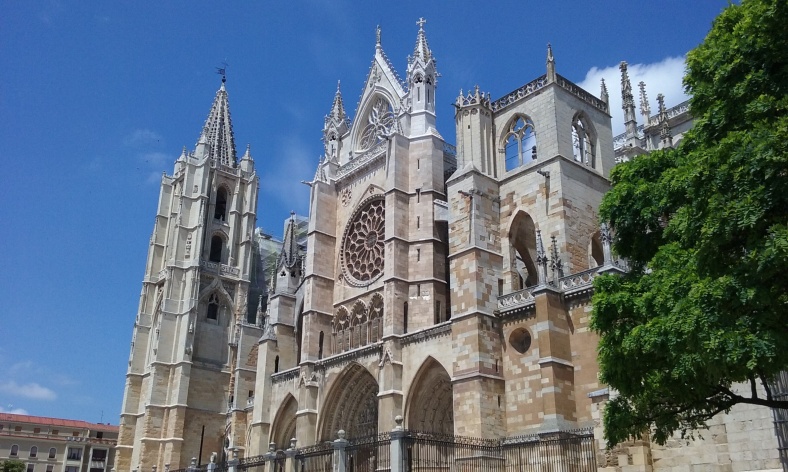
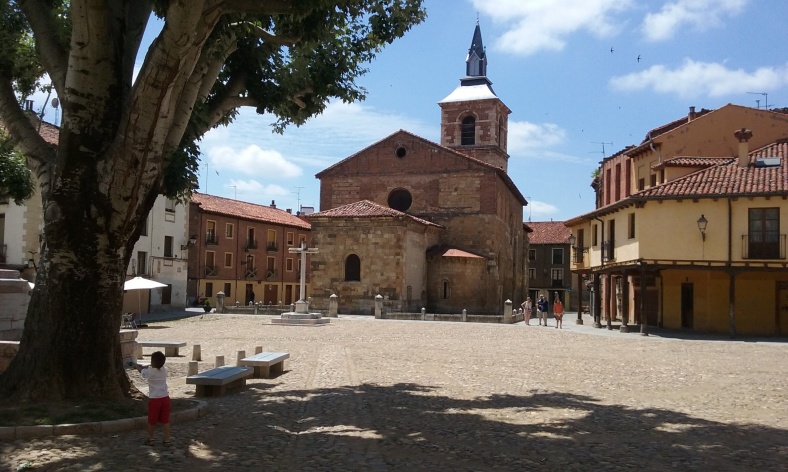

July 7, 2018: León to San Martin del Camino (Spain),26.5km
NOTE: I was finishing a 90-day French language challenge during my time in Spain, and so journaled from time to time en français. It was challenging to hear Spanish all day and then write in [imperfect] French in the evenings.
Je n’ai pas écrit rien hier parce que nous avons marché et ensuite nous avons vu la cathédrale de León ; donc il n’y avait pas de temps pour écrire. J’ai pensée qu’il y aurait un orage comme l’autre jour et j’étais excitée pour ça mais aux fins il n’y avait pas un. Cependant, j’ai parlé avec une femme qui habite en Madrid pendant quelque temps et elle était très gentille et sympathique. Elle a fait le Chemin avec ses enfants l’année dernière et elle a pleurée beaucoup en arrivant dans Santiago.
Je suis dehors et il y a beaucoup des mouches a cause du change au température, je crois. J’ai mangé un sándwich TRÈS GRAND cet après-midi et je ne savais pas que j’avais faim ! Alors pour le dîner je ne sais pas qu’est-ce que je dois manger. C’est un après-midi calme, tranquille—après de « le fou » de la grande ville de León. J’ai parlé avec maman aussi !! Elle était ravie d’écouter de moi et écouter ma voix—et également j’étais très contente !





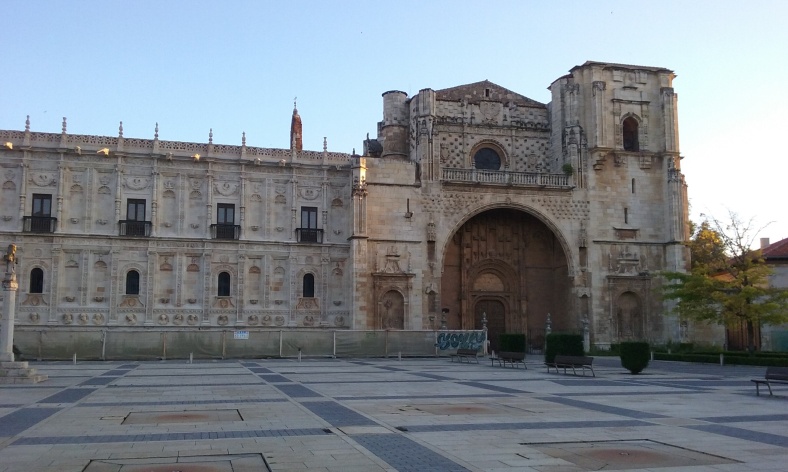
July 8, 2018: San Martin del Camino to Astorga (Spain), 23.5km
I ate a very large breakfast for five euros at the hostel this morning. It had a friendly, homey atmosphere, with music from Cher to Smashmouth to Alanis Morissette playing, a bookshelf, and a lamp at the end of the hallway during the night—very cozy.
We left later, around 7:30am, after speaking in French with a Belgian couple who had walked from Belgium to Santiago and were now headed from Santiago to Rome. They gave us advice and tips for albergues along the Way. Mini enchanted forests today. First, brushy one, then fenced tree-forest (elves in training, obviously), then fruit stand in the middle of nowhere with free watermelon, peaches, etc. then relaxed in hammock with rock and flower landscaped garden. Then forest with Lorax truffle trees, then a cross with view of Astorga. Desert-like landscape for most of the day: this is the true Meseta. Saw Astorga Cathedral.
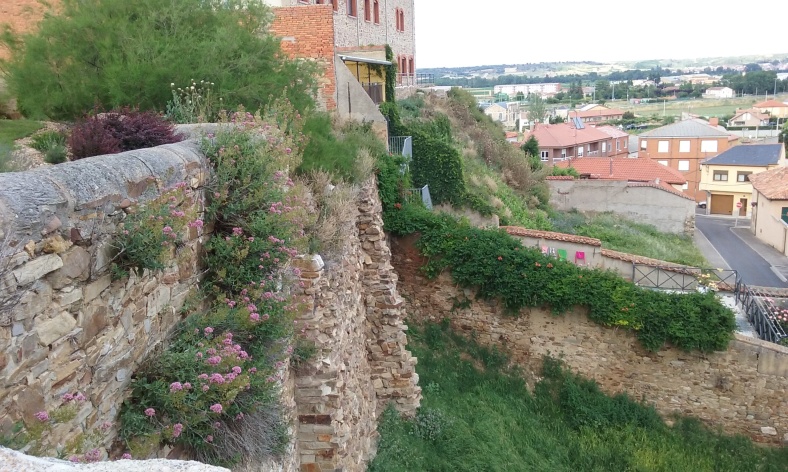
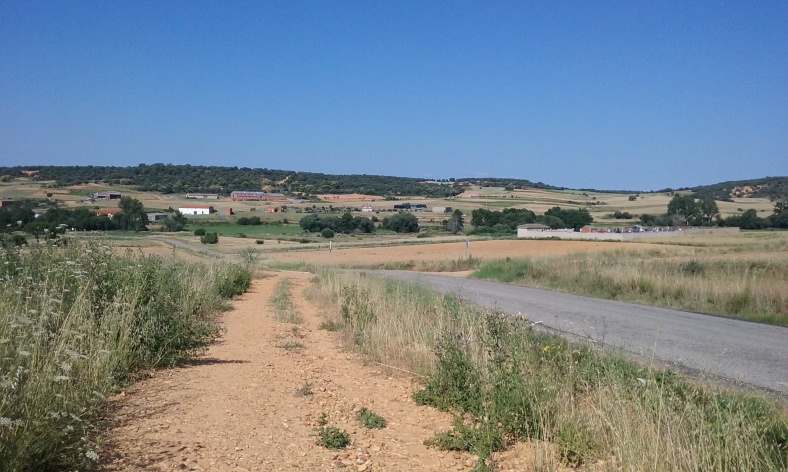



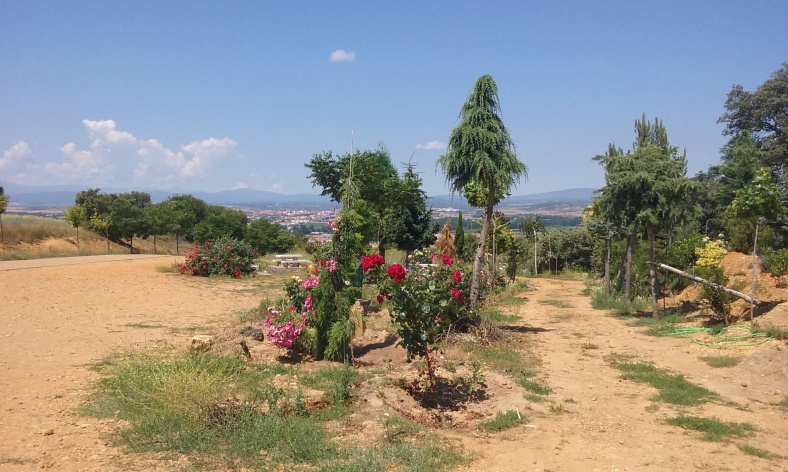

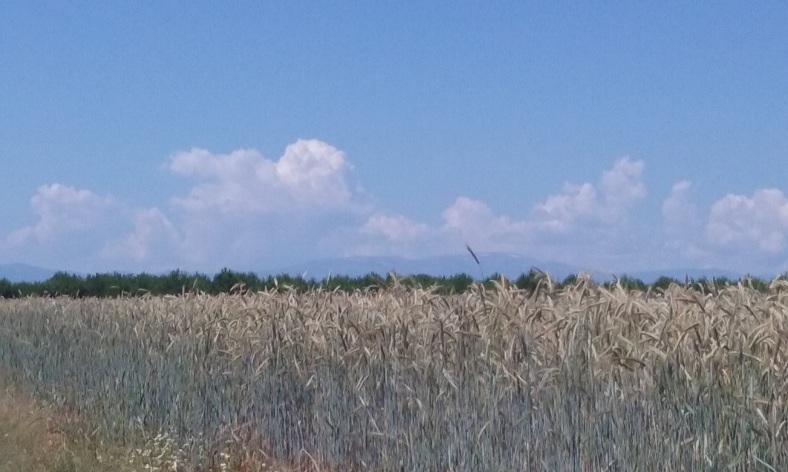


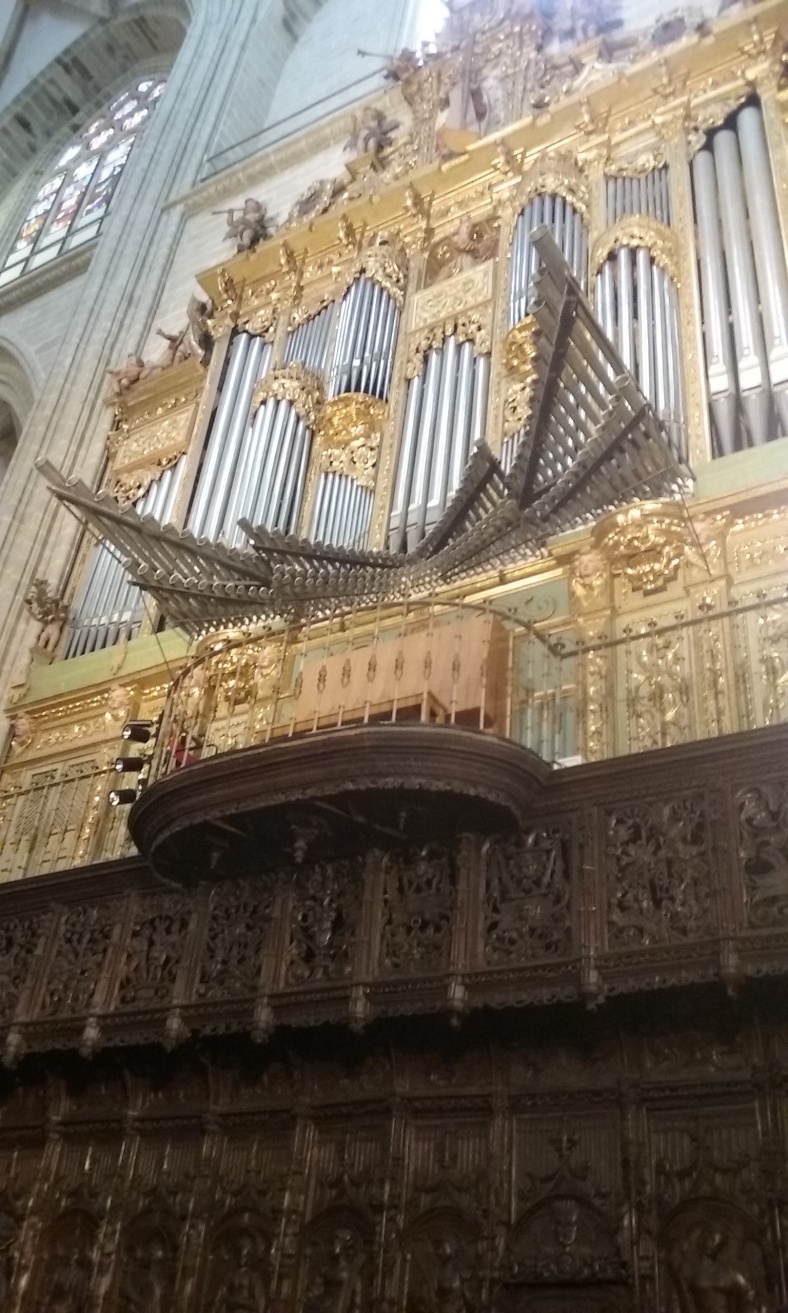
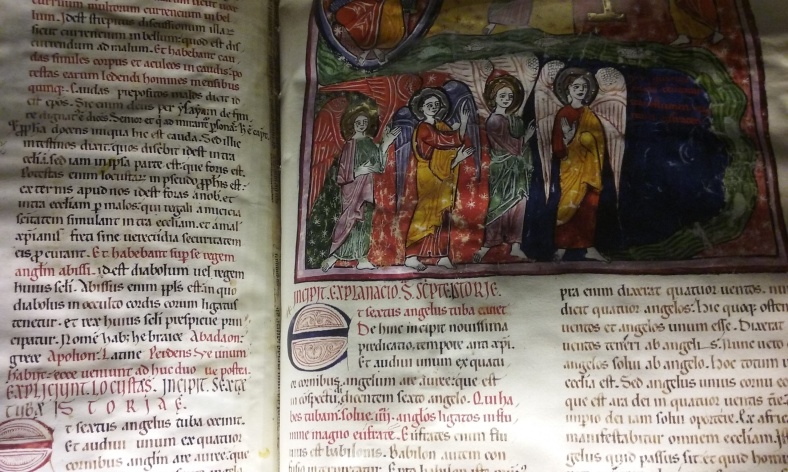

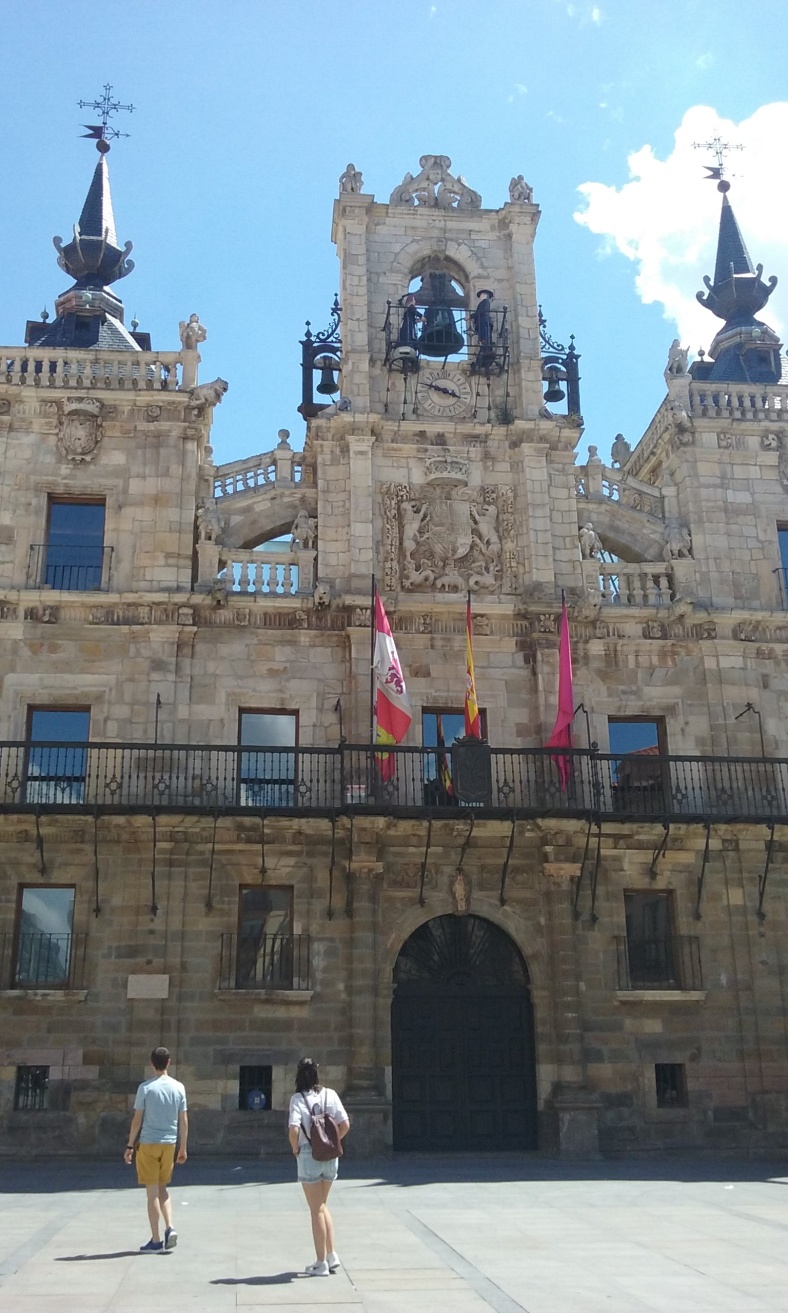

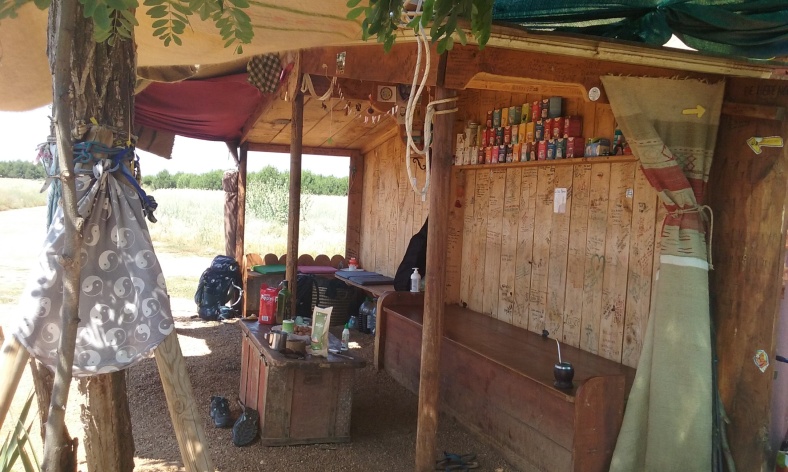
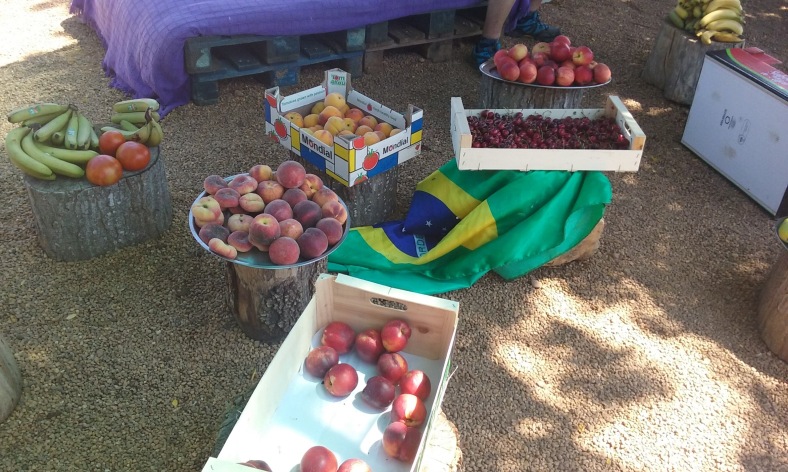

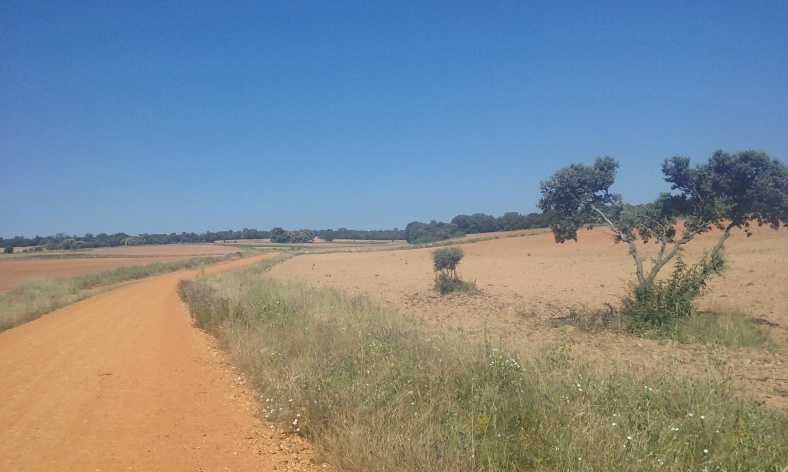

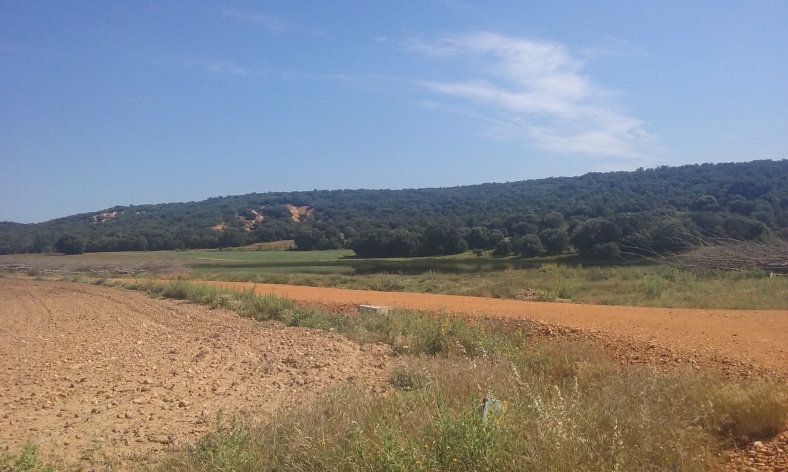





PROSE: Bright rays of sunlight outline, rather, underline the dark clouds, closing the day with a punctuation mark. The sun peeks through, shining warmth all around; it is not ready for bed. My eyelids are heavy and my heart undecided: I feel both rushed and restless, simultaneously. I walk, and the day is long—a winding, hilly path through desert-like surroundings and enchanted forests, whose trees hold secrets of elves and magical creatures and many stories. We speak of religion and spirituality as the mental stage of the Meseta comes to a close. A fruit stand materializes in the middle of nowhere, with free watermelon and doughnut peaches and cherries.
Yesterday, a smoky blue haze settled over the mountains far in the distance. I watched as a single electric bolt of lightning raced through the smoky blue haze, a perfectly defined, angled line in the mist.
I walk, and the day is short, suddenly over. I feel restless, almost bored with the routine yet unable to sequentially process everything that is happening, that has happened. I am impatient, and reverting to old habits. I must find greater inner strength within me to become the Me I am destined to become. Impatient, I thank the pen for its work tonight. The scribbles do me well, as usual.
July 9, 2018: Astorga to Foncebadón (Spain), 25.6km
Ahora he cambiado de lugar y, llamada por la música pop, he encontrado un sitio (café) genial, con una mujer súper amable de muy buena vibra y una catarata adentro, cerca de flores y tales decoraciones como, por ejemplo, mariposas blancas rodeadas por luces y mesas de madera. Además, he pedido otro café (no tome el otro) y recibí una galleta de canela en forma de un corazón. Perfecto. Si solo hubiéramos descubierto este lugar antes de “settle” en el otro pero la verdad, no pasa nada: hay que fluir con la corriente de la vida. Es una vibra muy chula aquí–tranquila, relajada sin esforzarlo. Y al lado de las montañas, en una colina/ subida/ cuesta increíble!–evidentemente, el pueblo mas alto del Camino Frances.
Me he sentido otra vez el “pull” de Santiago, un cambio bastante radical energético en el cual camino mucho mas rápido pero casi sin esfuerzo. Es como si algo me tirara; la energía se hace mas clara, mas pura: reempiezo la vida, en mis términos, con alegría y felicidad. No sé exactamente cuando empecé a perderme estos ingredientes esenciales de la vida, pero que alegría, que amor de haberlos descubierto de nuevo! Cada día las cosas se hacen mas claras, mas definidas, mas buenas, menos de la niebla borrosa confusa de este año pasado de transición.
Siento una energía pura aquí. Veo a lo lejos una cordillera desconocida. El estar tan cerca de la naturaleza me llena con paz, tranquilidad, sosiego; la felicidad vive aquí, vive en todas partes. Es una maravilla, un mosaico de la belleza de esta vida. Aquí uno descubre a Dios.


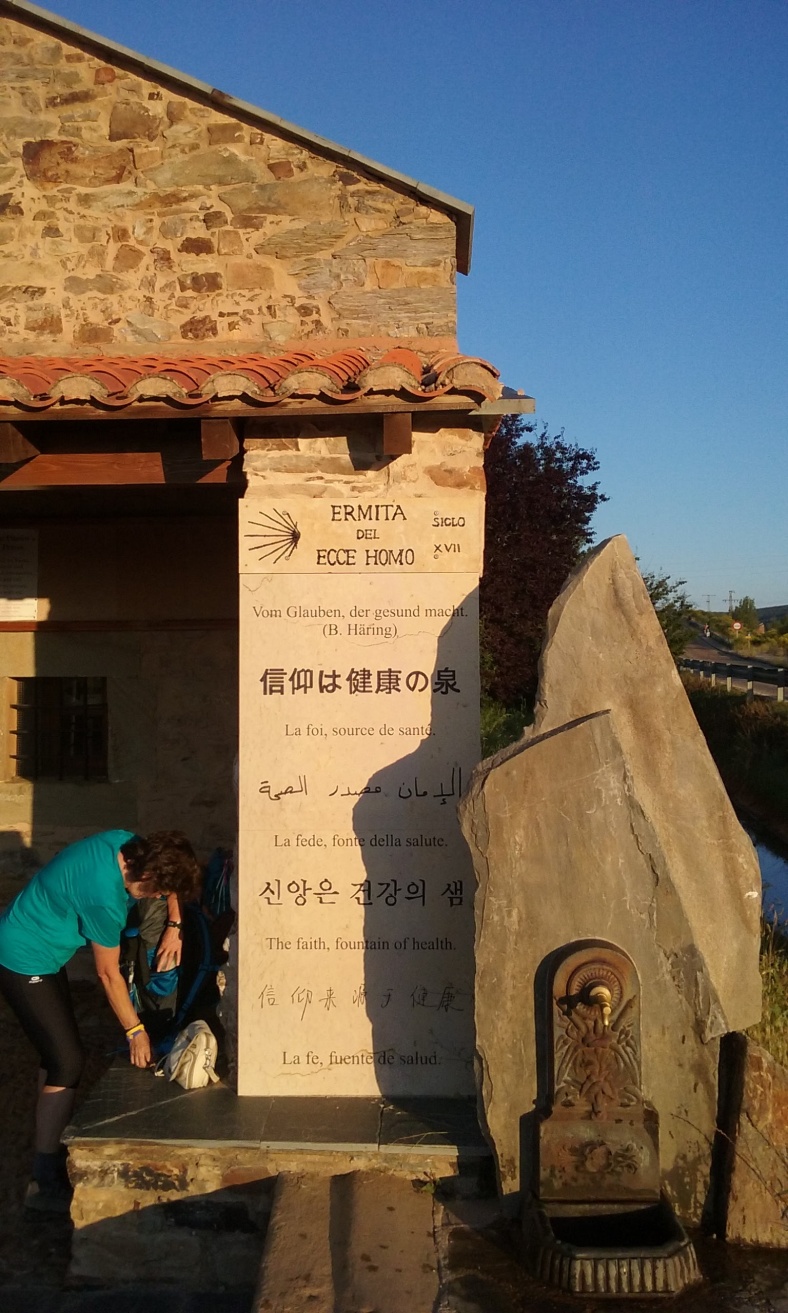





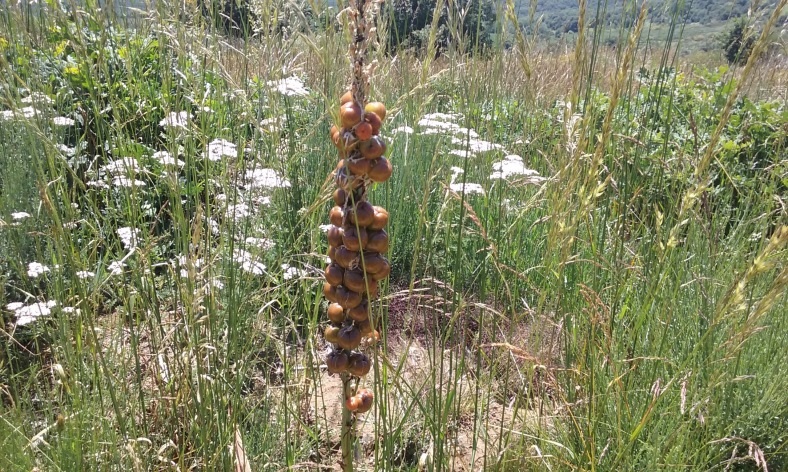

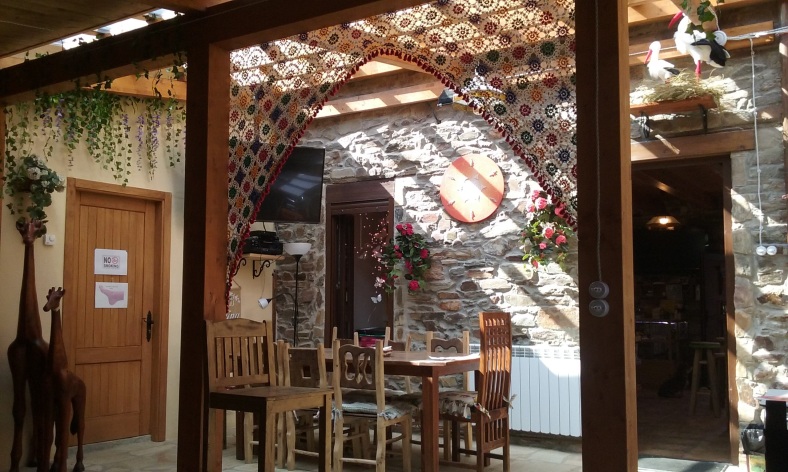


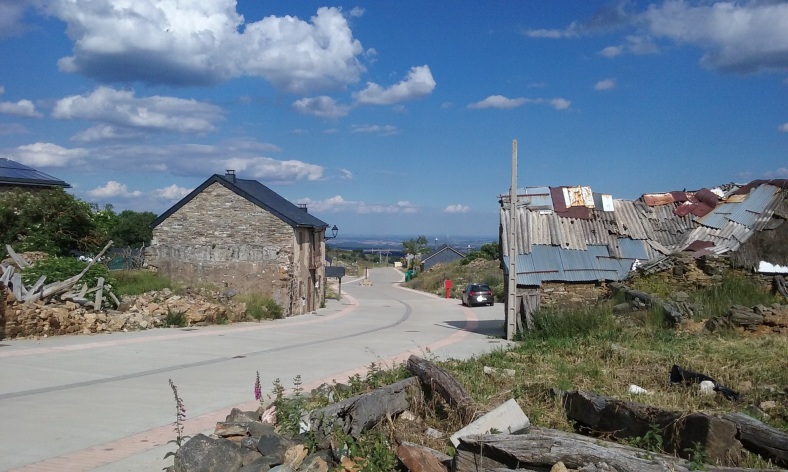
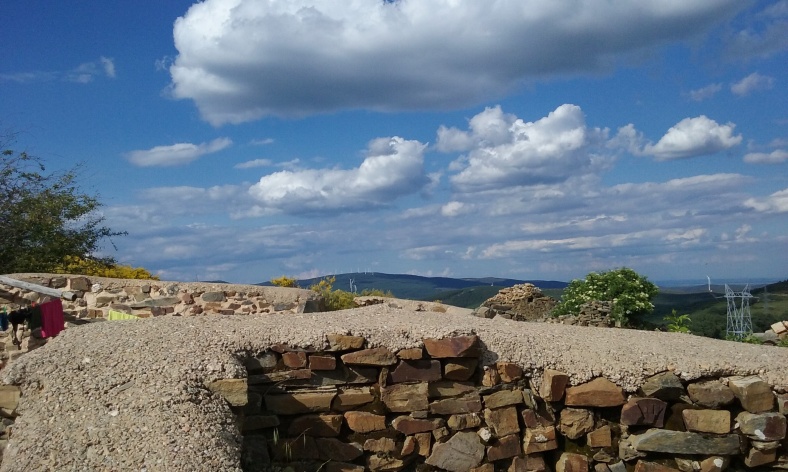
July 10, 2018: Foncebadón to Ponferrada (Spain), 26.9km
We walked 16.7 miles today, aka nine hours starting at 6am this morning before daybreak: saw waning crescent moon and a few stars. Up a mountain taller than the Pyrenees (highest point on the Camino), then down the same mountain over shale, that is, carefully placing your foot for every step, for hours on end = complete mental exhaustion, it required such intense concentration; then scorching hot Spanish sun this afternoon.
First albergue Alea we went to was full—imagine the desperation! Found donation one, completely amazing. They served us cold peach tea while we waited, and I have never been so excited to do laundry! What do you eat after a day like today? Have had water, two coffees, a croissant, and a plate of calamari so far. In retrospect, mistake was calamari: way too full to walk after—stomach ache. Not hungry now, just excited!


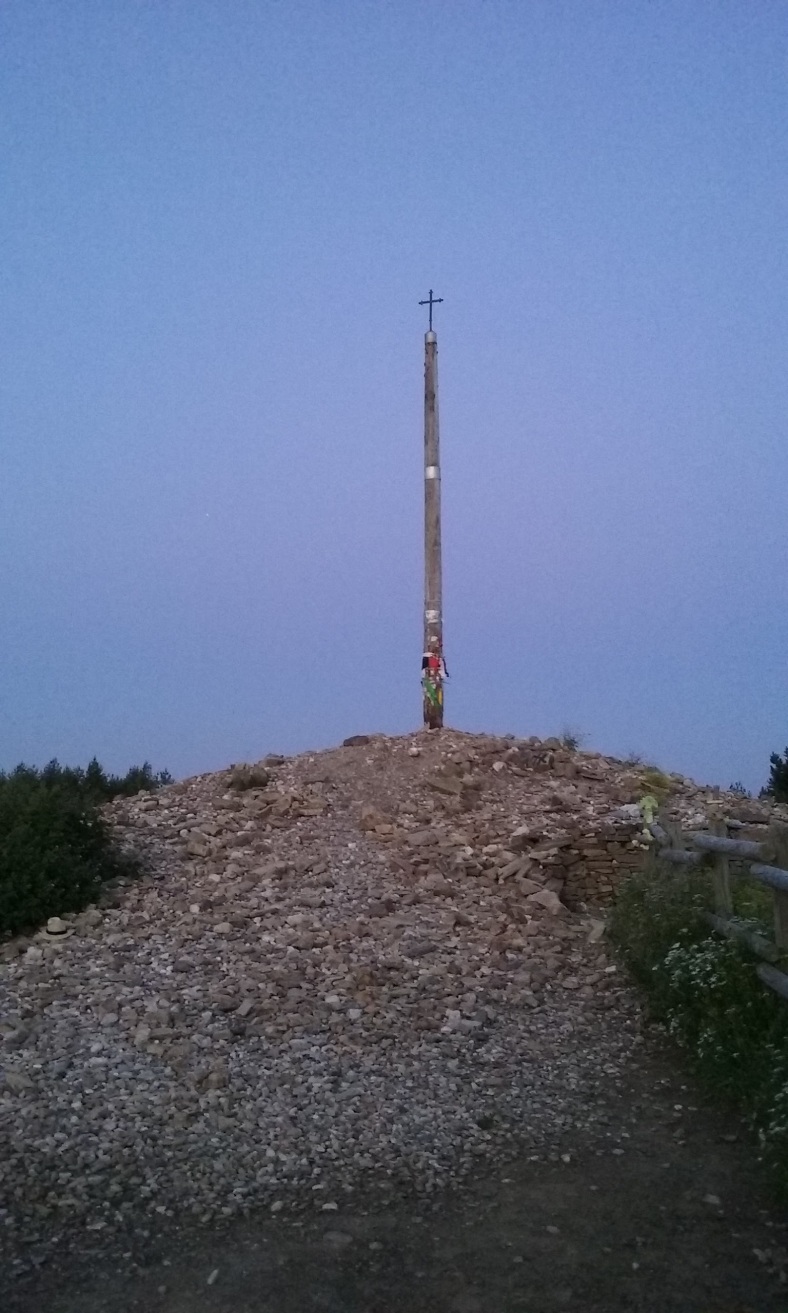


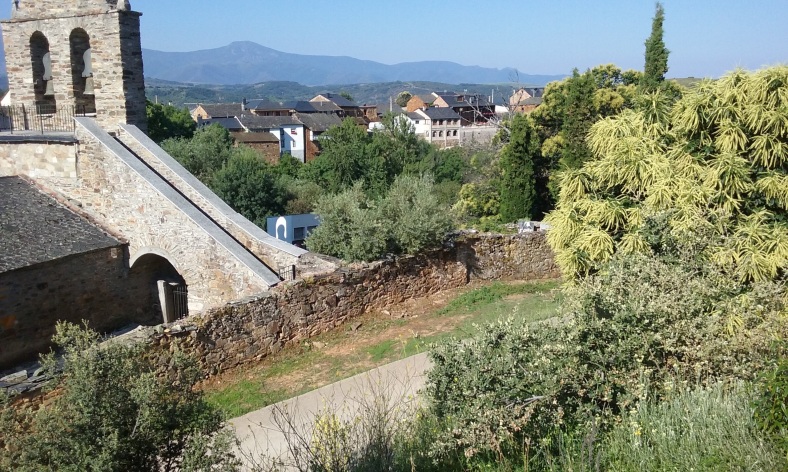



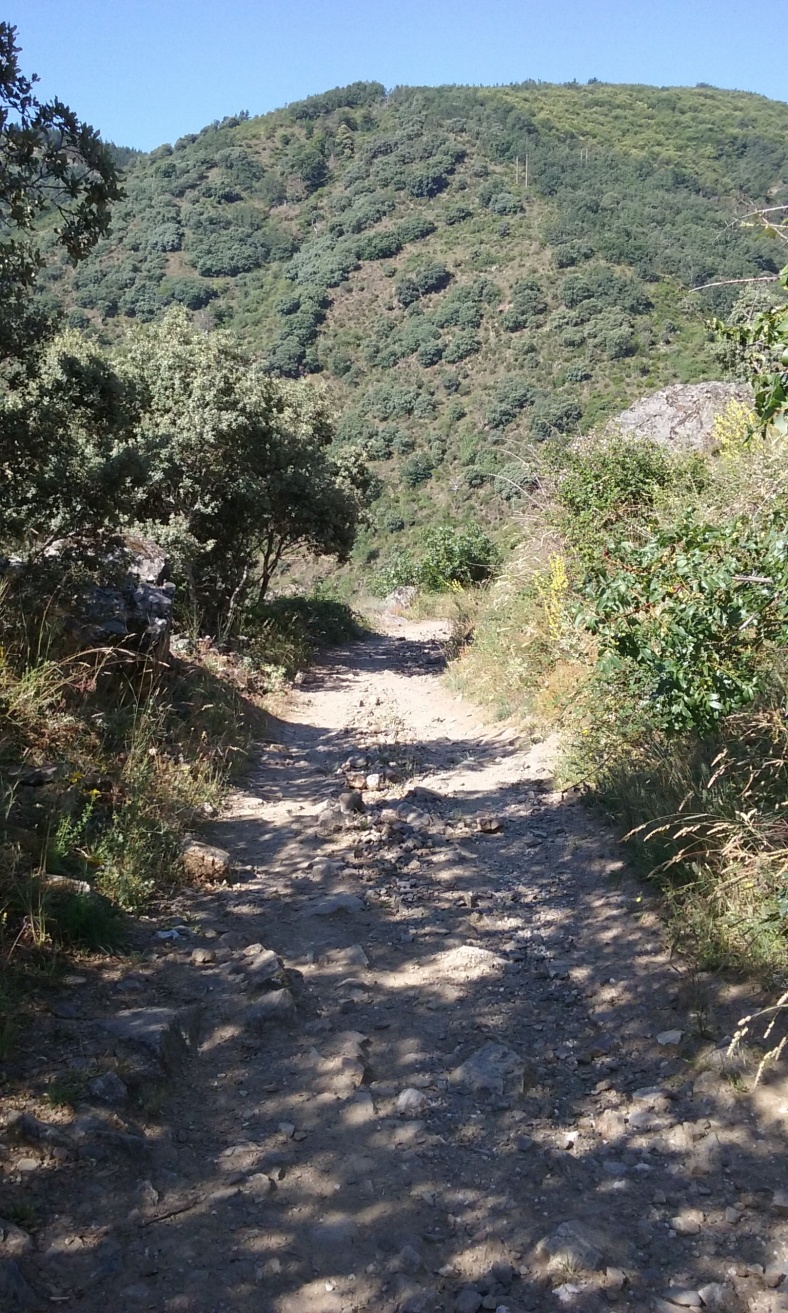

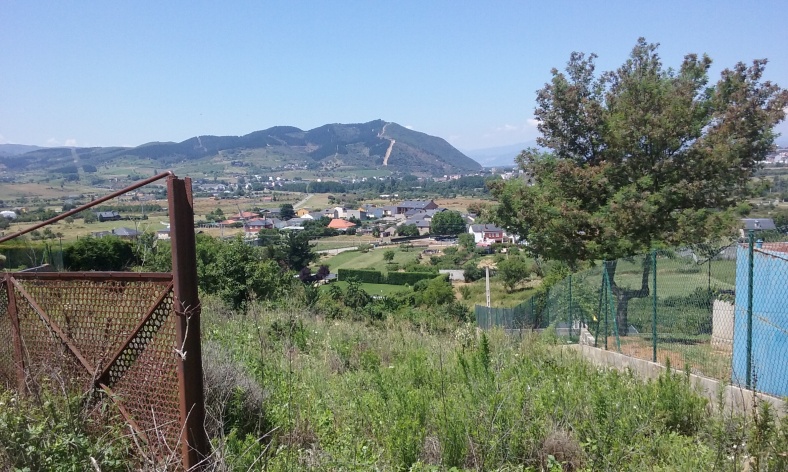

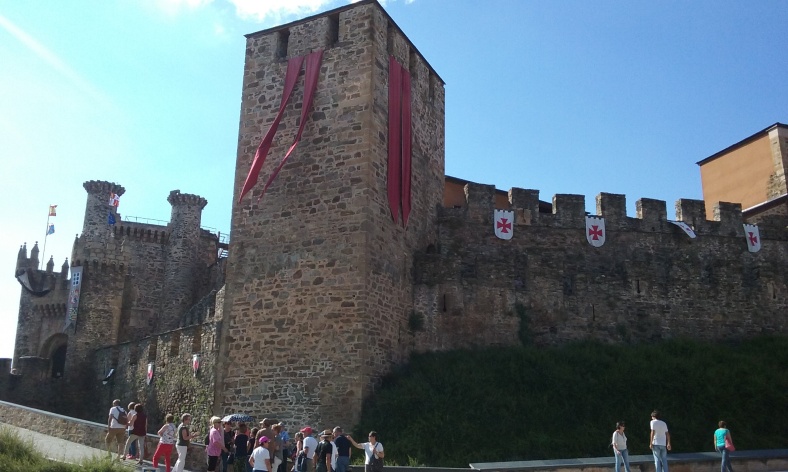

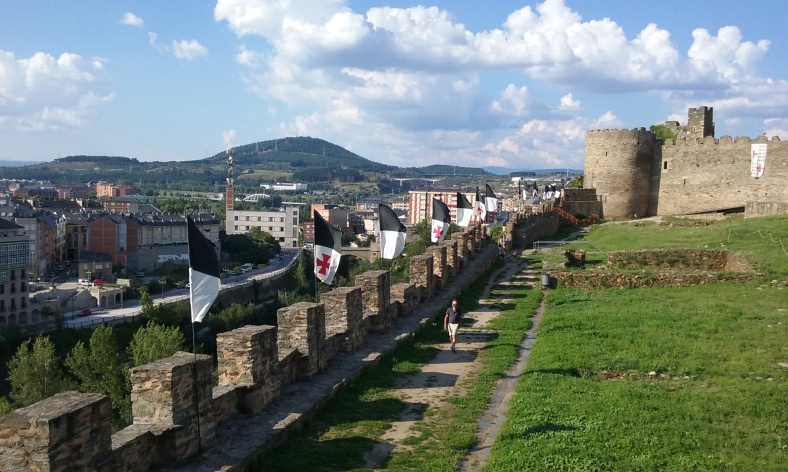
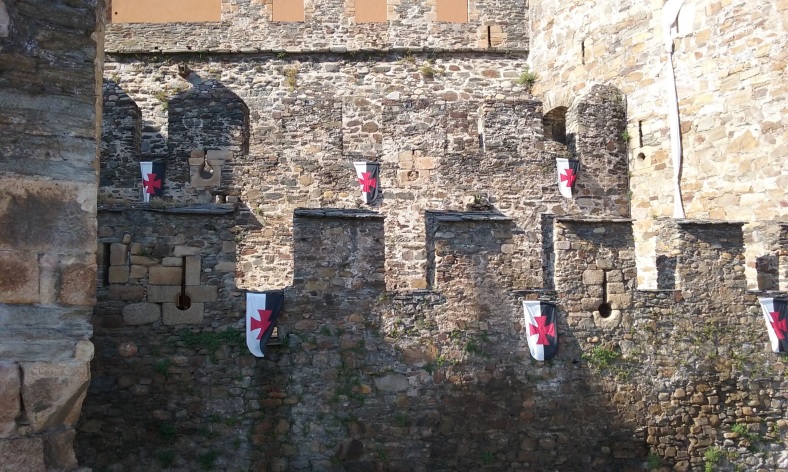


July 11, 2018: Ponferrada to Villafranca del Bierzo (Spain), 23km
Castillo de Ponferrada: Drinking coffee in a café across from an actual, legitimate Spanish castle during a thunderstorm. Awesomeness. Not long after, a full rainbow appeared as we left Ponferrada (well, the albergue before breakfast). This was definitely a good omen! Had seen a partial rainbow a few days earlier—“progress!” Even saw lightning flashing through the rainbow. Then walked a good eleven miles or so in the pouring rain until it finally began to clear up after noon. But so happy! Was singing (near Cacabelos, Fresh Prince of Belair, ha!) and skipping and smiling like a goofball.
Also spoke aloud to myself and later had a heart-to-heart with Dios. Letting go of burden… el amor puro que experimentaba por dentro esta mañana… si Dios y yo tenemos una relación personal e intima y, si es verdad, si le debo llamar o “tu” o “Usted”… y dando las gracias por la lluvia y la oportunidad de viajar y hacer El Camino y darme cuenta de que, en el fondo, todavía soy católica; y que nuestras experiencias e historia personal forman una parte de nosotros y siempre estarán con nosotros, pero a la vez, mi historia no me es, ya que me permite seguir creciendo, que expande mi alma, etc.
Esta tarde había dejado de llover, pero el pueblo pareció muy lejos porque bajábamos para siempre, hasta un valle rodeado por otra cordillera. Pensé que solo iba a ser un pueblito con un par de edificios, pero ¡para nada! Tres mil habitantes con una iglesia hermosa y una plaza mayor muy bonita con una cena perfecta de gazpacho, cordero a la plancha y natilla. Ahora, quería ir a la misa de peregrinos otra vez, pero estoy cansadísima y aunque tome lugar en la iglesia hermosa, creo que seria mas prudente ducharme e ir a la cama pronto. Solo quedan ocho días hasta llegar en Santiago, no lo puedo creer. Me siento casi triste. Ah sí, hablé con el señor español otra vez durante El Camino mientras llovía. Él parece sabio, pero con un buen sentido de humor, que sonríe mucho.



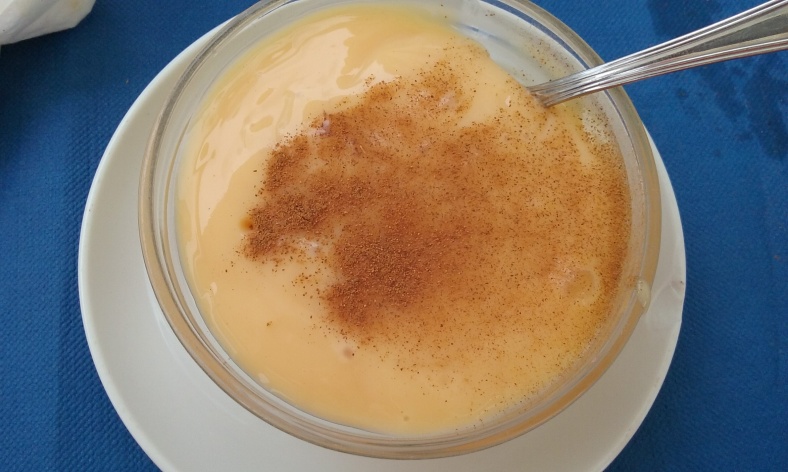

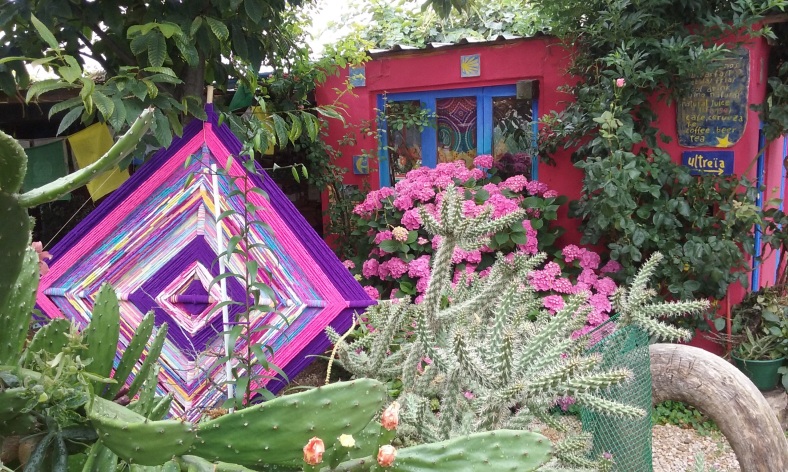

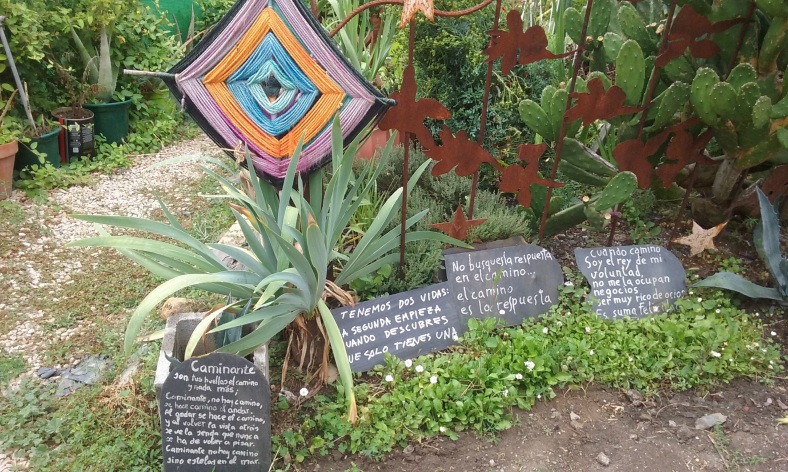

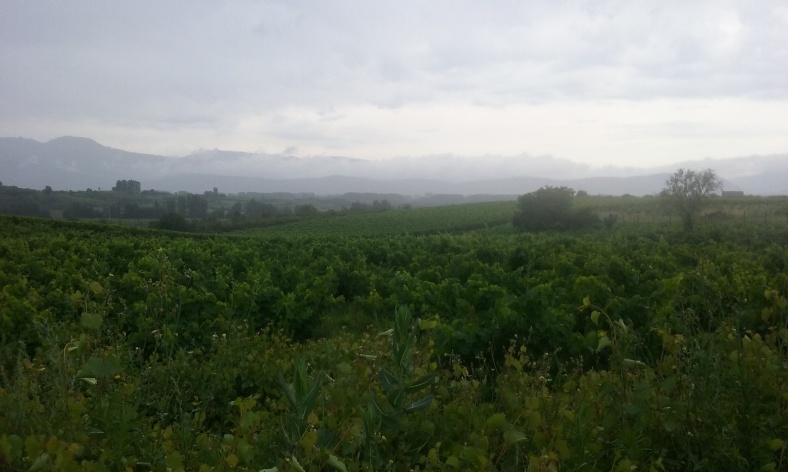


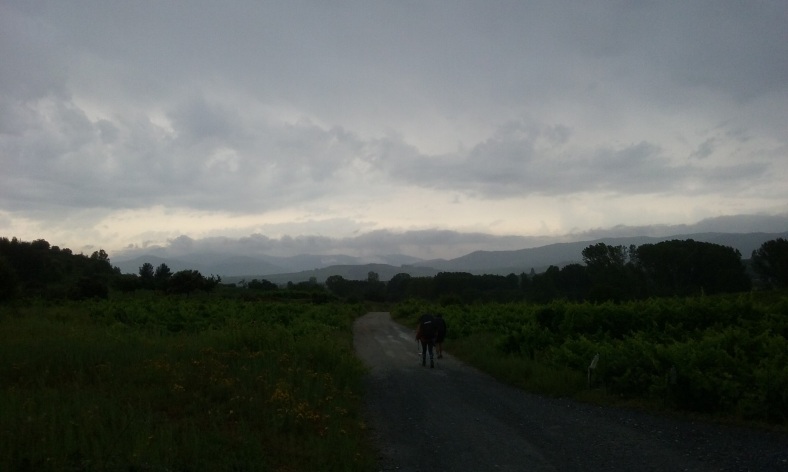


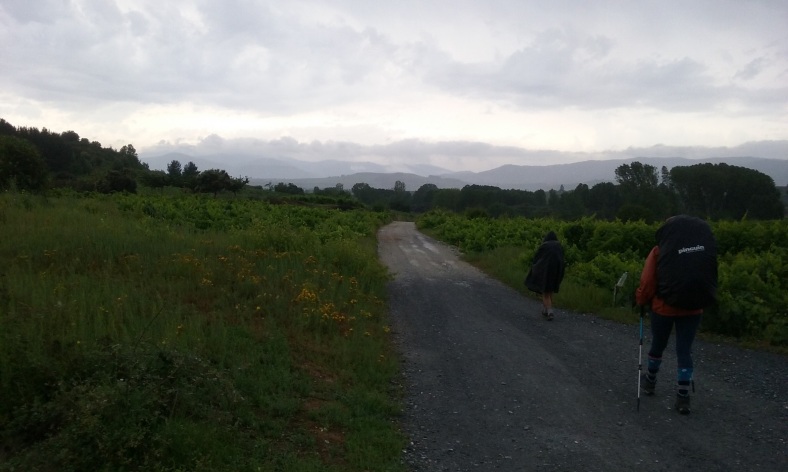
July 12, 2018: Villafranca del Bierzo to Vega del Valcarce to O’Cebreiro (Spain), 30km
Today began with THE BEST COFFEE EVER, so much so that we named today The Day of the Bombón. The Spanish bombón had condensed milk, expresso, a smidgen of Bailey’s, whipped cream, and chocolate sprinkles. I drank it in a small cafe in Villafranca del Bierzo, the town in a valley (surrounded by mountains).
I remember as we left the ‘hidden city’ and began our trek up-up-up the other side of the mountain, that we started talking about acronyms and abbreviations and emojis. How many can you name? We went on and on, and questioned whether English was becoming more pictorial (like Mandarin) as a result. “YOLO”, “FOMO”, “ROFL”, “LOL”, etc. An increase in the use of acronyms is leading to ideas bound up in letters, instead of just words.
Later on, we met a Basque woman who told us that there is a river just before Santiago where pilgrims used to bathe because they rarely washed or showered on trail and had to “purify” themselves before arriving in Santiago de Compostela. Interesting nugget of history.




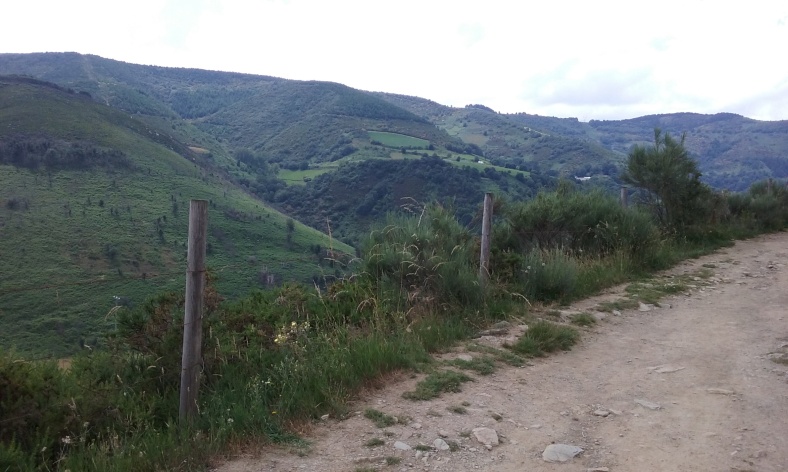

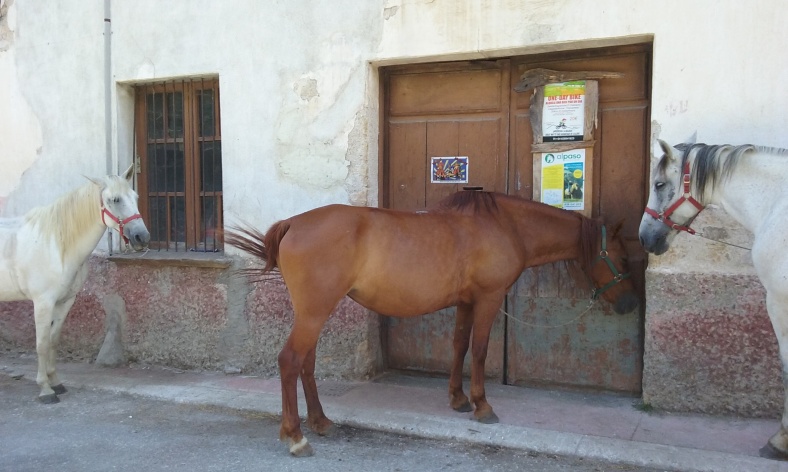

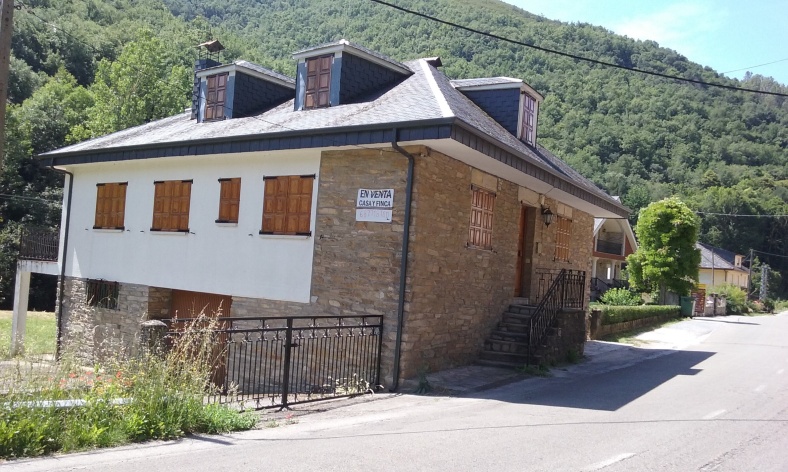



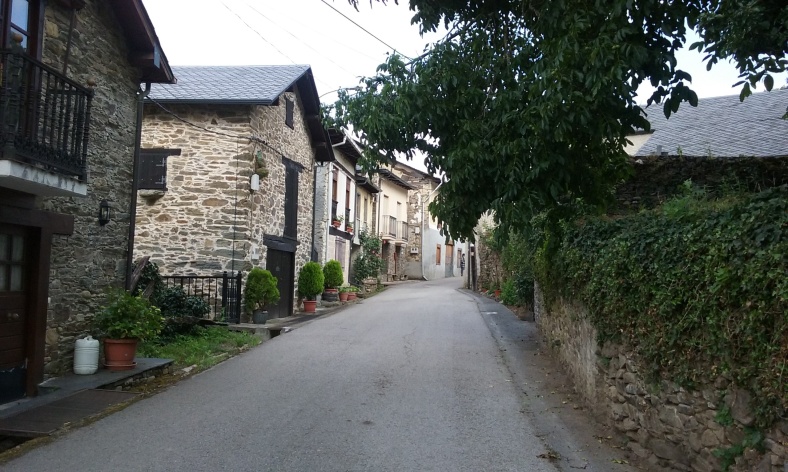




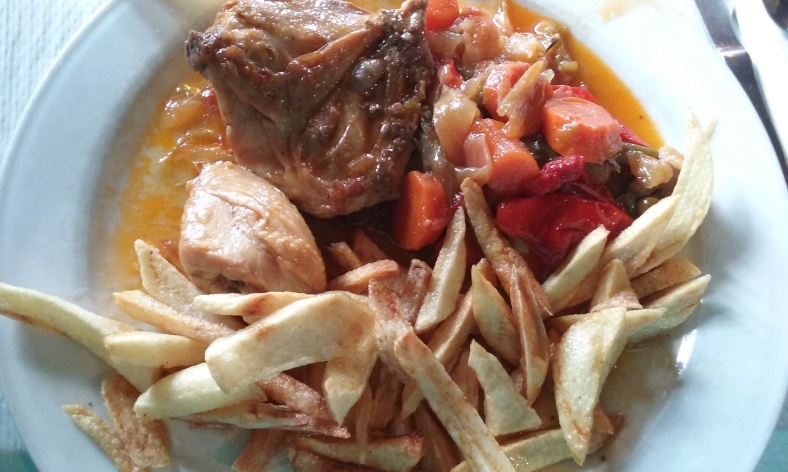
July 13, 2018: O’Cebreiro to Triacastela to Sarria (Spain), 42.5km
The Day of the Marathon. Today we walked 42.5km, or 26.4 miles, which was ultimately WAY too much for one day. For much of the way, I was flying along–I had had back pain other days, but today we walked and at 2pm I was still fresh and full of energy. We were going to stop at one town, but there weren’t any albergues, so we had to continue on for another three kilometers.
This turned out to be the breaking point. I became grumpy and angry, and then nearly fainted at the restaurant when we arrived in the next town. Kristin said my lips turned white, and I remember seeing this “black curtain” lowering down over my eyes even though they were open. I also had serious chills—could not stop shaking—and a fever: second fever of the Camino.
We had started from O’Cebreiro (with a beautiful fog in the distance over the mountains), and then walked to Triacastela. Here, we met up with the guy from New York again, but this time we talked and he told us all sorts of amazing stories. He is a retired NYC cop, was in Saudi Arabia for six months in 2005, heard the call to prayer five times a day (they close restaurants and kick you out, even if you’re eating); and also told us about the E5 long-distance hiking trail from Germany thorough Austrian Alps to Italy. Hmm, will that be my next hike…?
We ate lunch together in Triacastela (hamburguesa completa con té rojo), and then decided to continue on to Sarria. There were a lot of big dogs barking, and this scared me a little– we didn’t really have any self-defense tools at our disposal. That said, I felt strong until the last 3km, and then began to fall apart, as previously mentioned.
However, I absolutely loved the couple (owners) of the albergue in Sarria. They gave me a blanket when I was trying to eat delicious spaghetti but shaking like a crazy person from chills. They also initially mistook me as from Uruguay, due to my Spanish accent, yay! They managed to find us after shoe store (see next entry) as we were leaving Sarria just to say goodbye. They had even helped me up the stairs the previous night, so that I did not faint and fall (I was very weak). SO kind!


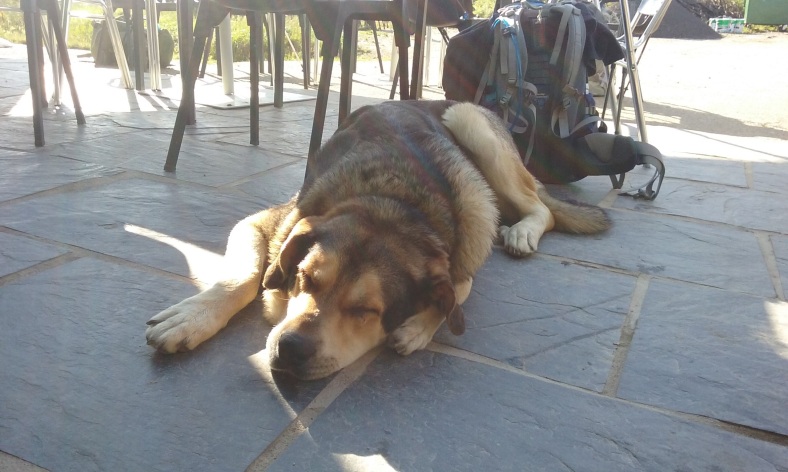


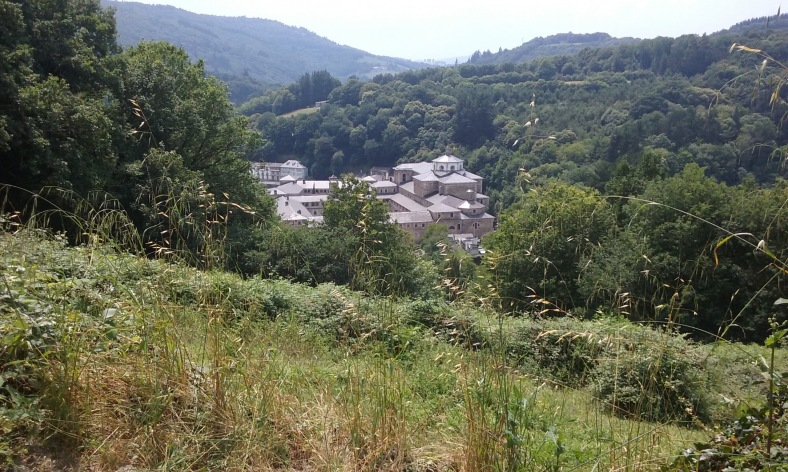



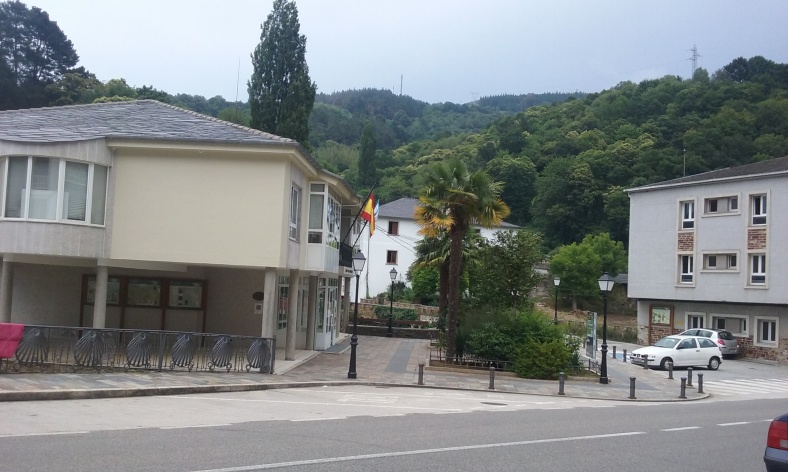

July 14, 2018: Sarria to Portomarrín (Spain), 21.5km
I was feeling better initially the following day, but after 5km of a fast pace, the dizziness and lightheadedness returned. The NY guy, Brian, was in a lot of pain from the blisters on the bottom of his foot. We stopped for a 10am ice cream break (after breakfast of coffee, zumo, and chocolate croissant and stop at shoe store so NY Brian could buy sandals) and Acquarius. Then I had another Acquarius and a banana at Peruscallo. I lost Kristin quite early in the day—we did not meet up again until Portomarrín—and Brian ended up staying back at another town to have foot treated. As a result, I basically ran 7km with so much adrenaline to walk completely alone and not be in touch with anyone; I was not exactly scared, more just goal-driven.
There was a very long, high bridge to reach Portomarrín. I did not care for the closed-in, claustrophobic feeling of forest paths, both yesterday and today. We also had a very muggy albergue, even though we got a private room. I could not get to sleep for a long time.
We had dinner at the hostel with a waitress who had tattoos in Arabic. She said they were the names of her uncle and someone else that had passed on; she likes the anonymity of Arabic because most people here (Spain) cannot read it [the names], so it is more private.
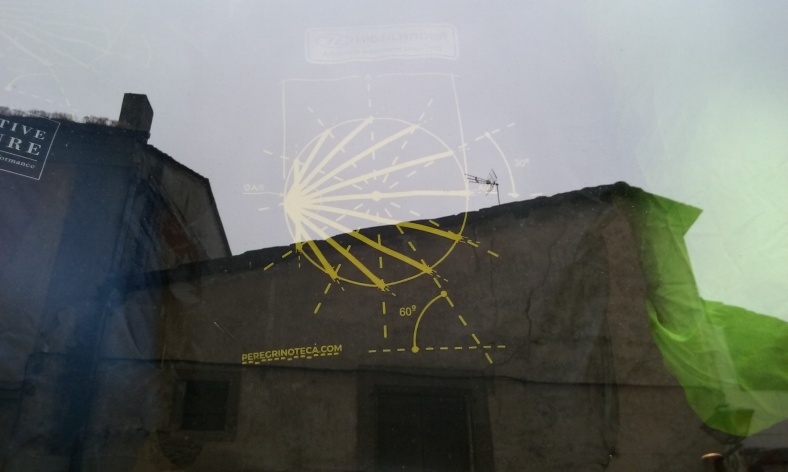
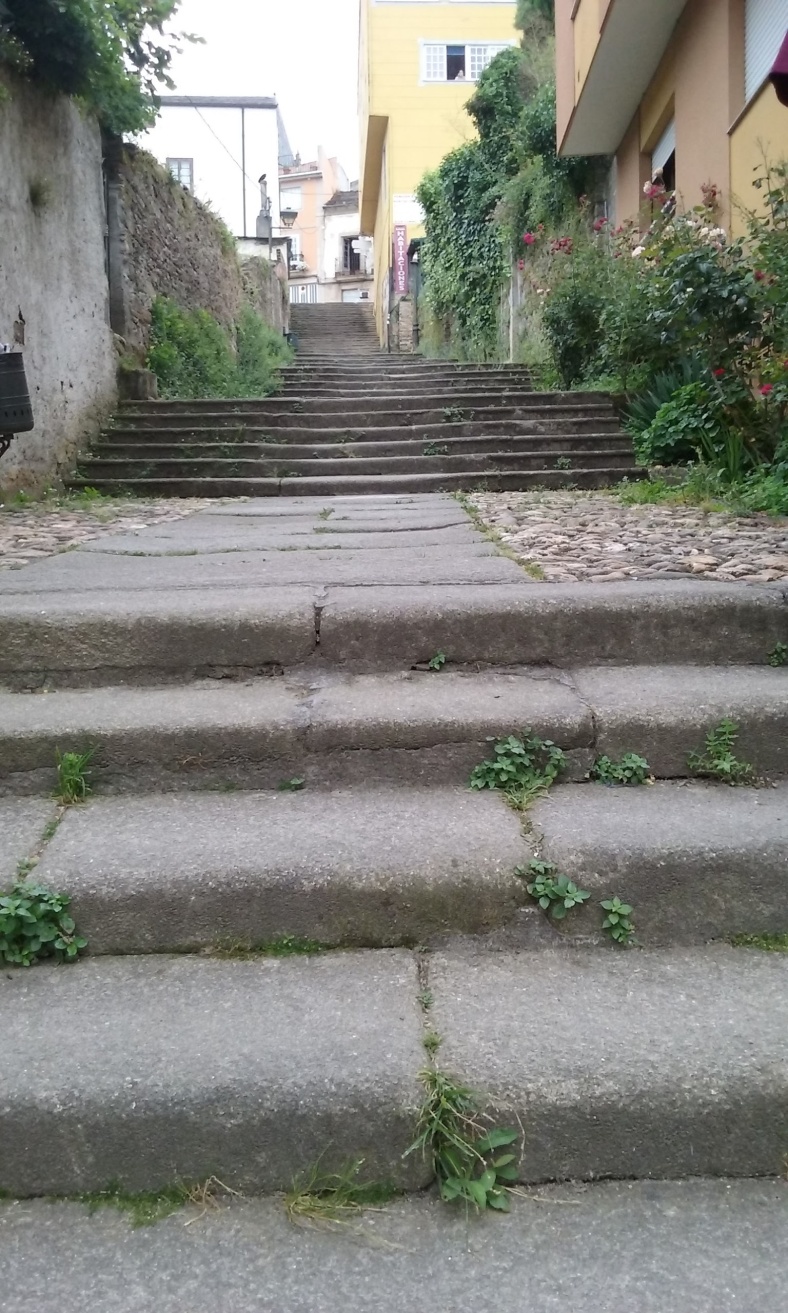


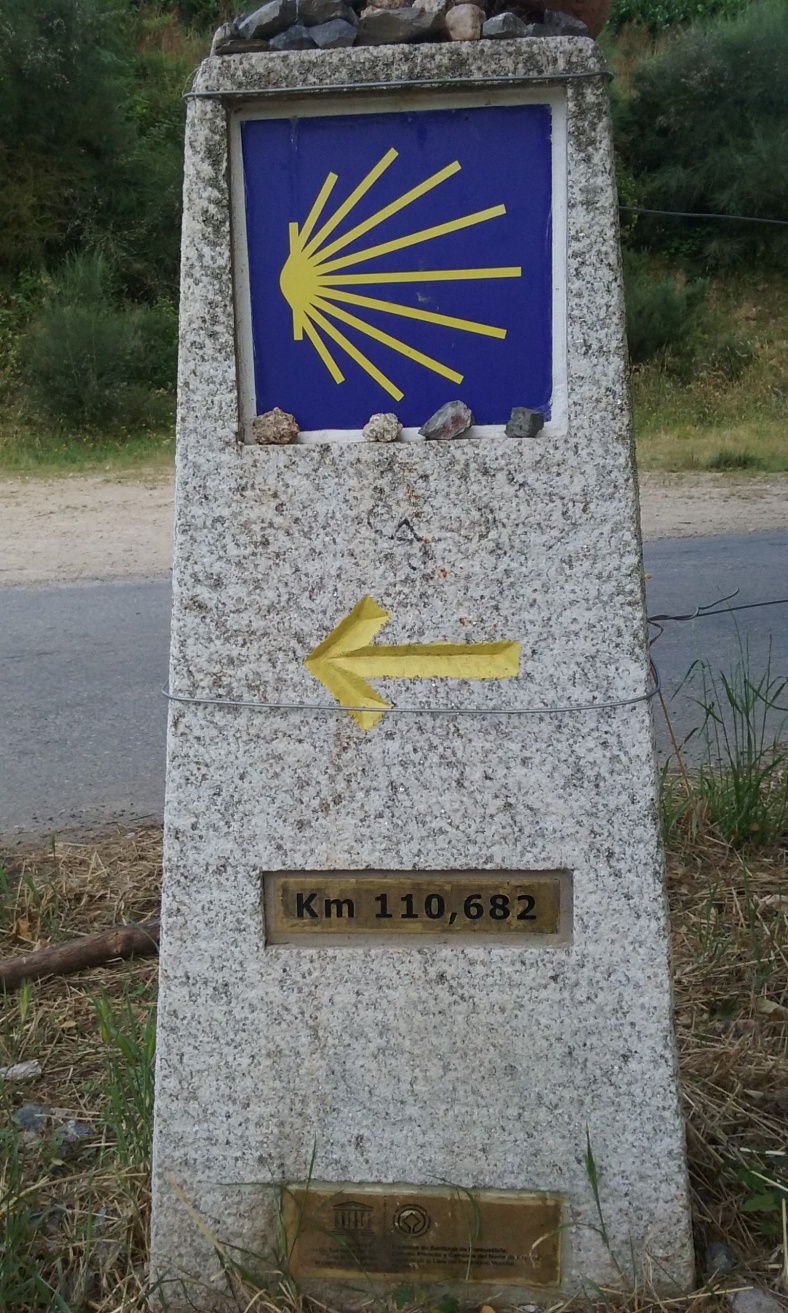


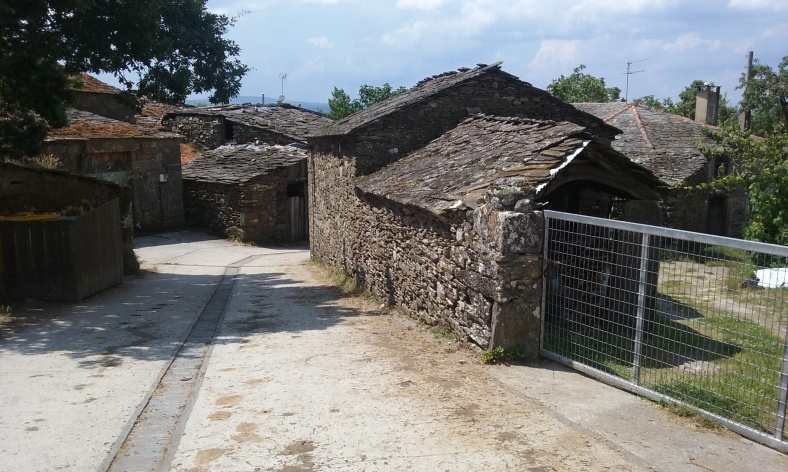
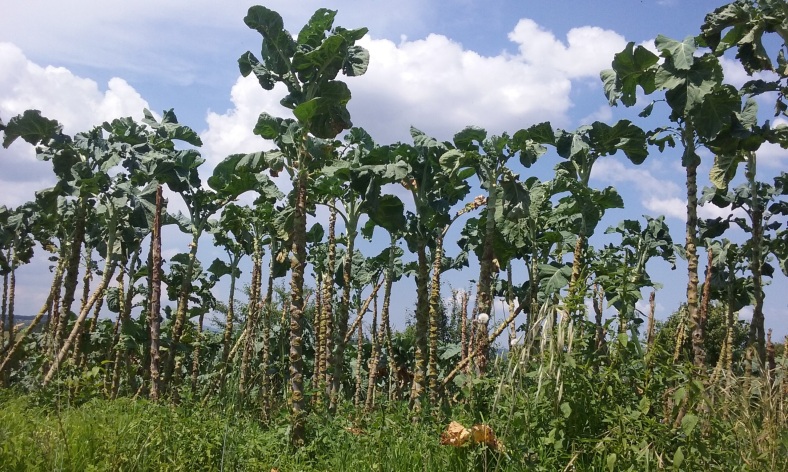
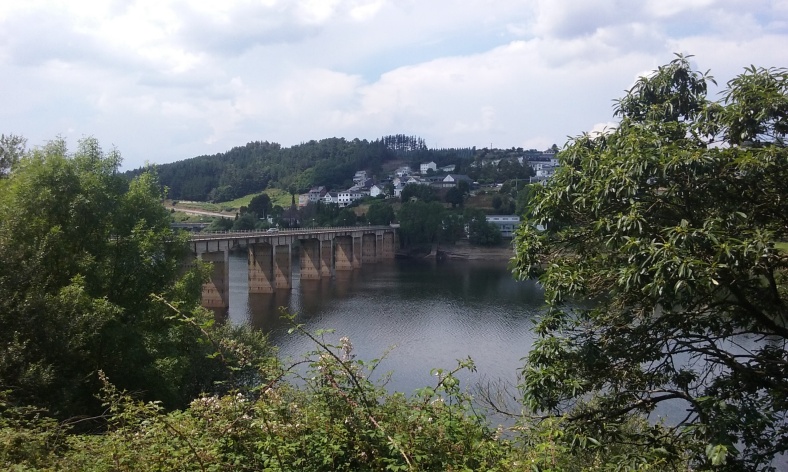

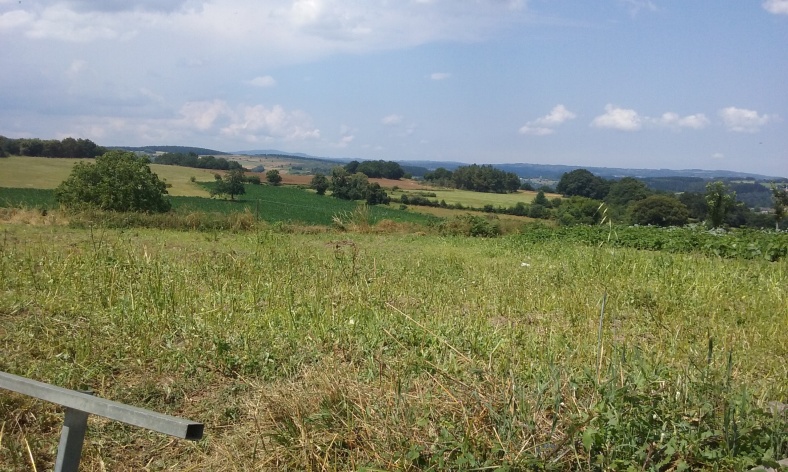
July 15, 2018: Portomarrín (Spain) to Palas de Rei, 25km
Talked with a woman from South Korea. Has done marathons, ultra-marathons, plays tennis, basketball, does DanceSport, etc. Very athletic! There are 50 million people in Seoul where she lives. Speaks German and walks 40km/day on Camino. “Ahn-yahw-keh-say-o” (bye in Korean).
Beginning of day, inner ear hurt as well as lower back almost the instant I began walking. Second half of walk, I readjusted bag and kilometers seemed to fly by: suddenly we had arrived. Caught up with Slovak couple again. They are such genuinely kind people. They were caught in a hailstorm yesterday.
Before, I felt as though I was being pulled toward Santiago—a strong force or pull greater than myself; now, I feel that I am rushing toward it; I feel rushed, less focused on the journey and more on the destination. I look more but see less, somehow. Part of me craves the quiet of church. It is still there, silent, neither rushed nor slow: it just is, almost timeless, in a way. I feel at times both a fervent believer and a lax agnostic. “Atheist” is too strong; there is a force beyond us connecting us all, be it energetic vibes and energy or a divine omniscient being.
Sore throat while watching finals, France vs. Croatia World Cup 2018. Just had an early dinner of Galician octopus and shrimp “casserole”. Yet another Camino surprise, Galician octopus and shrimp—delicious flavors! And now, onto more important matters: who do you think will win the game?
¿Sabes lo que me llamó la atención aquí al llegar a nuestro albergue hoy? La palmera de al lado de un edificio que, aprendí después de un rato, fue la iglesia, o sea, una de las iglesias más antiguas de todo El Camino. Bueno, yo fui sola a la misa al azar y era una misa tan bonita que ahora trato de describir la homilía.
Empezó con como la lectura de hoy, domingo, no era tan anticuada como pensábamos: echar a los demonios que aparecen con caras bonitas, pues esto pasa en la actualidad también y hay que reconocer si las huellas que dejamos para atrás huelen mal o no, si dejan un olor que a los demás disgustan, pues hay que considerar y reflexionar en lo que estamos haciendo; y en segundo, que Dios ha creado todo, inclusive yo.
Es decir, existe un diamante por dentro de cada uno de nosotros y hay que pulirlo y verlo transformar y echar la luz cuando lo trabajemos. Esto es seguir a Dios, o sea, haz lo que te da vida y alegría. Dios quiere que seamos felices y si/cuando seguimos a él, será así. Entonces haced lo que os da la vida y diles a los demás para que ellos se transformen también. Deja brillar el diamante que está por dentro de ti. Amad a todos, pero a nosotros mismos primero y sobre todo. Amén. “Dios te habla / Dios te escucha.” (~sign in church)


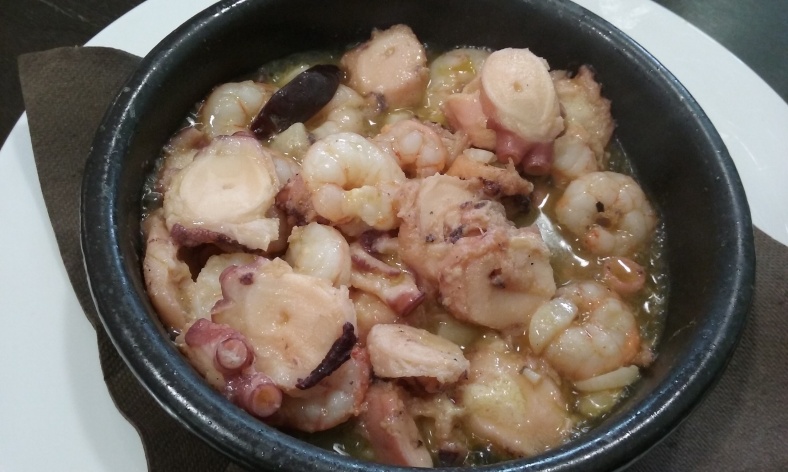

July 16, 2018: Palas de Rei to Arzúa, 29.5km
Hoy no recuerdo mucho de las colinas ni las calles. Esto es porque hablaba y hablaba, dándole a Kristin muchos consejos de la vida—p.ej., lo bueno de la ira/el enojo si lo utilizas y lo manejas para llegar donde tú quieras (puede que el sentimiento sea el poder (fuel) que metes en el tanque de gasolina pero eres tú el conductor); y como considerar las horas de contemplación y de la nada, o sea, las horas pasadas en el sofá enfrente de la tele como de valor: es la estación de hibernación por ti y hay que respetar esta etapa mas también darse cuenta de que no va a durar para siempre—habrá que salir de la cueva en algún momento; y de la importancia de formar o formular una pregunta igual que una búsqueda en Google—el tipo de pregunta va a guiar las respuestas que recibes; y la importancia de tratar a tu mente como ambos un niño y un músculo, que no todo lo que te dice es verdad y tú estás en control de ella; y que, sobre todo, hay que pensar en dos preguntas: 1) ¿Qué necesito? y 2) ¿Qué quiero? y si quiero esto, ¿qué voy a hacer para lograr tal meta?
Hay que repetir la pregunta cada día, frente al espejo hasta que creas en la pregunta y en la respuesta, hasta que creas en la pregunta y en la respuesta, hasta que creas que lo mereces. Cuando tu cerebro te da excusas y te miente y te dice tonterías, hay que estar preparada con la pregunta y la respuesta: ¿Qué quiero? Quiero esto. ¡Fin de discusión, cerebro!
As excited as I have been recently about wanting to return to teaching, I just wrote an email regarding class scheduling and frequency for Spanish and felt a twinge of, “Oh… this”. There is this lagging in me, internally, that fights against transitions from time to time. Now the Camino will be ending soon, along with my self-imposed travel year, and I will need to return to work life and a regular schedule, etc. I want a home base, an apartment again, and yet, some part of me still resists.
I guess I fear sometimes that I have not been present enough, that when one thing ends, I have not squeezed the water 100% out of the sponge, sucked the marrow out of the experience, hugged long enough, loved deeply enough. If there is anything that the Camino has taught me, then, it is to live life to the fullest—to be brave, fearless, present in the moment.
It is ironic, yes?—to be constantly on the move, walking from one town to the next, and yet still inside, still in the moment. We forever push forward, onto the next step, the next mountain or challenge, but in moving, we do not get stuck—even if we pause to reflect or see the beauty of the now. I mean, how to be still without getting stuck? How to move and also be still? To see the world as you pass by it? As you move with it? I feel a microcosm of contrasts whirling inside, empty and full of ideas, moving and still, rushed and restless/bored, directed and yet not. Tonight, I will try, however, to just be…


July 17, 2018: Arzúa to O Pedrouzo, 19km
PROSE: A deep sadness seeps into my bones. The Camino is coming to an end. This adventure—as with so many trips—has passed by too quickly; I have not yet begun to absorb it all.
A cloud of cigarette smoke wafts through the air: the ephemeral taking on a physical form. Gallego (Galician) starts and stops abruptly, pausing in odd places, bursting with an irregular cadence, yet familiar like déjà-vu: bits and pieces slipping, distant and nebulous memories, reminiscent of times from long ago, past lives, Portuguese echoing against the walls, Portuguese reflected in the mirror, writings on the wall, but here we look and do not see—Gallego is a different beast. Thoughts resound, metaphorical trumpets blare; am I a different person than when I started?
I have traveled to France; all across northern Spain; to Iceland; Ireland; Belgium; to NYC and back to Spain; a day in both Germany and Portugal; I have learned about web design and been sucked into the allure of the digital world; I have refreshed my knowledge of French and regained my excitement and energy and enthusiasm for teaching. I have grown tremendously, personally and—this coming year—professionally, I imagine. I have felt at times that my Spanish was close to native and, a few hours later, that I was a beginning student. I have processed my life up to this point in a matter of weeks, recalling distant and close memories in a sort of verbal-vomit cleanse, purifying and cleansing my soul for this next phase of my life.
The Spanish sun begins to beat down on the sidewalk, a relentless, constant force of nature, harsh and yet beautiful; God’s wrath suddenly makes sense. The air is dry, still. I seek stillness and it arrives, invisible like the heat. I close the French patio glass doors to keep the heat out, the cool in. There will always be the daily Camino to walk, but I am glad to be here, living it, breathing it, being, just being. Life is a beautiful work of art, a white canvas of possibilities—brush, paints, and instructions not included. What will you paint today? Suddenly excited and unsure: Santiago!



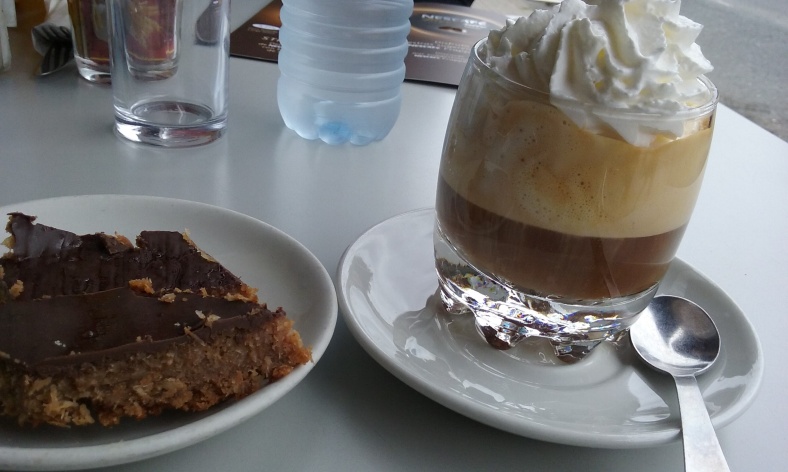




July 18, 2018: O Pedrouzo to Santiago de Compostela, 20km
Yesterday there was a deep sadness in my bones, a resistance to the idea that the Camino could be ending. But today, a tremendous joy fills my heart—Santiago, I have traveled so far to see you: 877 kilometers in two stages (last summer and this summer), to be precise. Through mountains and valleys and deserts, many desserts, a year of travel, sweat, and tears, and many languages, I have learned a great deal. In the end, though, all I really know is that you are stronger, smarter, and capable of much more than you think you are. And there will always be the daily Camino to walk, one step at a time, to get you where you want to go.
Mass twice in Santiago (7/18 and 7/19)—noon masses but no botafumeiro. Arrived in Santiago at 11:30am, dropped bags at consigna for two euros, went to mass. Went to lunch, place on side street. Ate delicious couscous, gazpacho with parsley/perejil, water, then bombón with José Luis.
He showed us pictures of his twin five-year-old boys, Alex and Diego, talked, laughed, I translated. José Luis has tattoos of names of his twin boys but in runes so no one knows—more private (like the waitress with Arabic on her arm); he said he had met one other person with the exact same tattoos in the same order, wow! Hot sun, car parked right beside us with flashers: people park anywhere here, inclusive la acera.
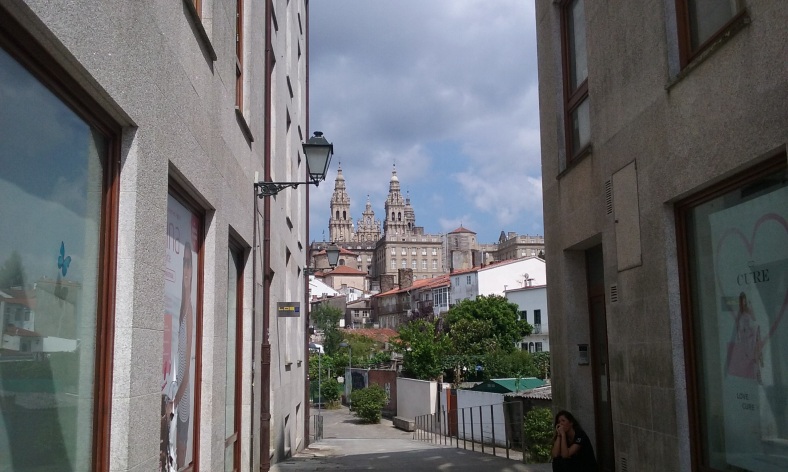

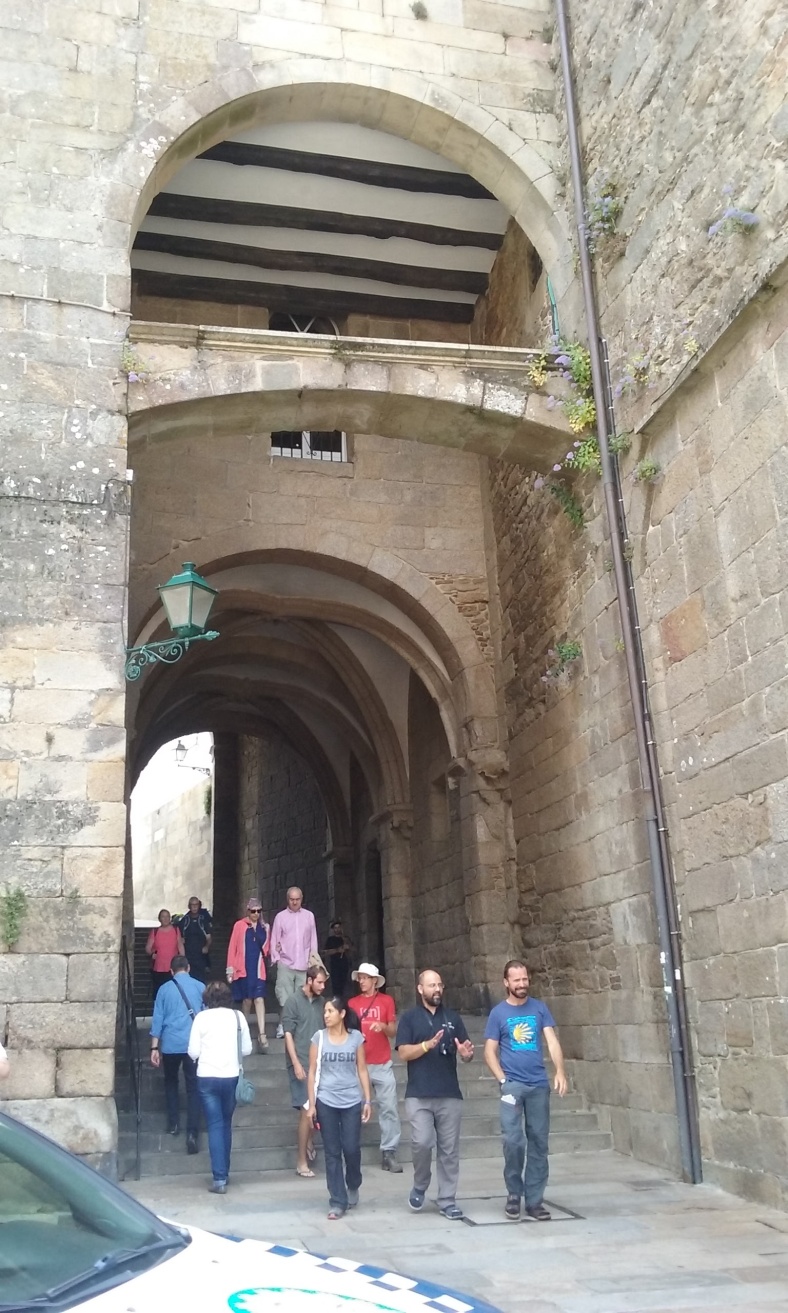
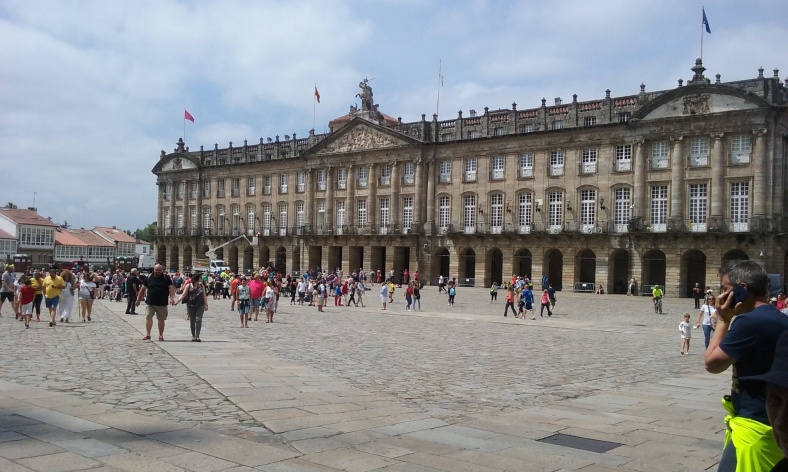

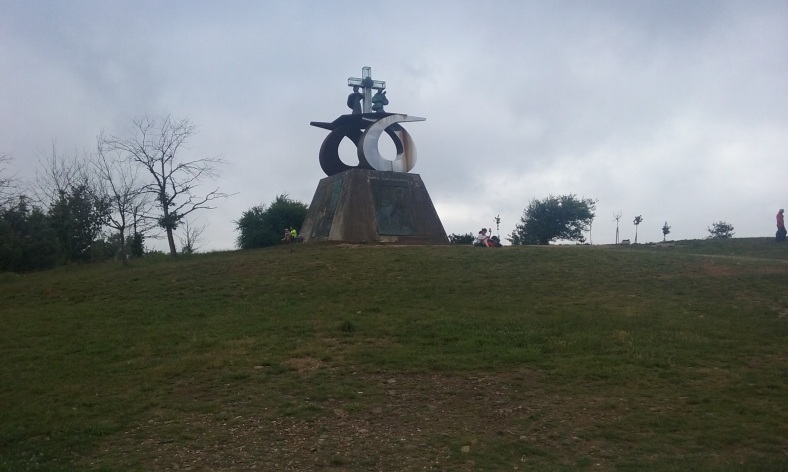



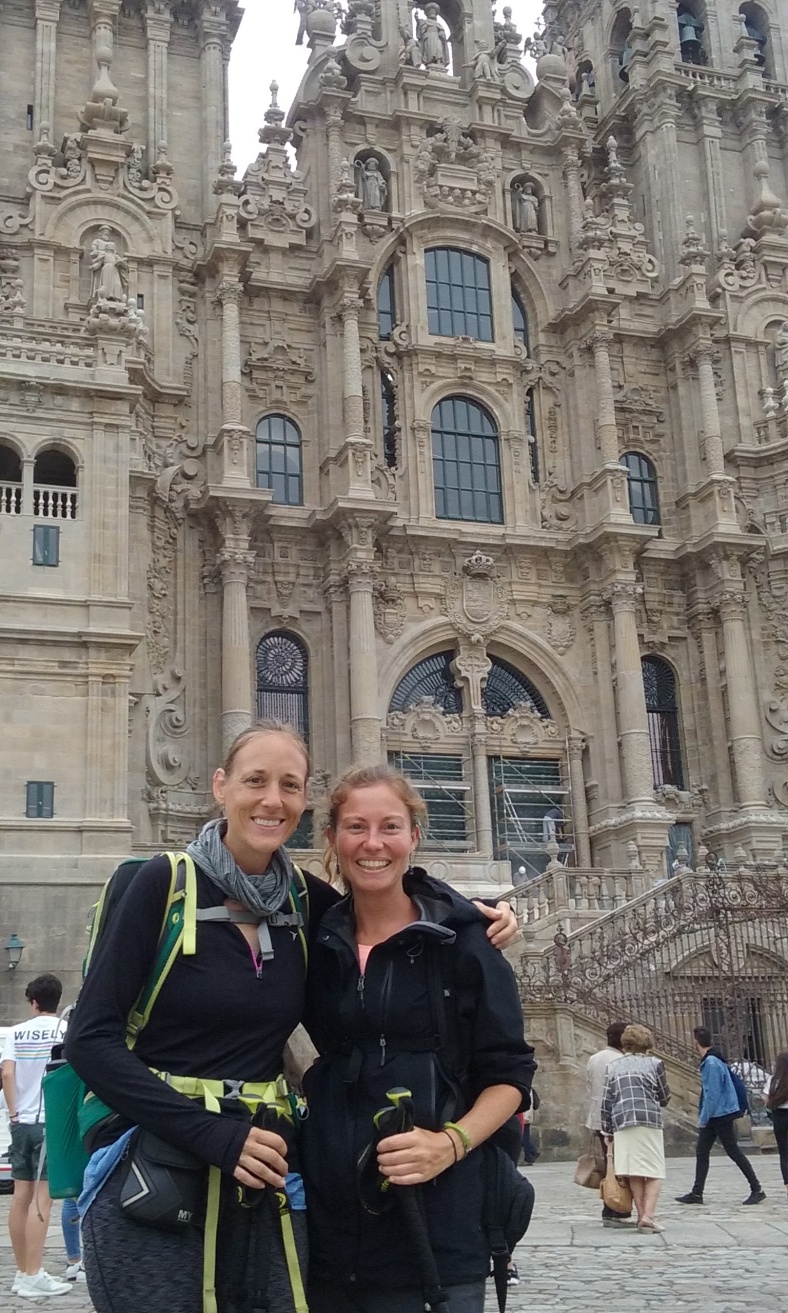


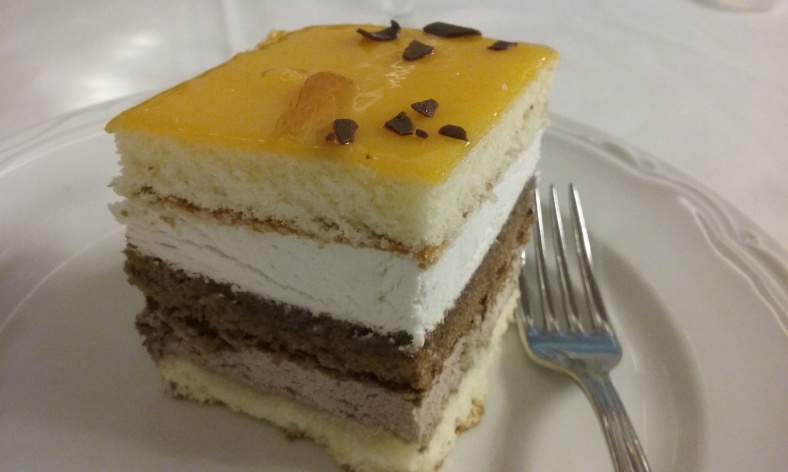
July 19, 2018: Santiago de Compostela, 0km
Alors, comme vous déjà savez, aujourd’hui est le dernier jour pour enregistrer une vidéo pour le défi et j’ai attendu jusqu’à la dernière minute pour lui demander a quelqu’un a m’aider car j’avais peur et quelque fois je ne peux pas finir les choses, malgré je dois. Cela dit, je vais connaître (faire la connaissance de) et rencontrer avec une femme a huit heures qui parle le français parfaitement et, selon notre conversation il y a quelques minutes, qui je comprends. J’ai lui dit qu’il faut trouver a quelqu’un qui parle mieux que moi, c’est l’objectif et pour démontrer que j’ai appris quelque chose pendant les derniers quatre-vingt-dix jours et elle m’a répondu qu’il était clair que je pourrais avoir une conversation de quinze minutes et aller à la fontaine à huit heures pour parler. Formidable ! J’imagine que je dois attendre pour dire célébrer après d’enregistrer la vidéo, n’est-ce que pas ?
Il faut vous dire que j’ai parlé avec la femme, Annie, hier soir sur les sorcières et les pèlerins et, malgré le fait que je n’ai pas encoure vu la vidéo, c’était une conversation géniale (mais j’étais très nerveuse parce que j’étais devant une caméra). De tout façon, ce matin Shannon Kennedy m’a demande si elle pourra faire une vidéo de toutes mes vidéos pour le Add1Challenge et pour démontrer mon progrès après quatre-vingt-dix jours. Incroyable ! Aussi, je voulais un bracelet spécifique et je le cherchais tout le jour et puis Kristin m’a dit, « Entre ici ! » et voilà, le bracelet que j’avais imagine était la. Xurelo (Gallego), pescado del día, o sea, chicharro.

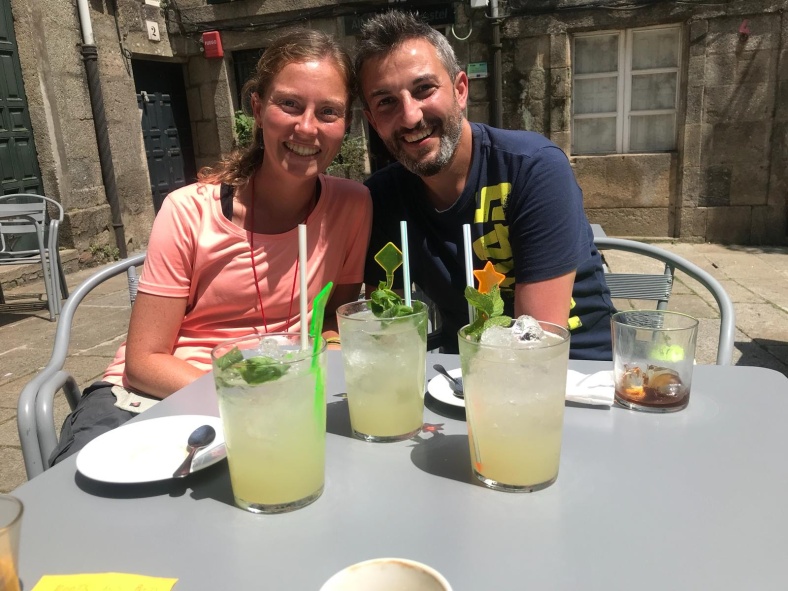




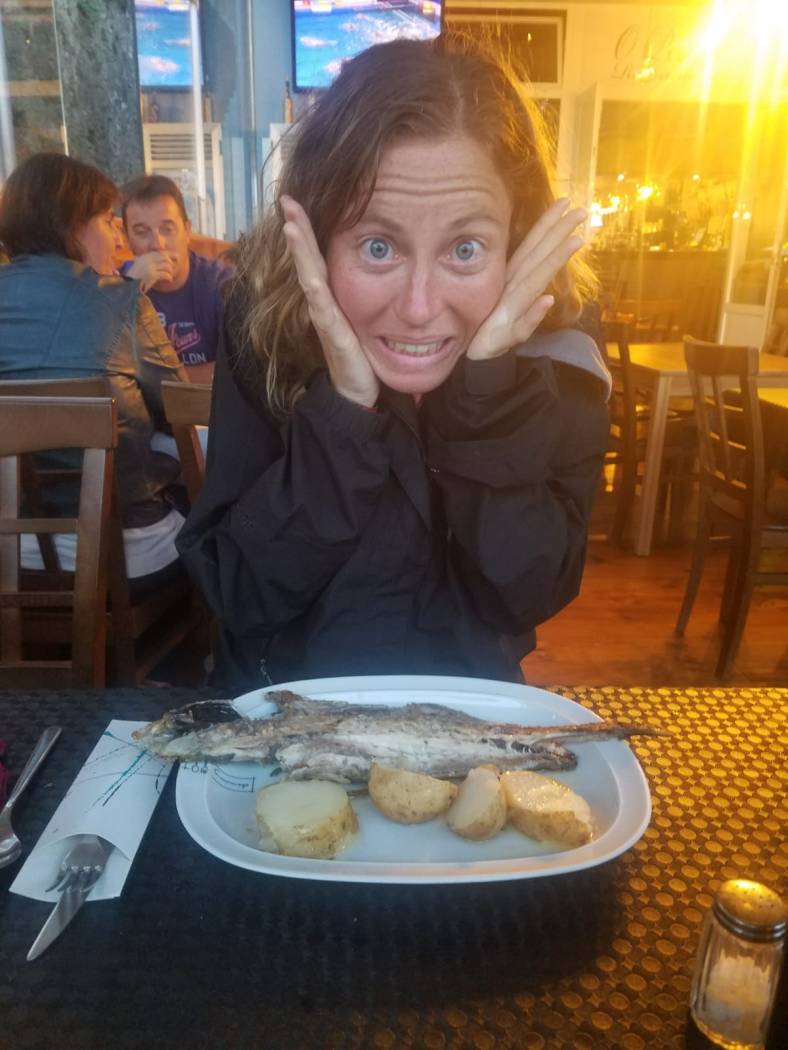
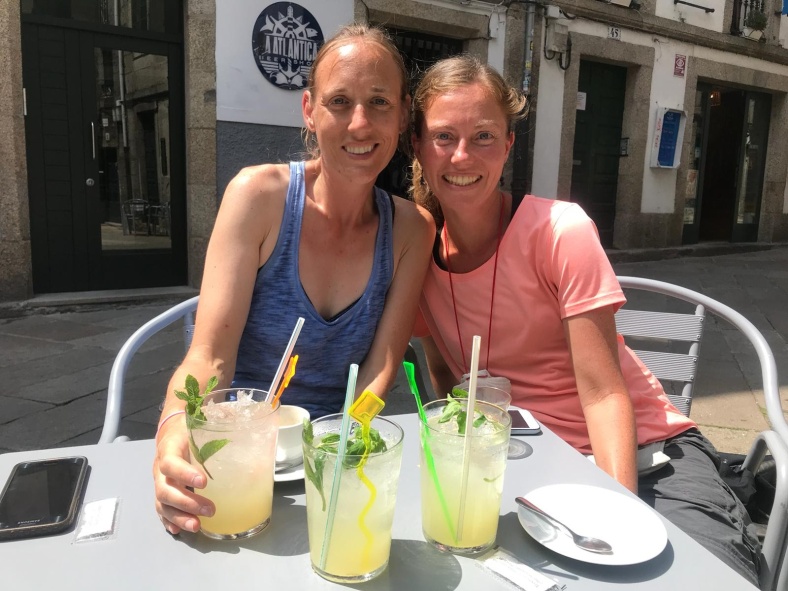

July 20, 2018: Santiago de Compostela to Finisterre (2-hour bus ride)
Dans ce moment je suis à la plage ; je vois l’océan bleu et le ciel bleu et le sable blanc et des pierres et des oiseaux, dont/ lesquelles je ne sais pas le nom exact [gaviotas]. Aussi, il y a beaucoup des palmes juste comme chez moi. Je suis excitée maintenant pour déménager à autre état et pour vivre ou habiter pas loin de la plage. Ca serait très chouette ! Il y a une monastère ou château type d’édifice à la cote de la plage.
I am currently at the beach. The water is two shades of blue, a deep navy blue with stripes of a turquoise teal blue bordering a white sands beach with palm trees. It is beautiful but strange not to be walking 12-26 miles per day. I managed to find a native French stranger yesterday and convince her to be on video with me (most awkward question ever). We are climbing up to the lighthouse later. The Gallego language is Spanish out of focus and wearing a Halloween mask and costume—not always easily identifiable but familiar nevertheless.
I called Mom and Dad from “The End of the World,” Finisterre/Fisterra, 12*W, 43*N. I shopped at a souvenir gift shop and bought miniature Don Quijote books. A man said my Spanish was perfect. We walked 3km there and 3km back, ate xurelo fish and seafood soup and melon for a late dinner. Also had pimientos de padrón at a bar at “the end of the world”. I wanted to stay there much longer. I also learned that a bogavante is not the same as a langosta—5.5 kilos was the largest bogavante there.
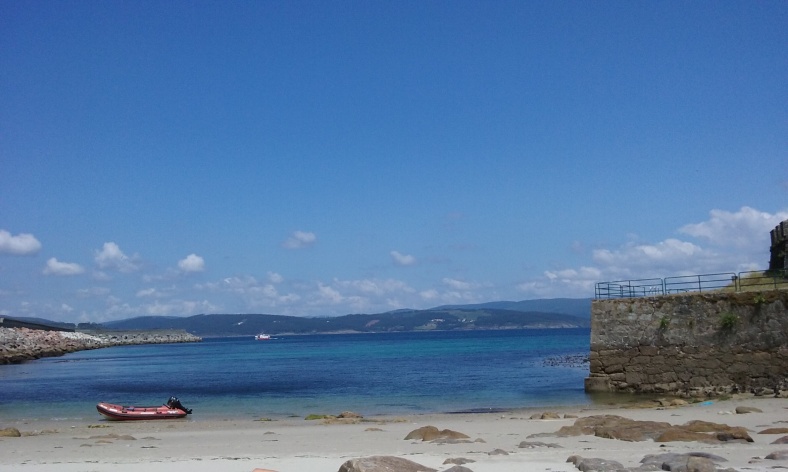
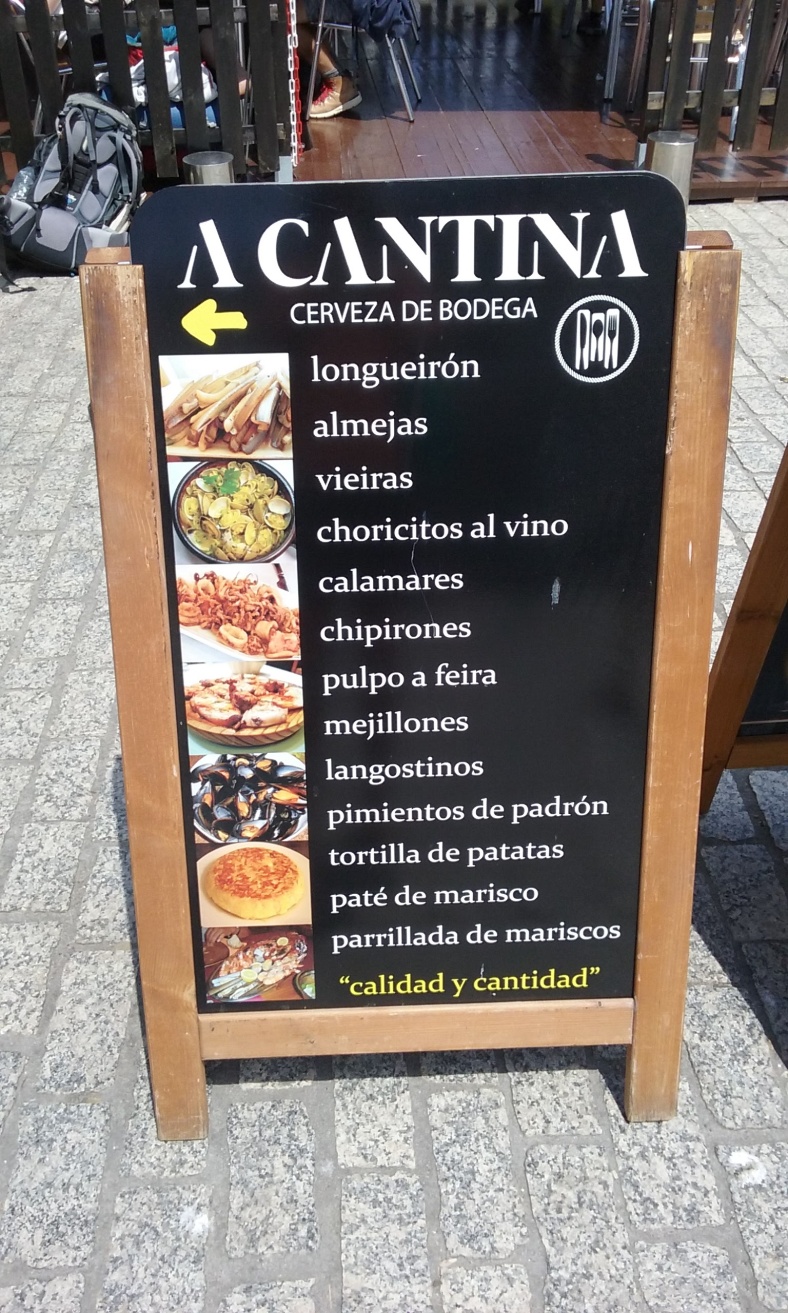



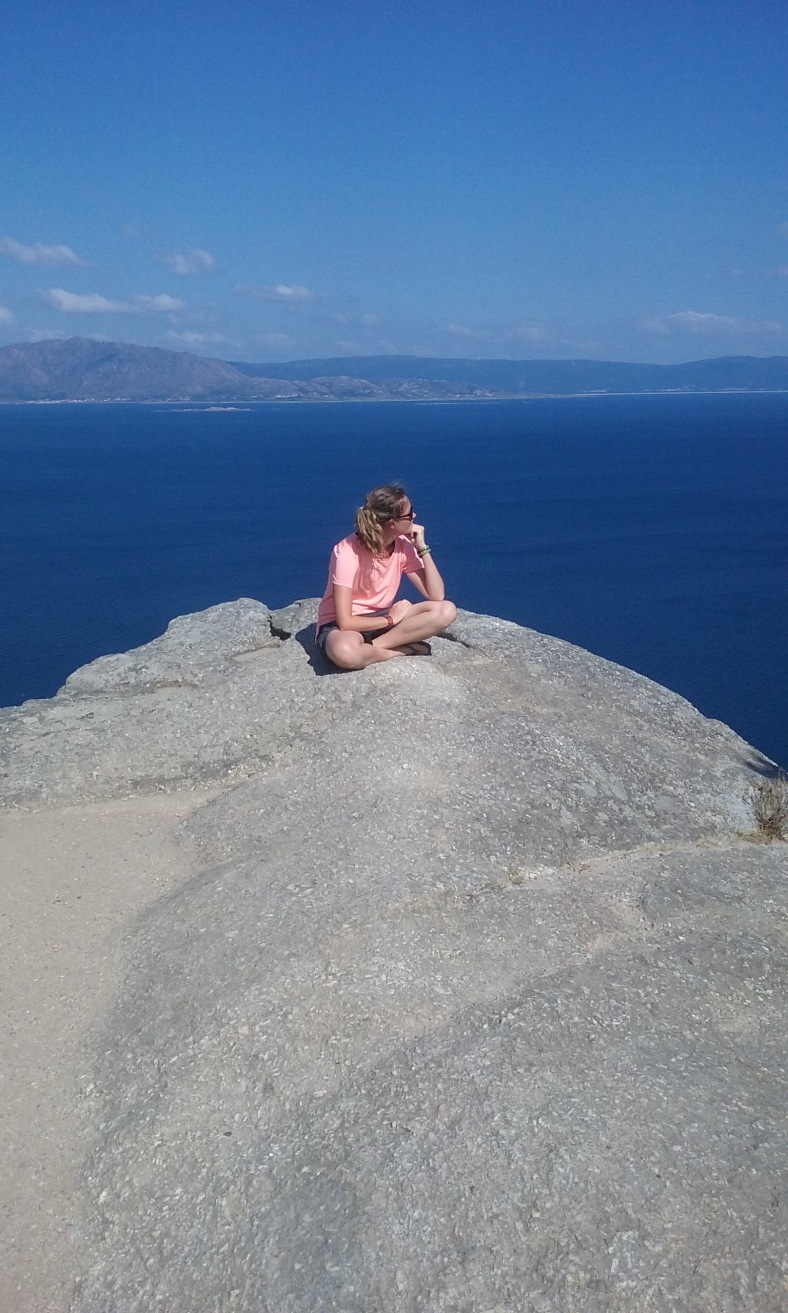

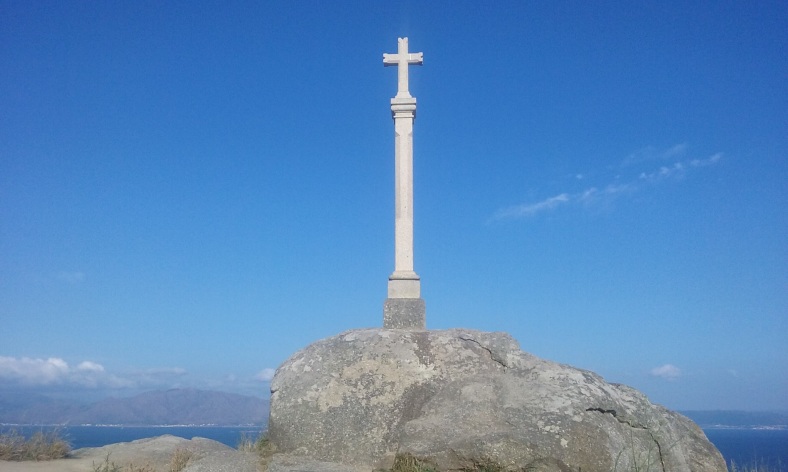
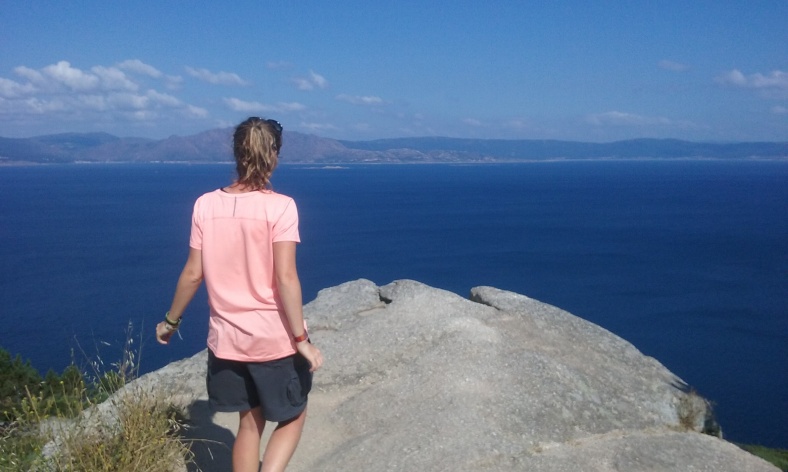




July 21, 2018: Finisterre to Muxía (half-hour bus ride)
Bought bus ticket in Finisterre–bus left ten minutes later, good timing. Had churros and café at Don Quijote bar and café. Wandered, found amazing albergue, dropped bags off. Started to drizzle. We walked around town, found tiny artesian market and noticed a mountain in the distance; let’s climb it! Took, eh, unorthodox/unconventional route up rock mountain, hardcore climbing, I was scared of the height! That is, rock climbing is great fun—until you look down. Climbed/scaled rocks, legs scratched by pricker bushes.
Got to top with cross, then went a tad farther and could see ocean and church and lighthouse where bus driver had stopped for twenty minutes to let us out and look earlier this morning before driving us back to ‘downtown’ Muxía. Walked down hill, wedding at church–saw bride arrive.
Talked with Galician grandma lady in tiny artesian booth where she was making doilies: incredible handiwork, extremely detail-oriented, clack-clack-clack sound of palos, moved pin to next hole in design every ten seconds. Also hilarious woman, spoke Spanish to me, and Gallego to bride and others. She told me about Galician festivals August 11th and 12th, where her nieta and all children dress in traditional garments and dance, and delicious specialty foods are made.
Then we left—bought a lace doily and bag of potpourri. There were tons of people milling out and about town by the afternoon when we walked back, unlike that morning. Ate revuelto de grelos, gulos y gambas (turnip greens with eel, shrimp, and scrambled eggs), plus tiramisú. Must make grelos, gulos y gambas at home with bombón on Sundays. In Muxía, Gallego vocabulary as follows: queixo, cereixas, vaso de auga, leite, pan, xeado (helado), peixe, copa de viño, cervexa, café. Carta vs. menú—una es variada, cambia diariamente; el otro es fijo.
Ordered zamburiñas/scallops (12 euros for 8, expensive), then arroz con leche because I thought dessert was included (usually is), but it wasn’t and then they charged for the bread basket even though I didn’t eat any of it. Day’s goal of not spending as much today did not go as planned. However, in other food news, turnip greens with eel, shrimp, and scrambled eggs are DELICIOUS!


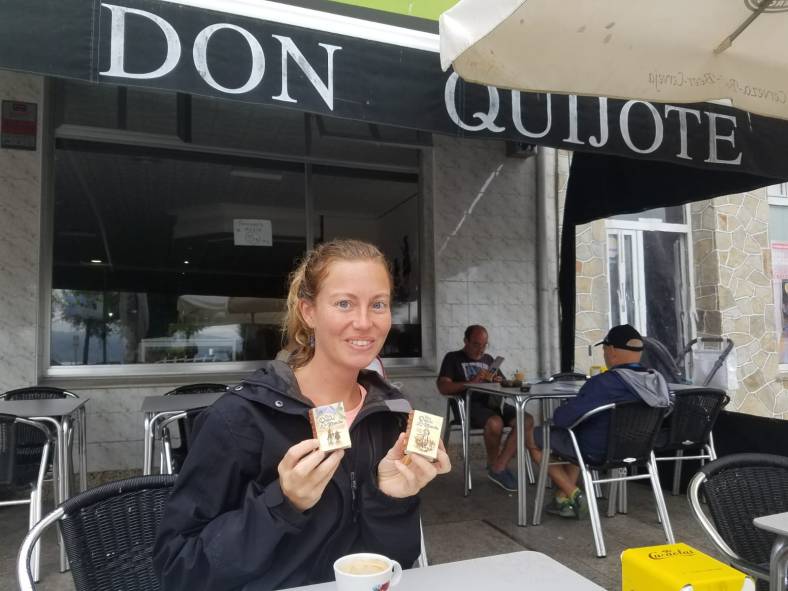
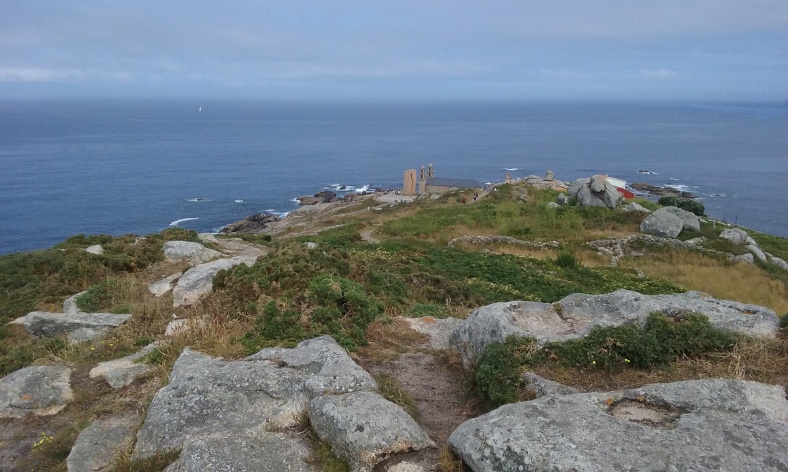






July 22, 2018: Muxía
The Morning of the Missing Journal: Walked to coffee place (Xardin) open at 6am, there by 6:45am; but I had the sinking feeling that my journal was missing. This fact was confirmed after emptying entire contents of my bag in the café. Ran—literally—to restaurant 400 meters down the street from previous night; had it fallen out of my bag after dinner? It was not there. We retraced our steps, and then waited at the albergue after calling the owner, Pepe; we checked upstairs, and Kristin found it; it must have fallen out of my bag. Now, we have an extra day in Muxía; next bus leaves at 6:45pm; we missed the 7:30am bus. But I was SO glad to have my journal [of the entire trip] back!
Walked around town to gift/souvenir shop; had gambas à La Lola (like egg rolls but with prawns inside and a shredded-wheat type of crust), Galician cheese (tasted like Provolone), and coffee. Met an older gentleman and talked about schools and teacher salaries, and local festivities and Muraime beach. Later, walked to a beach, then came back and napped.

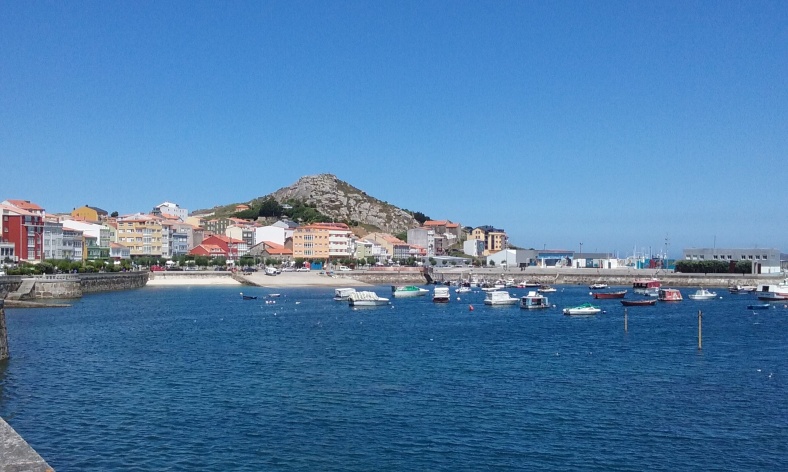

July 23, 2018: Muxía to Santiago de Compostela to Lisboa (Spain to Portugal)
Breakfast at 6:15am, then 6:45-8:45am bus to Santiago for eight euros; waited three hours to noon to catch bus 12-8:30pm for 47€ (9:30pm Spanish time, but crossed into another time zone). Arrived in Lisbon, walked to hostel, ate peach I had bought earlier. At halfway point, bus driver stopped bus and we had a 50-minute break to get off the bus and eat, explore, etc.
Went to coffee shop across street (after asking directions to bathroom and not finding it), ordered a crazy-looking layered cake, woman barista was super nice and had the prettiest, lightest accent and perfect English. Dessert called, “Milfolhas” (“mil-fohy-laess”), meaning “1000 layers”. Filled with marshmallow fluff and cinnamon on top with light flaky crust. Had a funny conversation with Kristin about letters and sounds in Portuguese.
Got to hostel, thanks to several different people, especially two guys and then a woman who walked us the rest of the way and spoke in Portuguese nonstop but slowly so I could follow; I understood probably 75% of the conversation and learned a bit of Portuguese myself: “Nosh podem andar/camiñar muito longue!”
Facts about percebes: Gooseneck barnacles, or percebes, cling to rocks and places that have a strong crashing surf; unquestionable secret gem of Spanish cuisine; off the coast of Costa da Morte, men risk their lives to search for gooseneck barnacles.



July 24, 2018: Lisbon (Portugal)
Ate breakfast included at hotel, chatted briefly with two younger guys from the Netherlands. Kristin said that her brother looked exactly like one of them in high school. Took Metro (red line to green line, Encarnaçao to Alameda to Rossio, or city center) to city center from hostel, then tried to wait in line for the famous Tram 28, but it was a 90-minute wait or longer, so we decided to climb up the incline to see the castle by ourselves. Took the more unorthodox route, up a narrow, absurdly steep staircase of 200 stairs through a construction zone to an overlook point. Line to St. George Castle also outrageous; and so began a day of gift shopping and store-hopping. This was much more educational than I ever could have imagined.
Wait, why are there so many cork products everywhere? And what about the rooster? And what about all of the sardines? And who is Fado? (That was actually a ‘what’ question, I learned.) And miracle custard tarts? And Ginginha? Sour cherry liquor! And bubble tea! So much to learn!
Lunch was bacalao à la bras (cod and eggs and potatoes and bay leaves all mixed together: so filling and delicious!), as per suggestion by really nice woman in one of stores. She gave us so much good information, then we did not buy anything and I felt badly about it—but mostly [breakable] dishes and azulejos (tiles) and pottery-type/rooster creations. Dinner was at fancy restaurant; finally tried percebes. Wore bib because it could get messy and barnacles tend to splatter. Also had rice with shrimp and salmon in a copper pot identical to the one Mom and Dad have.
Lisbon culture: sardines are Lisbon’s thing; rooster as national animal and symbol (~legend with prisoners); cork as major export; Portugal produces half of cork harvested annually worldwide—sustainable because oak cork tree is just stripped of bark and not chopped down, so it continues to grow (Quercus suber/cork oak tree, evergreen oak; sobreiro); Fado is sad Portuguese folk music; percebes à la Berlenga; Bangladesh immigrants; custard tart miracles; cherry liquor, Ginginha; Belém area via bus #15; saw Discovery Tower and Monastery; charcoal ice cream and pessego/peach green tea with Mango bubbles bubble tea; construction stairs to Castle of St. George; June 13th is St. Anthony’s Day, or biggest holiday all year for Lisbon.


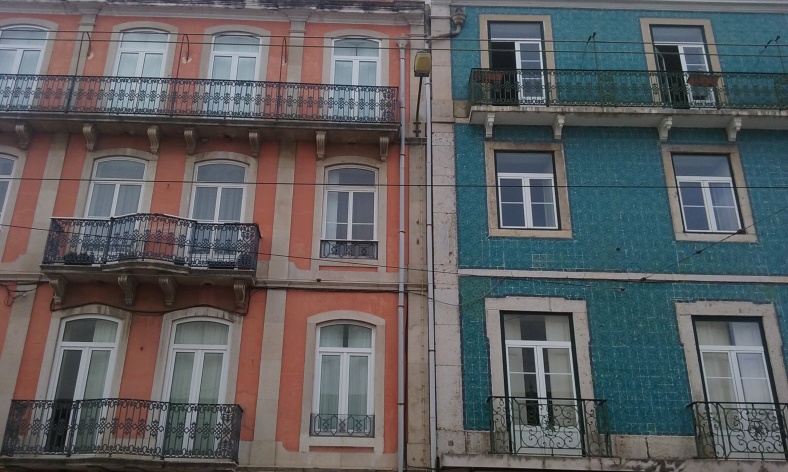
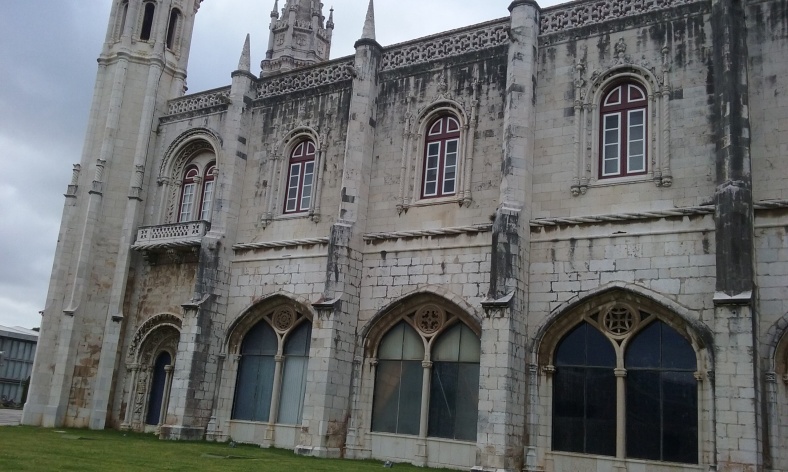

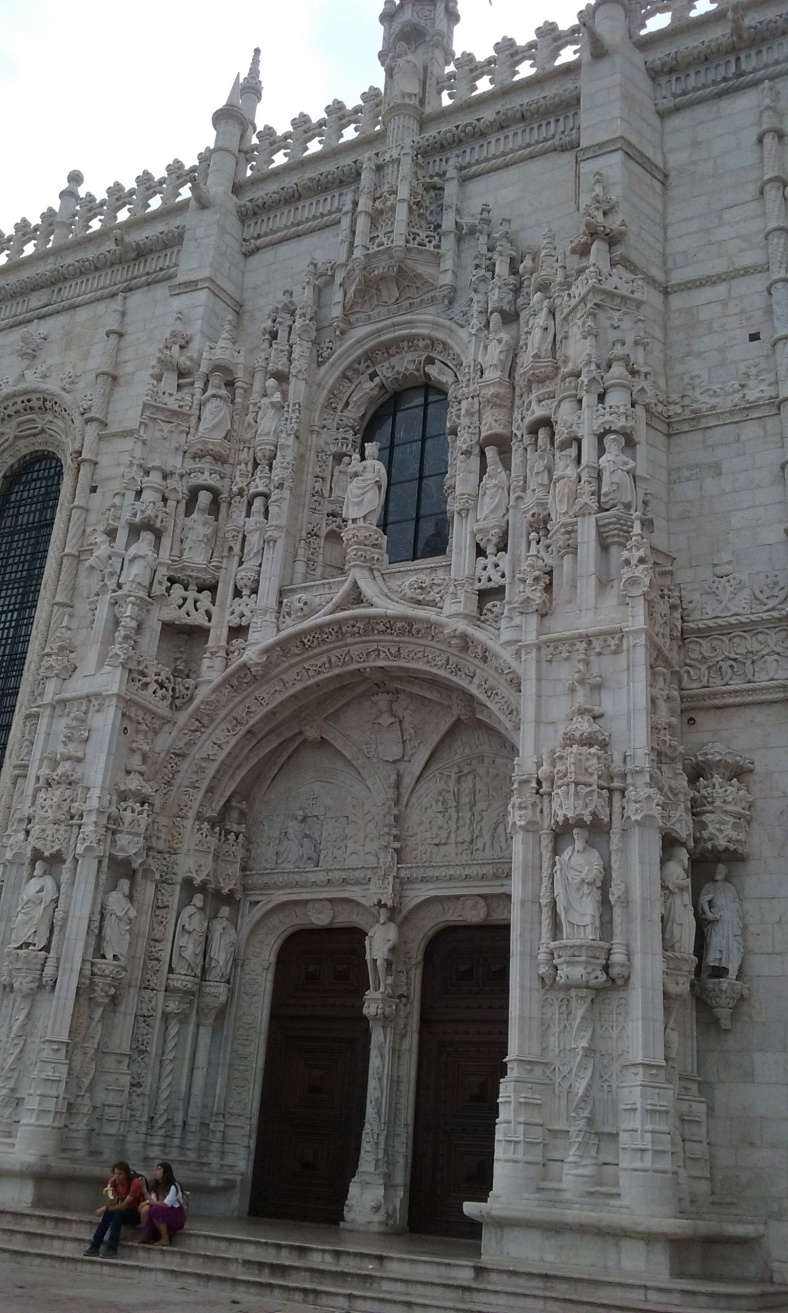

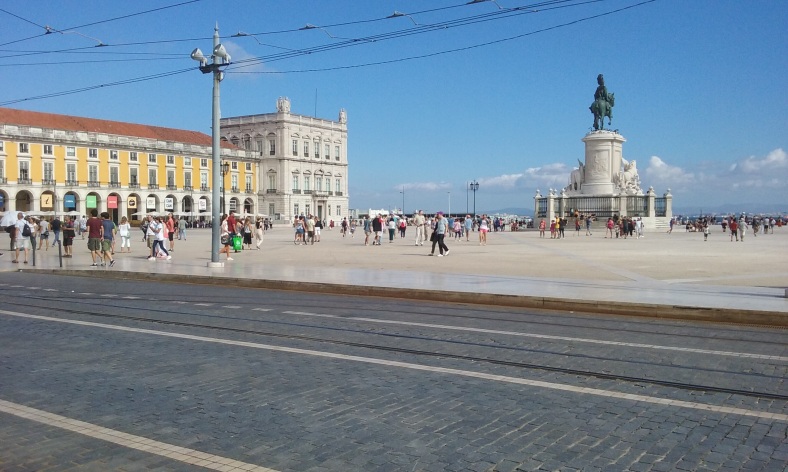


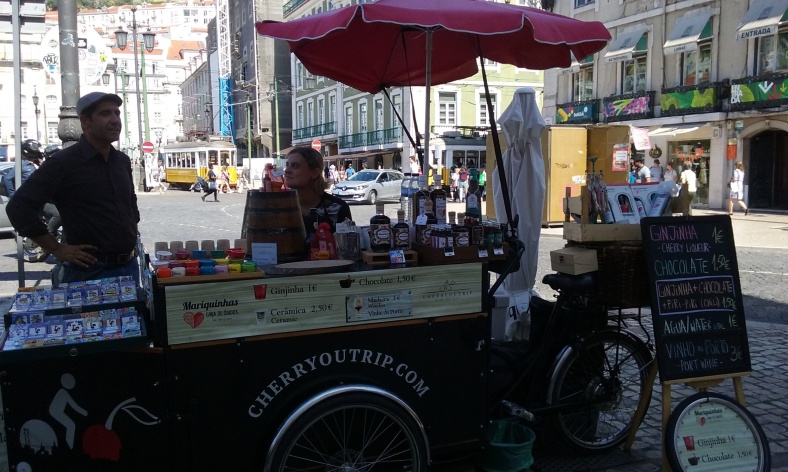
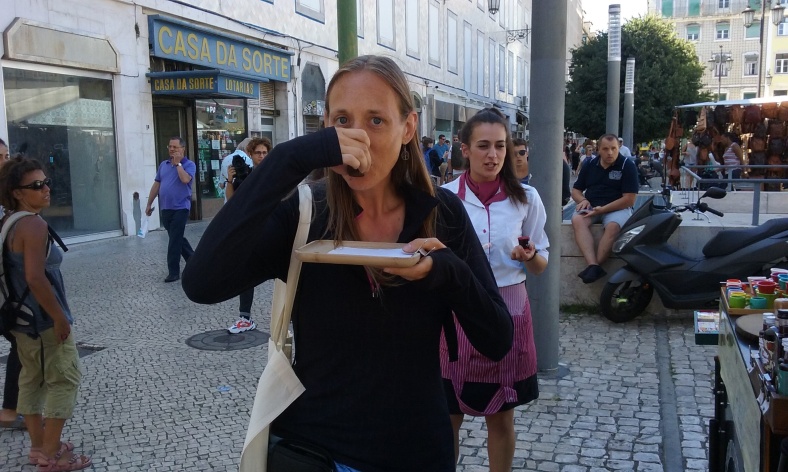




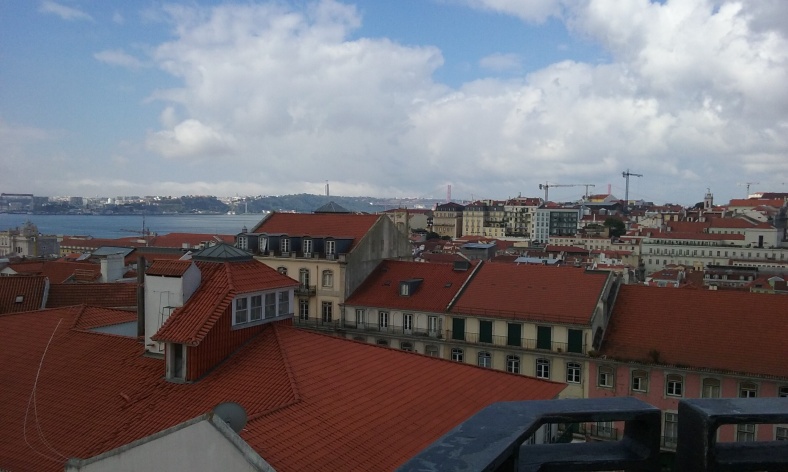
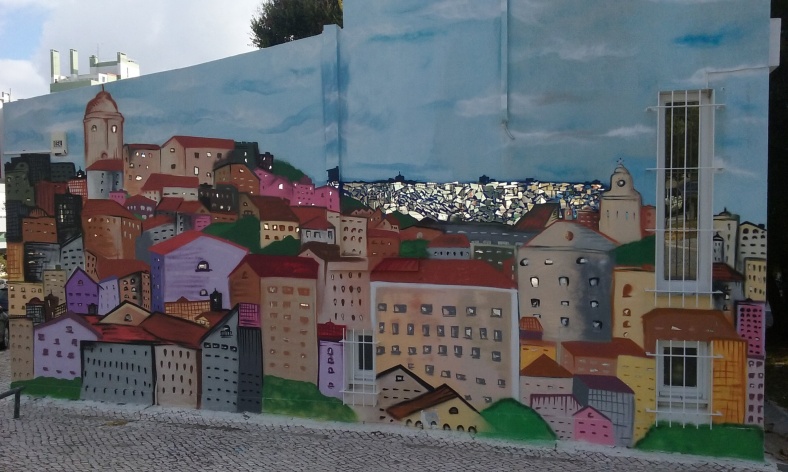
July 25, 2018: Lisbon to Home (Portugal to Home)
Maintenant je suis encore dans l’avion, formidable ! Had no expectations for flight, for while I love WOW Airlines, you have to pay even for water. Tap Air provides a full in-flight meal—salad, ham with corn, custard pineapple dessert, and ravioli pasta. On top of all that, I have a red blanket, a pillow, am listening to Portuguese folk and rap music, and have a Russian-speaking (Ukrainian) mother and daughter on one side of me and a Portuguese and Spanish speaking woman on my left. There are eight seats per row (xx xxxx xx) just like, or at least similar to when I went to Beijing. SO HAPPY! Make that two full meals.
After flight, went through customs very quickly; caught train to from airport to historical district; bought train ticket to my brother’s house; talked with a couple from the area who had visited for a long weekend; they gave me a ton of tips about where to go and what to see, after I told them about the Camino and percebes, of course. My brother picked me up, but it was a tad difficult to get back to where he parked because there were a lot of streets/area blocked off. #Stateside #WhatAnAdventure!
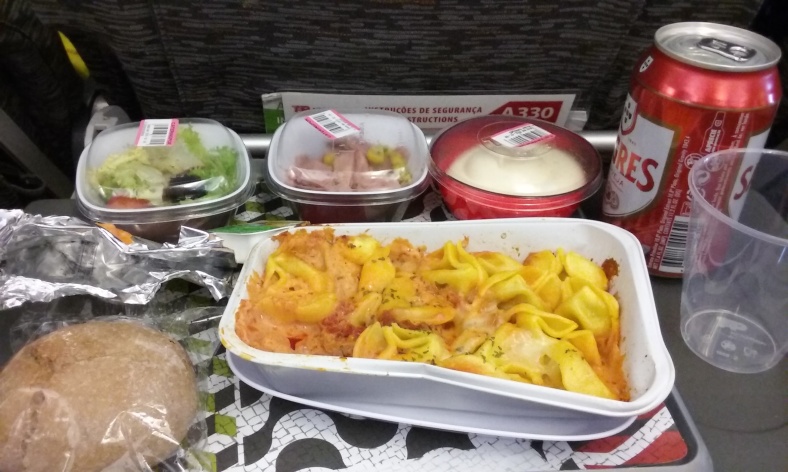





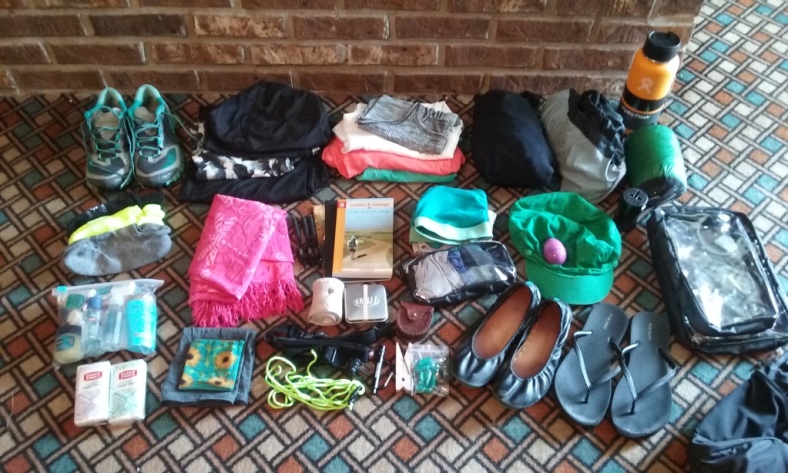







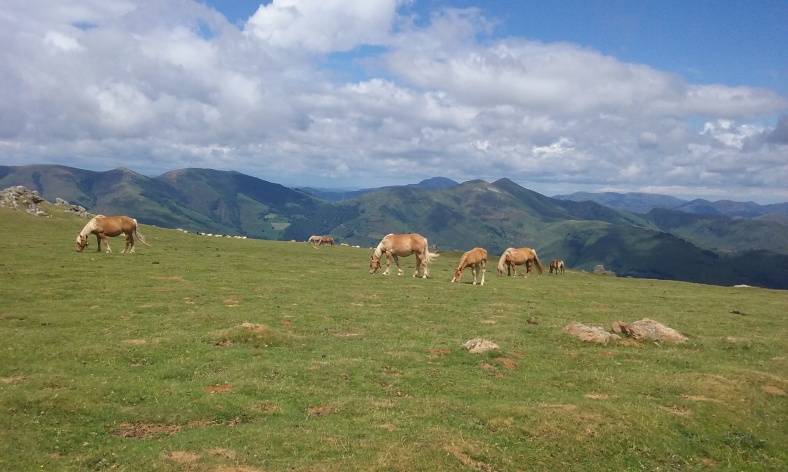



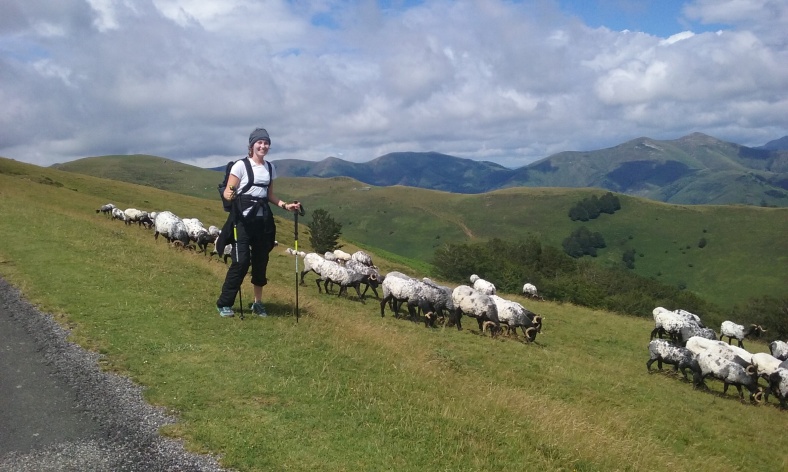


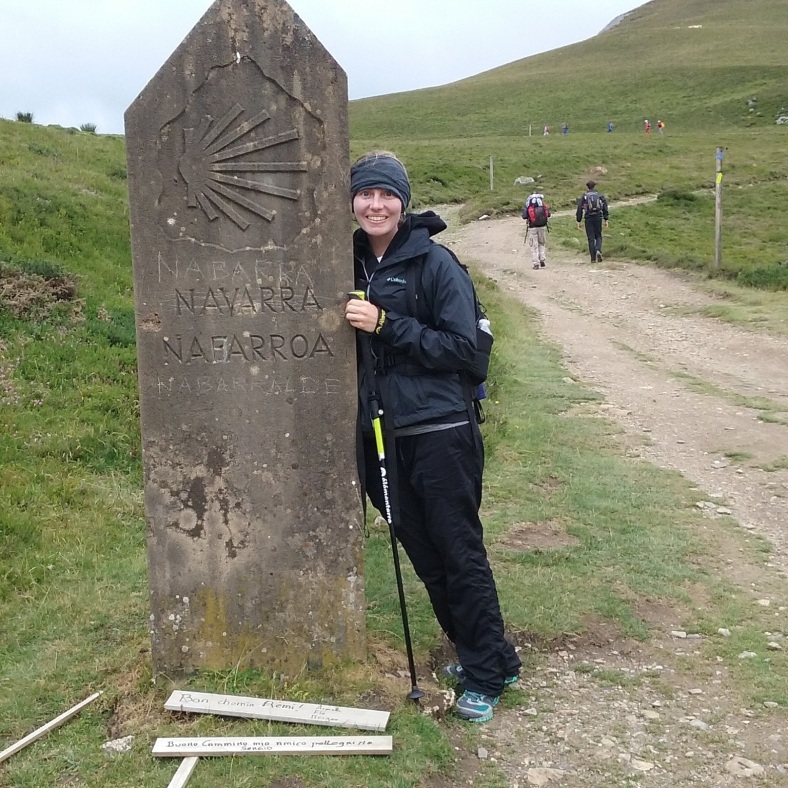
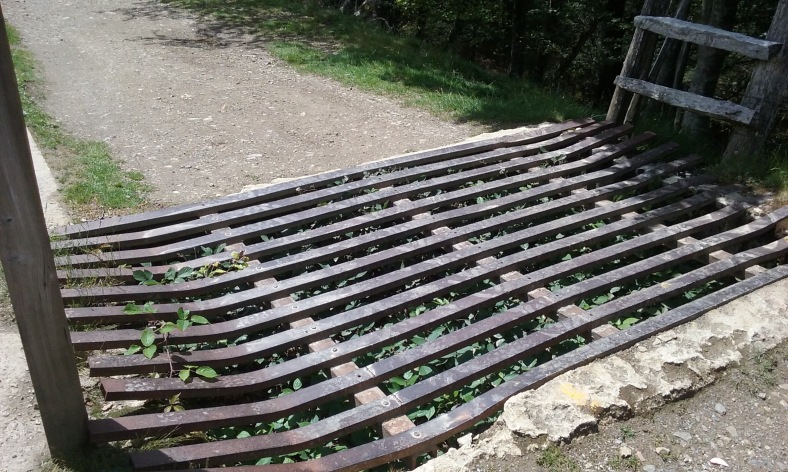

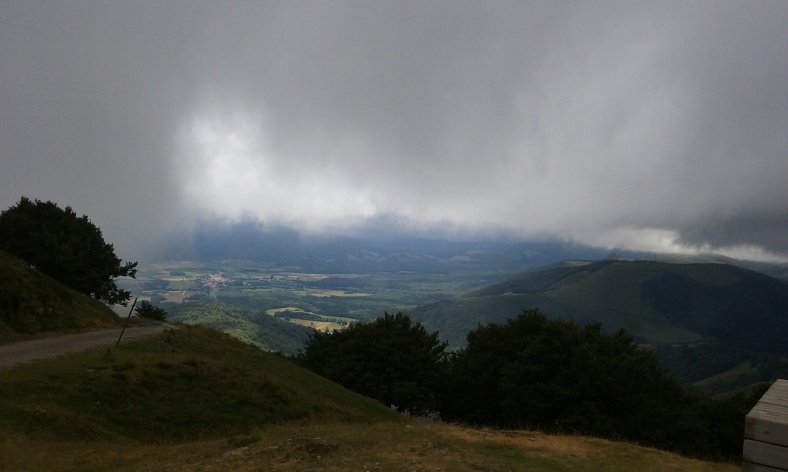
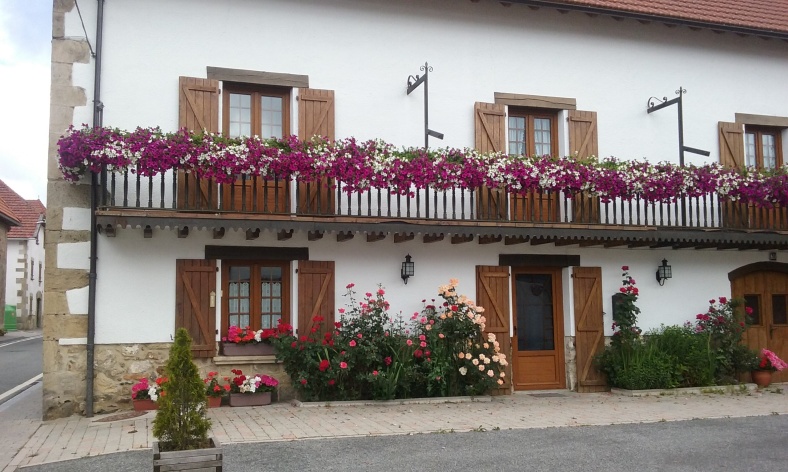


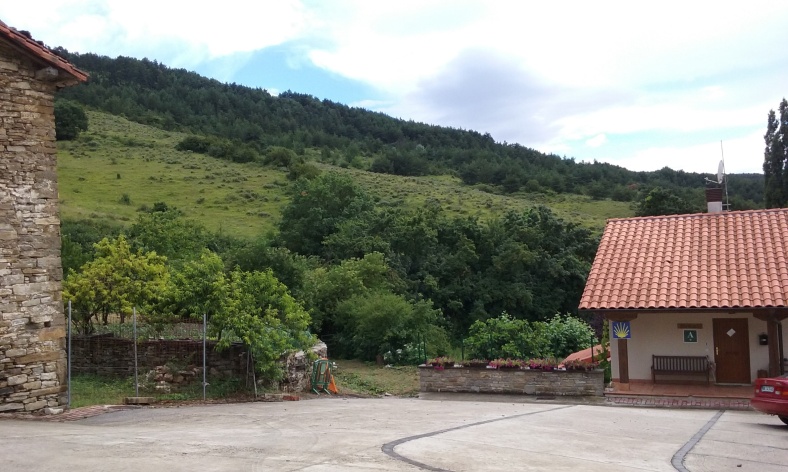
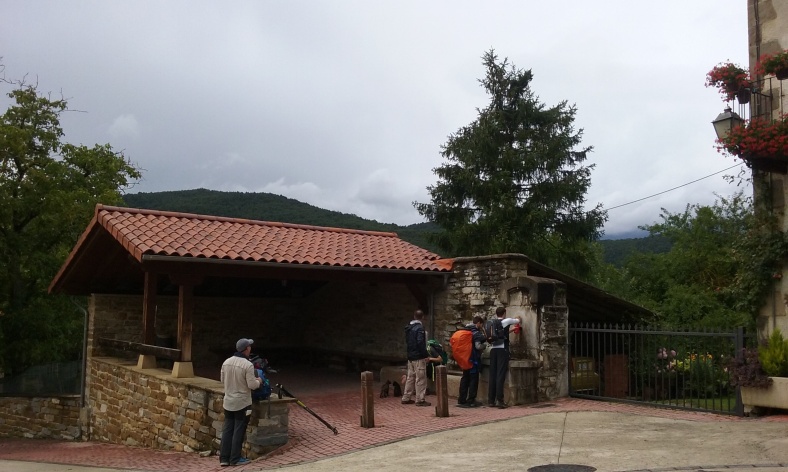
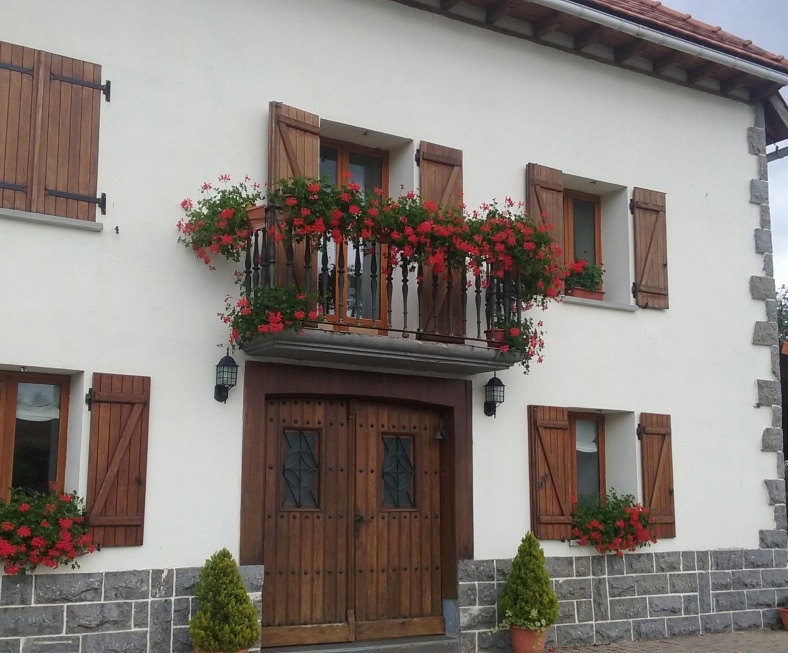

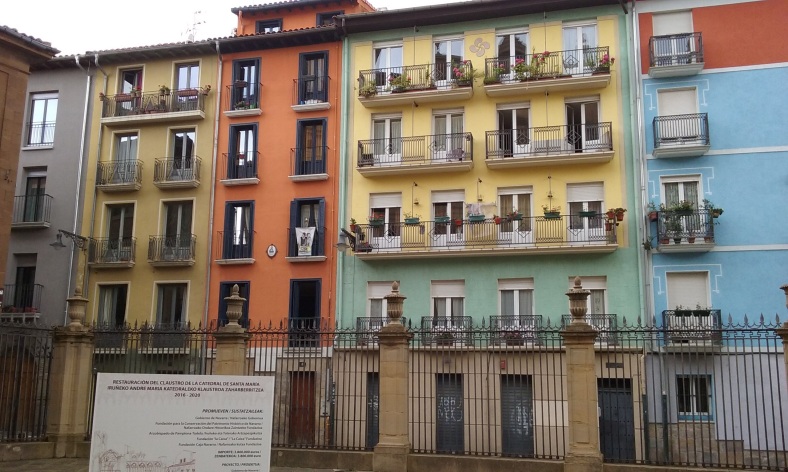

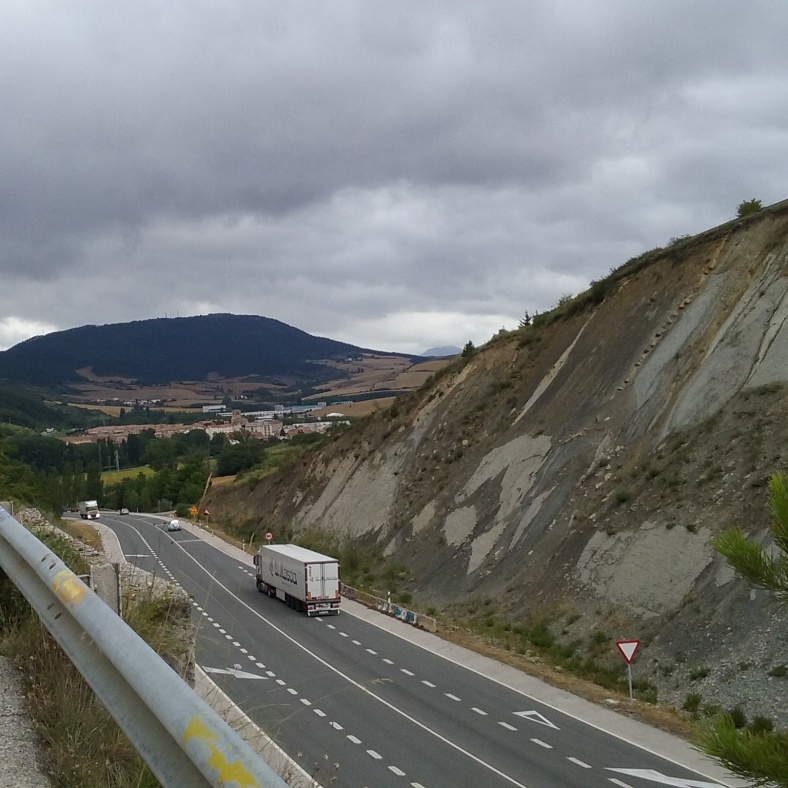
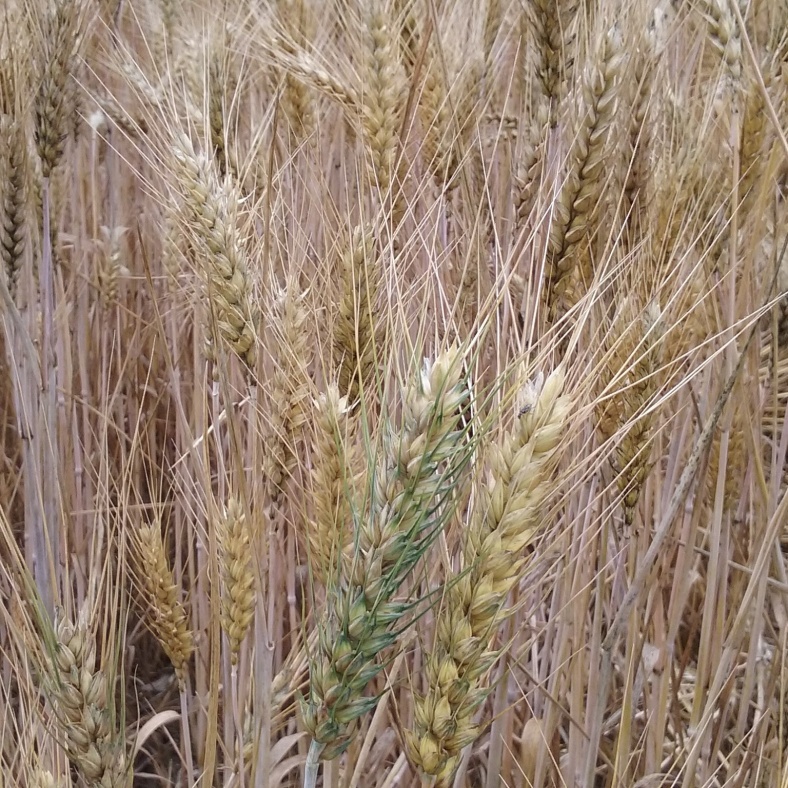

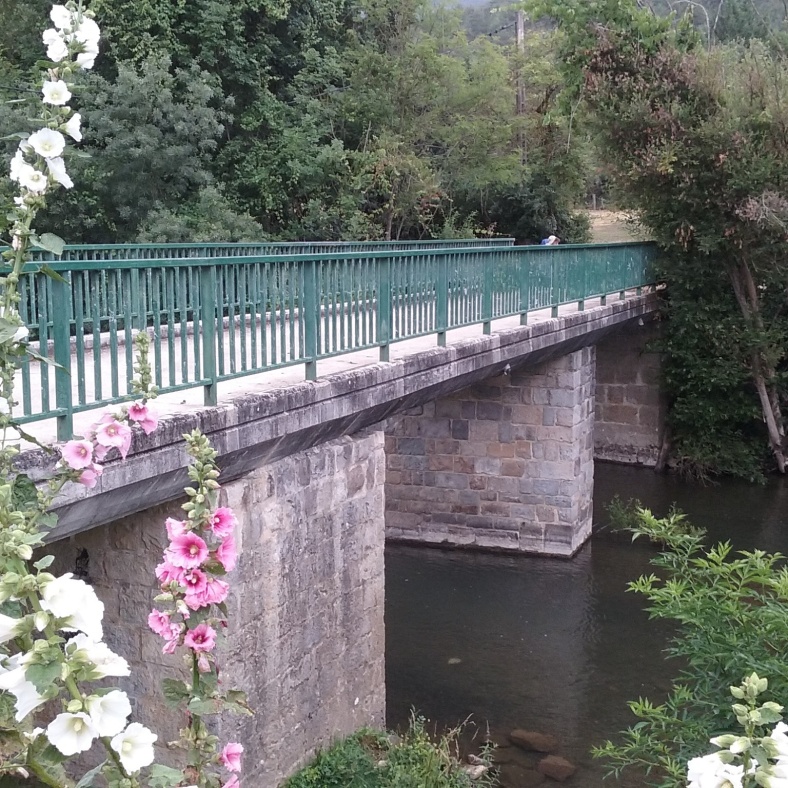
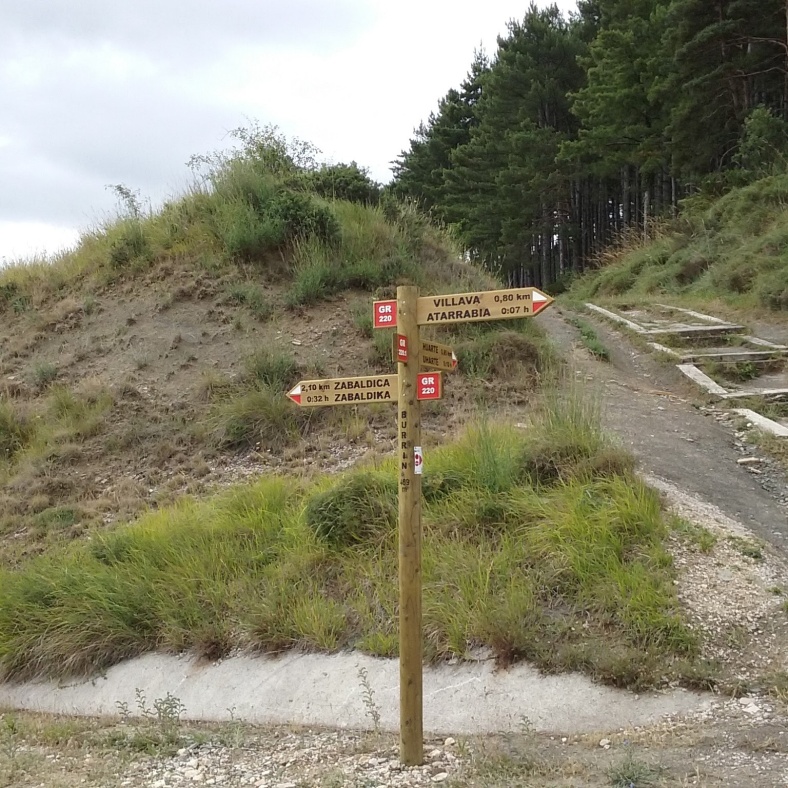

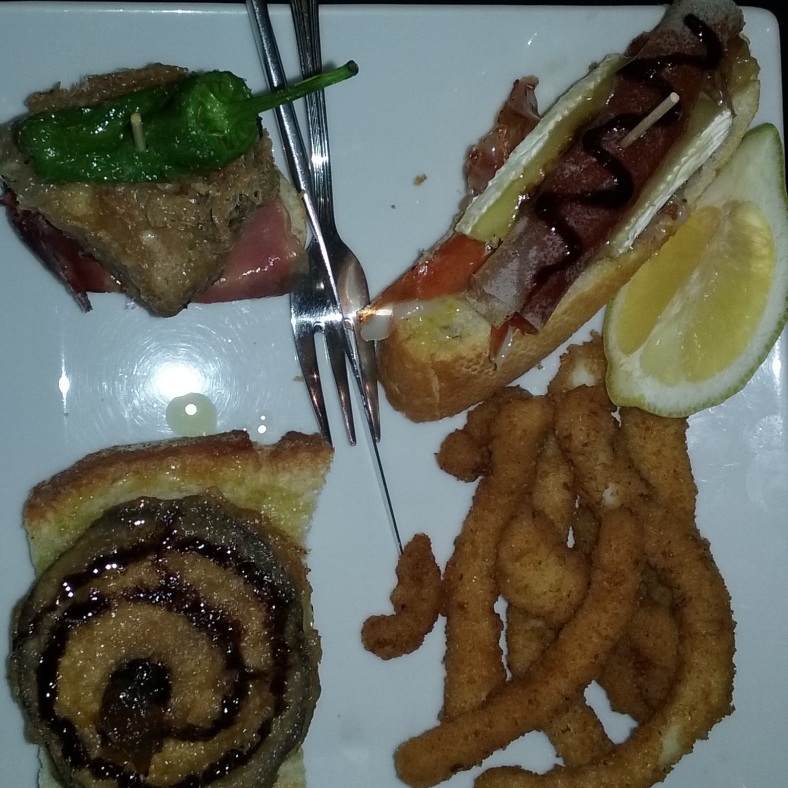

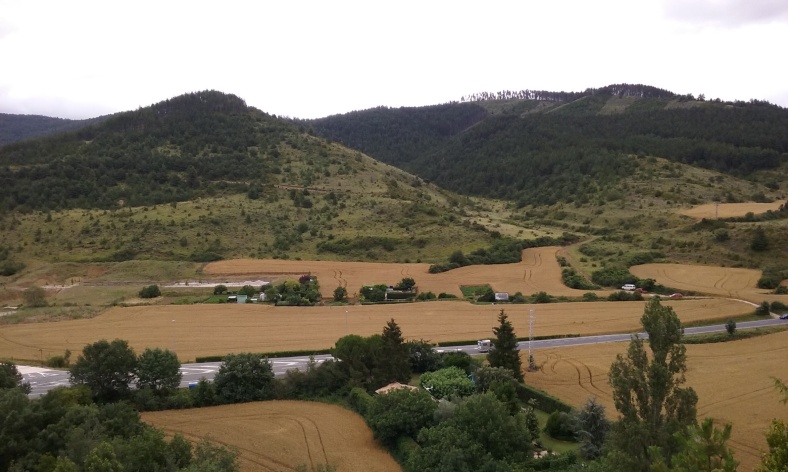



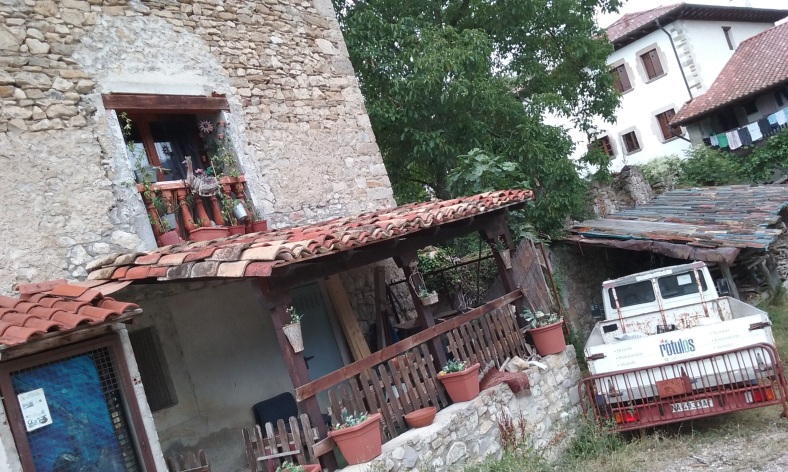

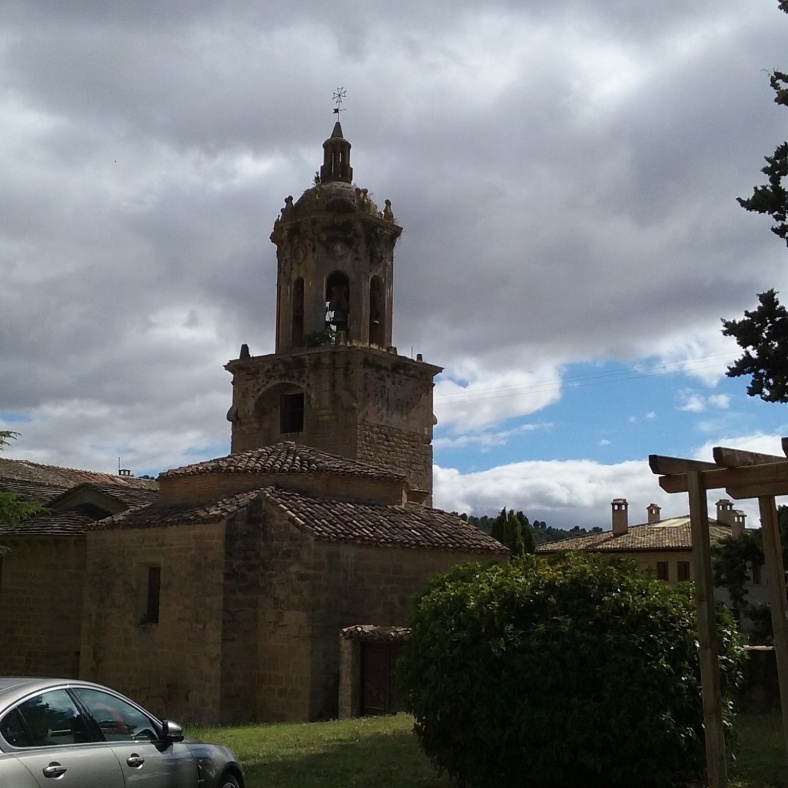
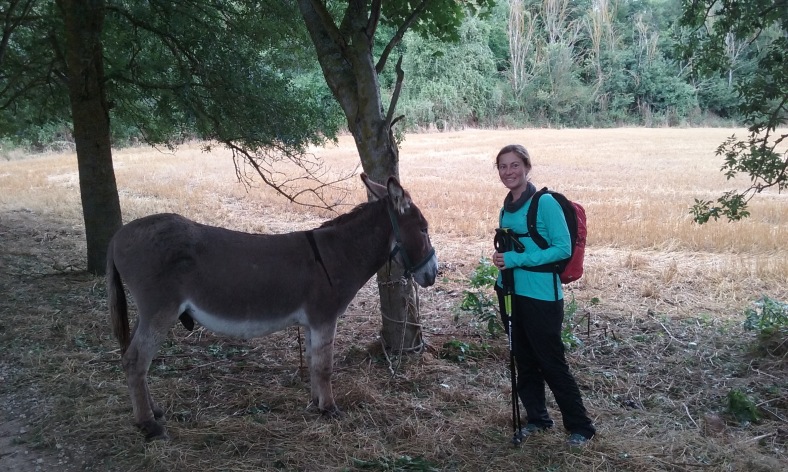


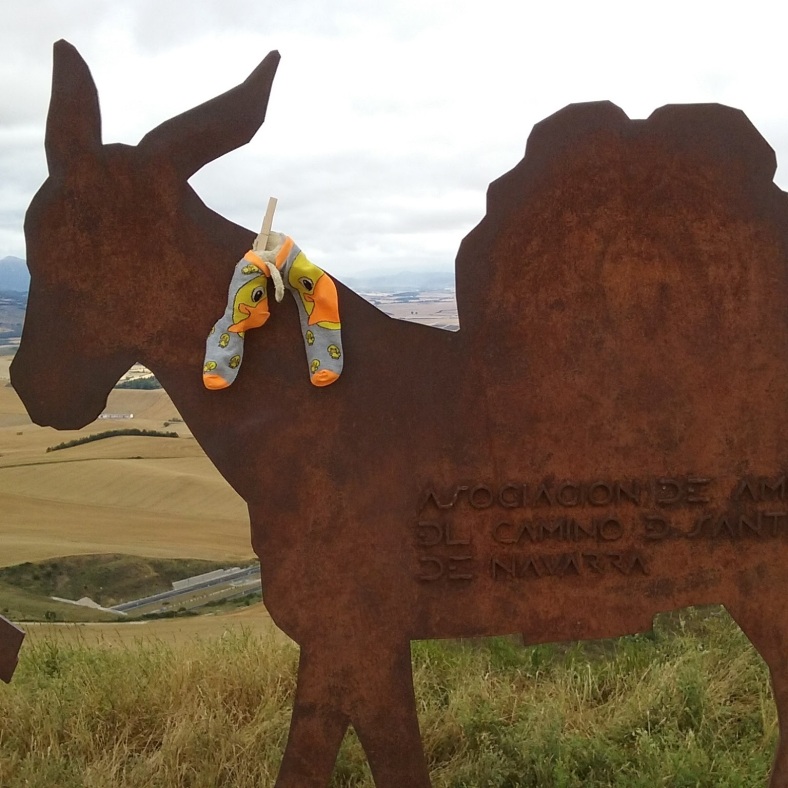
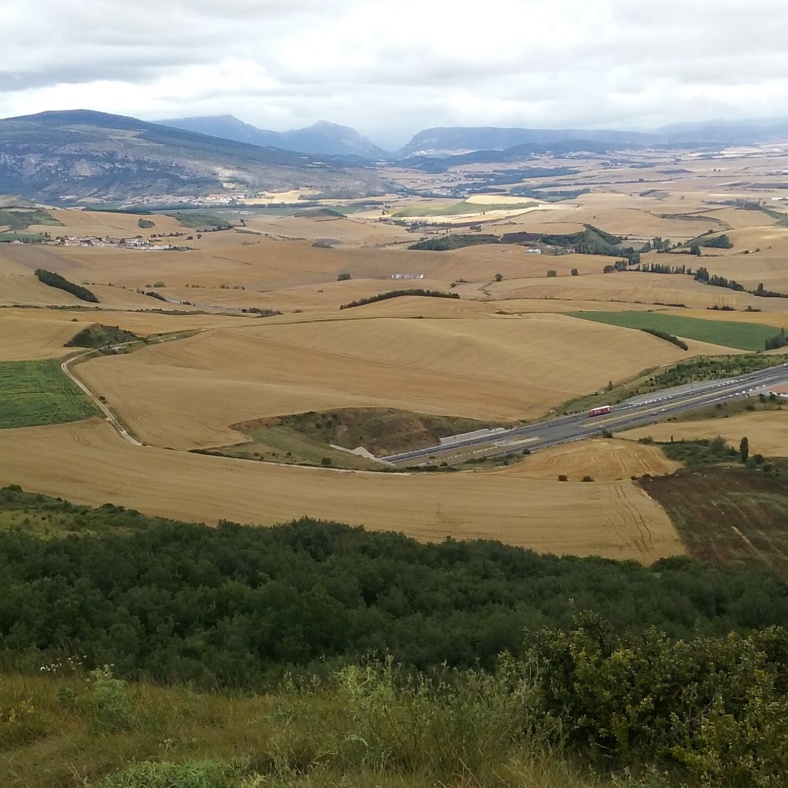
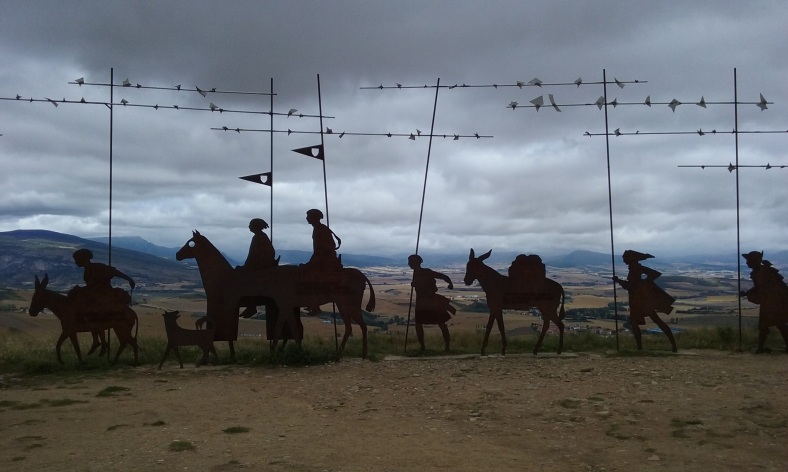

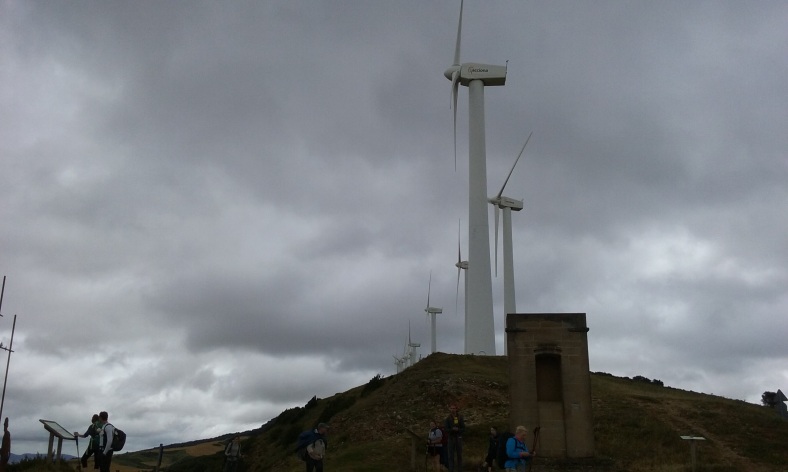






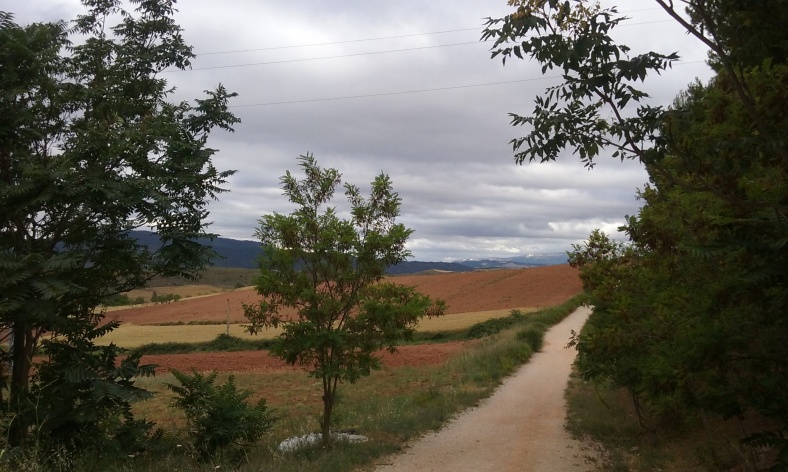
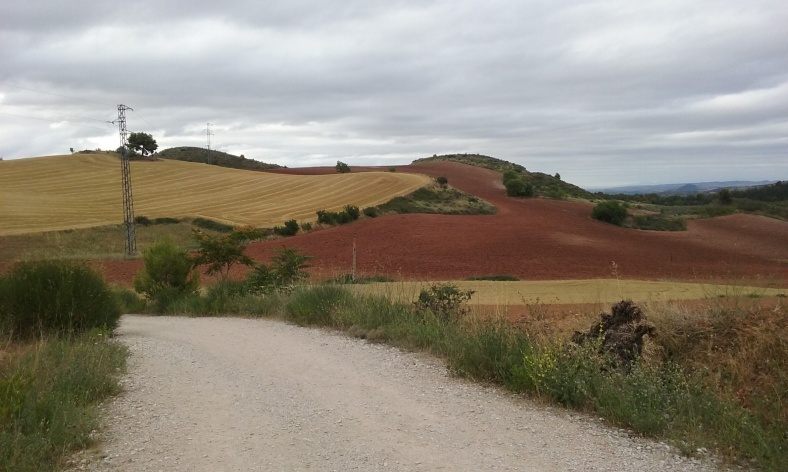



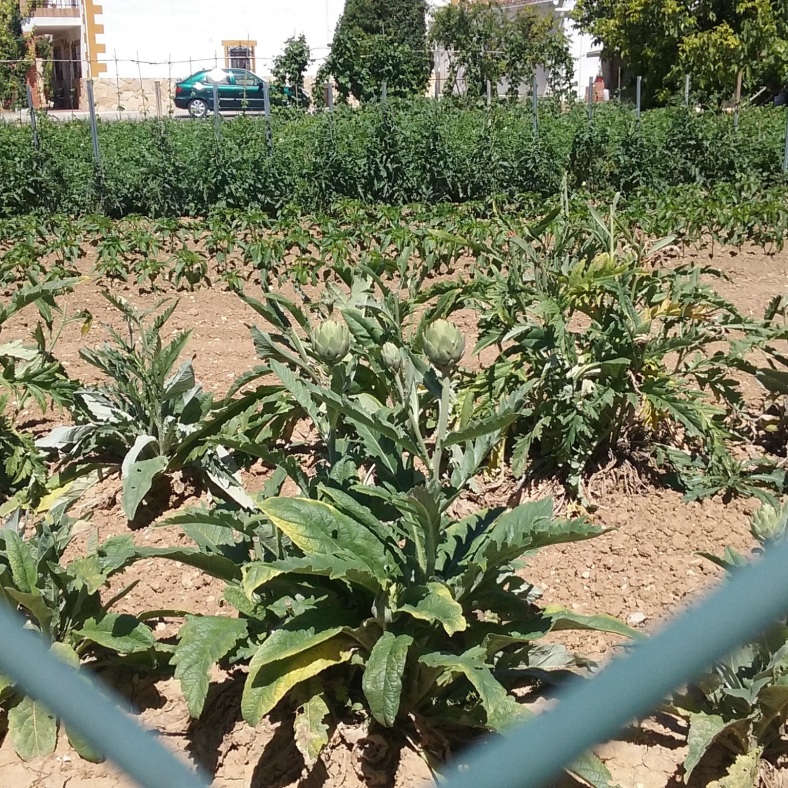


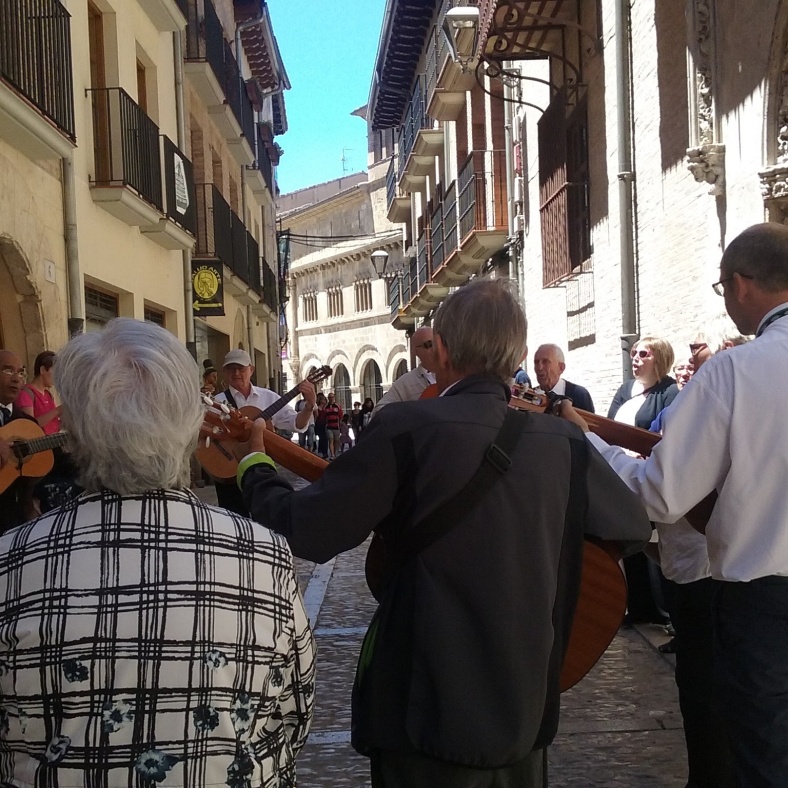





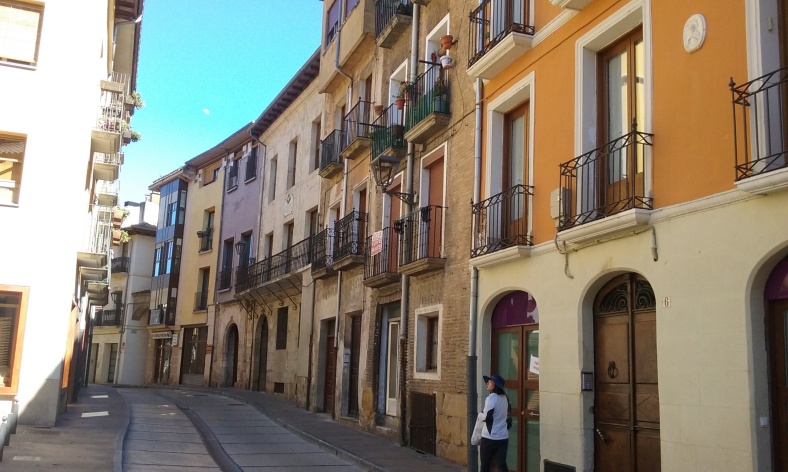

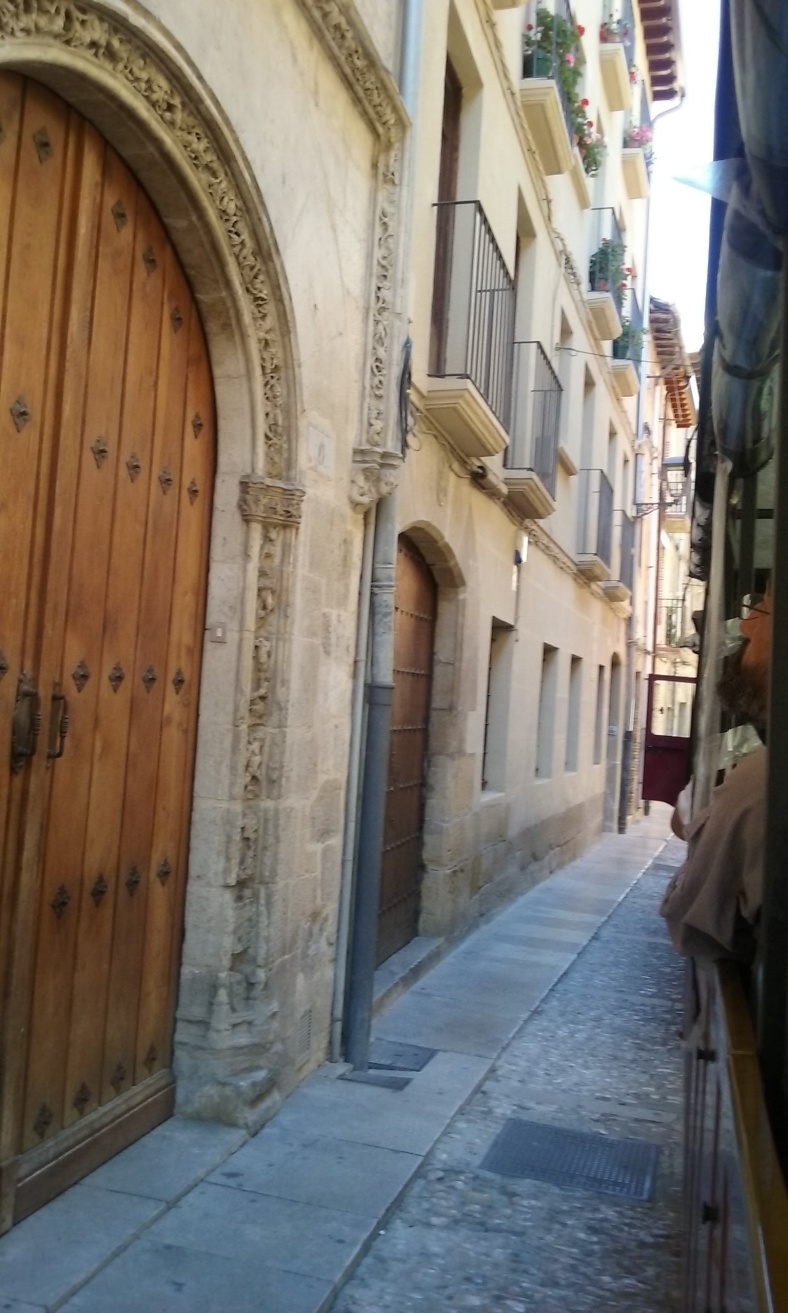


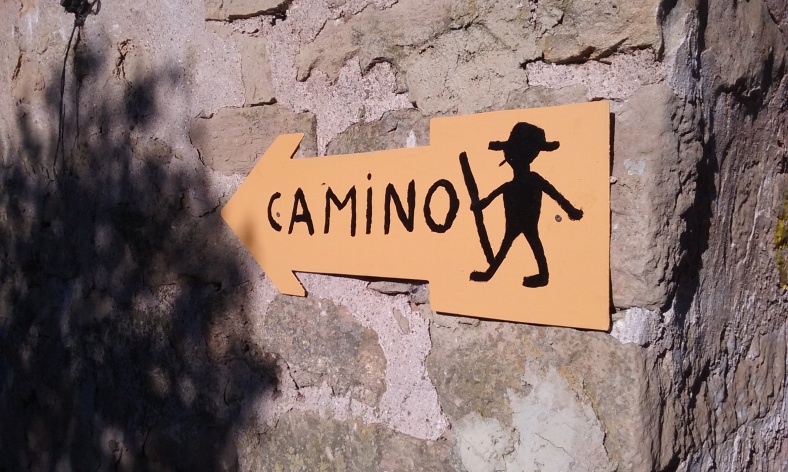

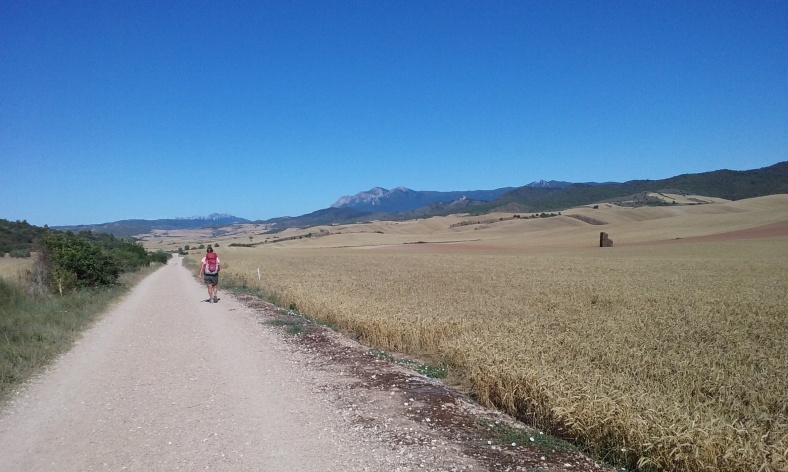

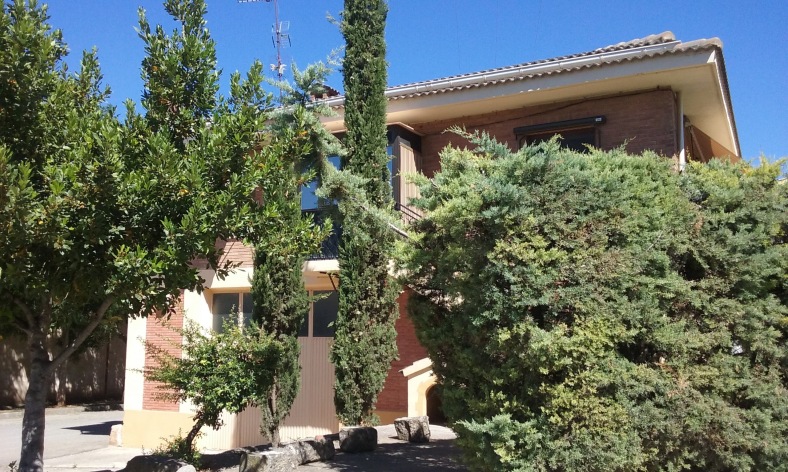

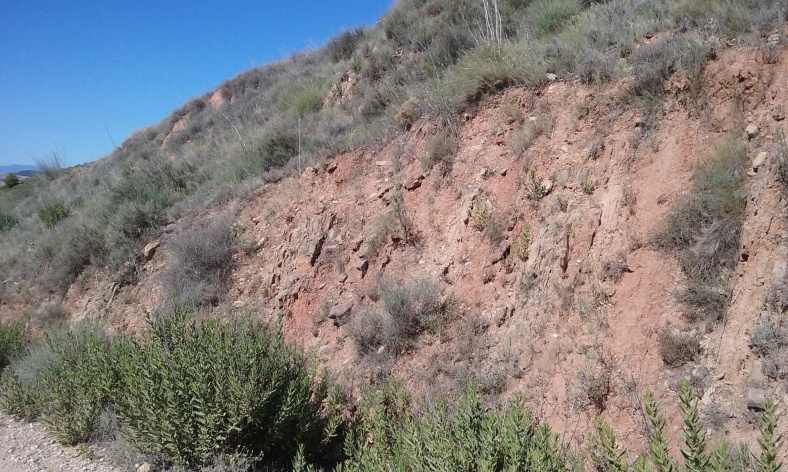
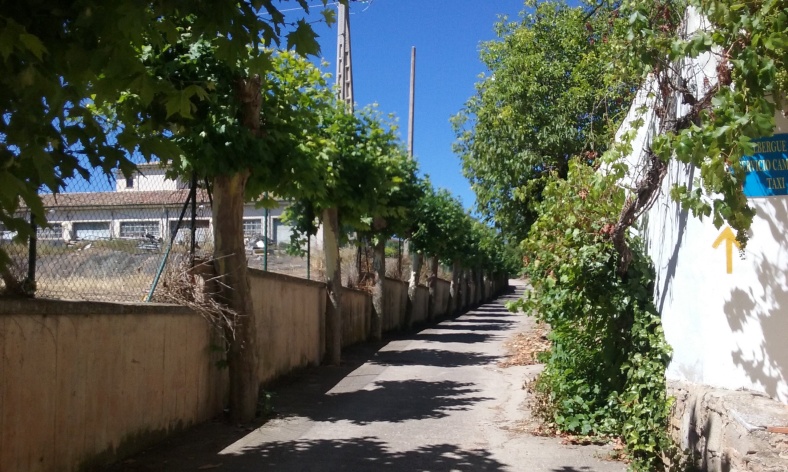


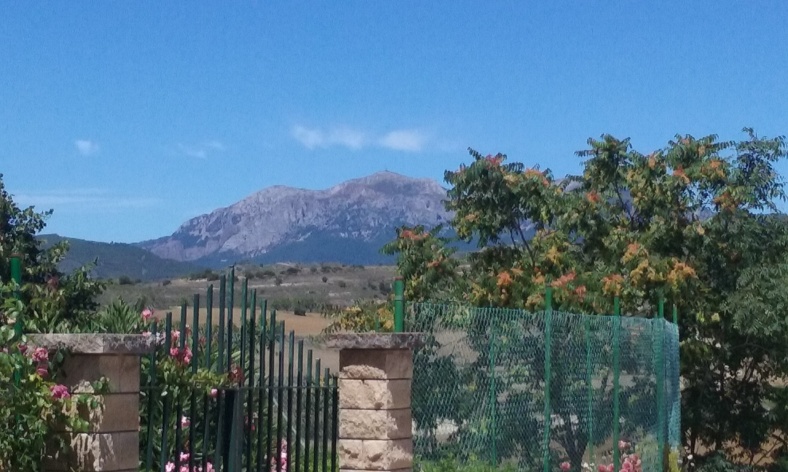
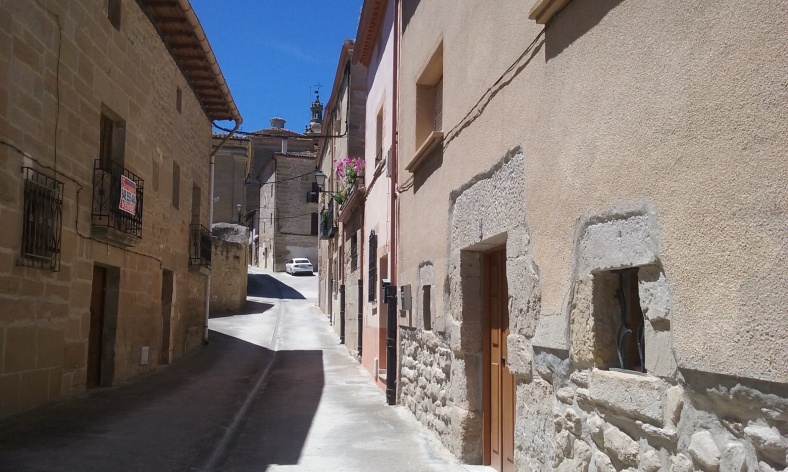
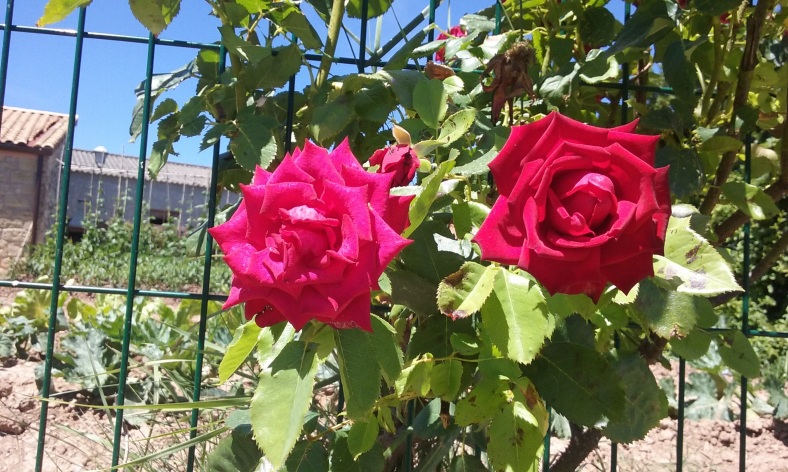



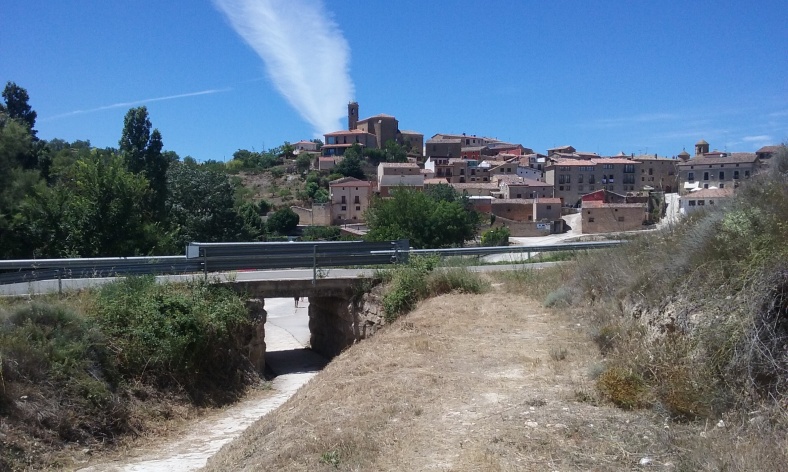
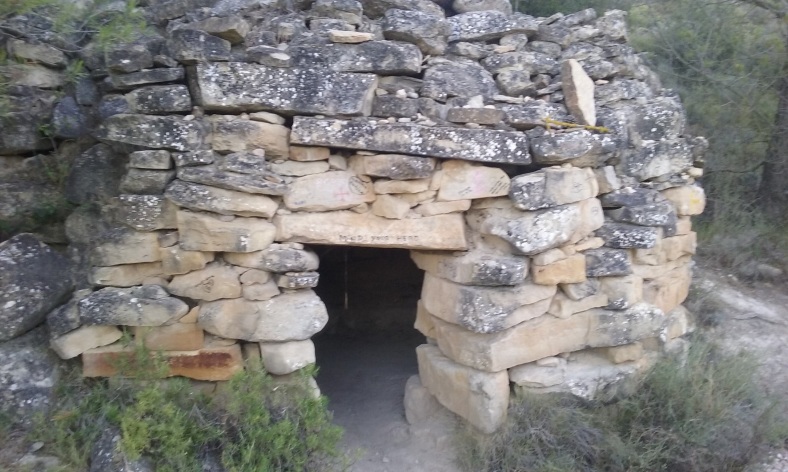
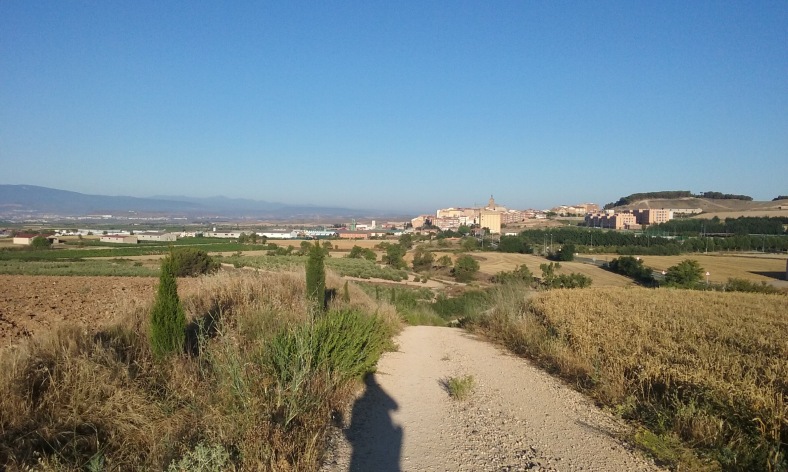





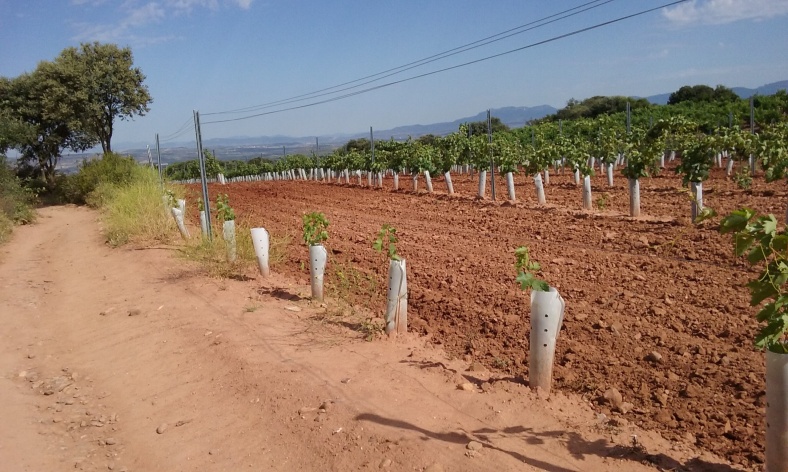
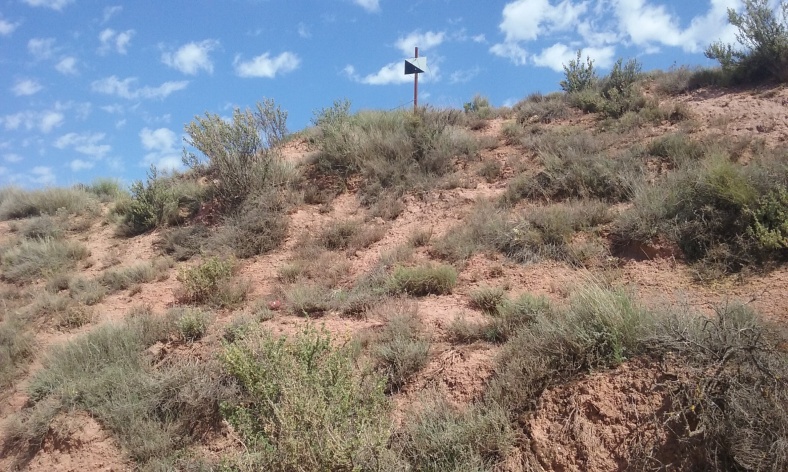
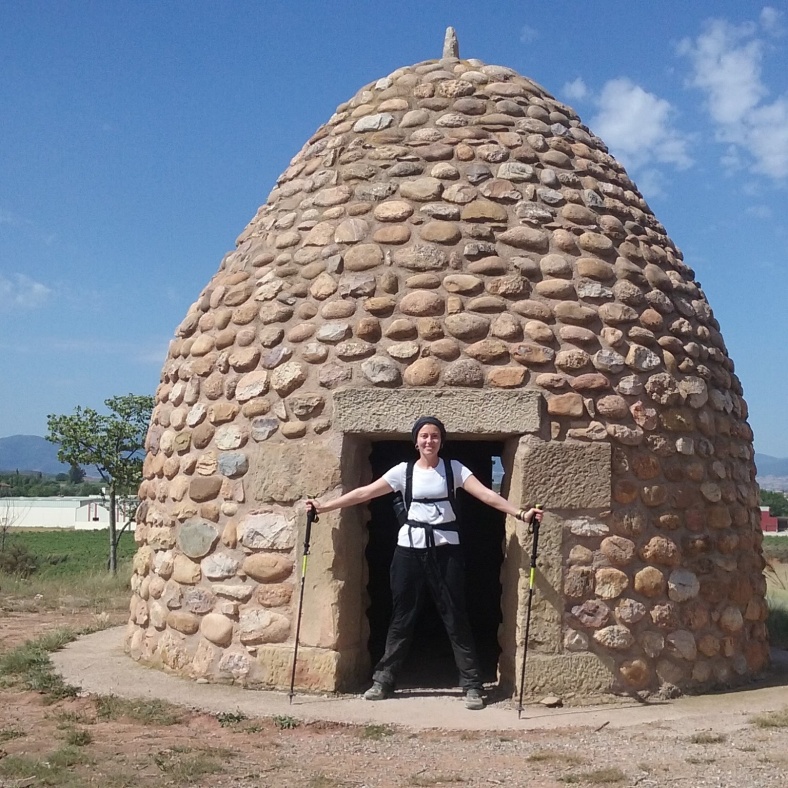

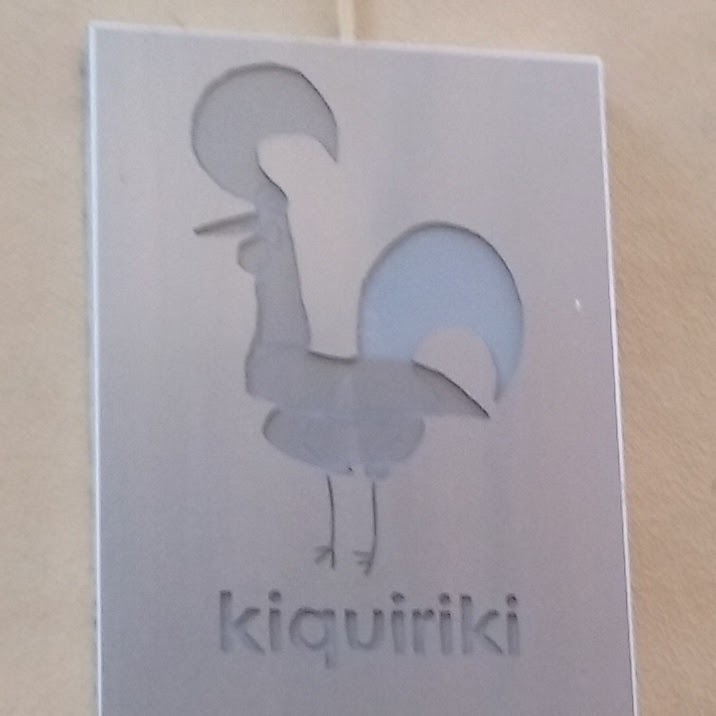
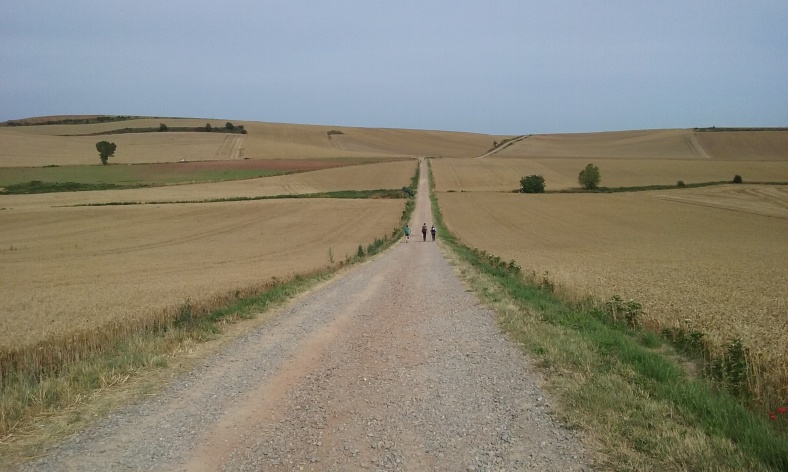



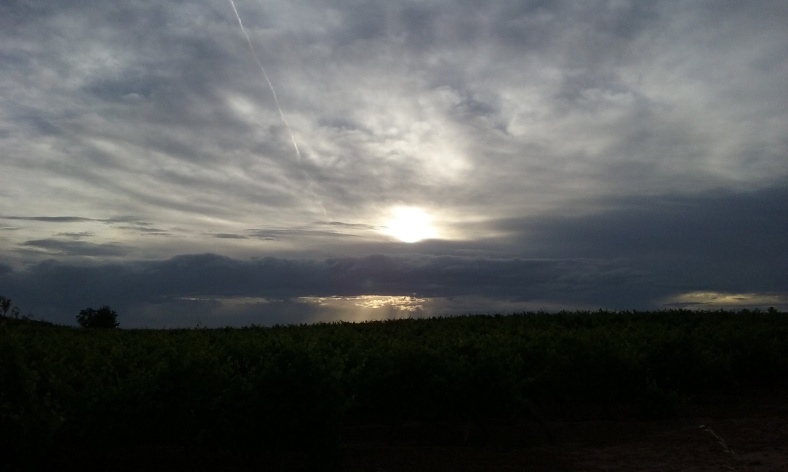
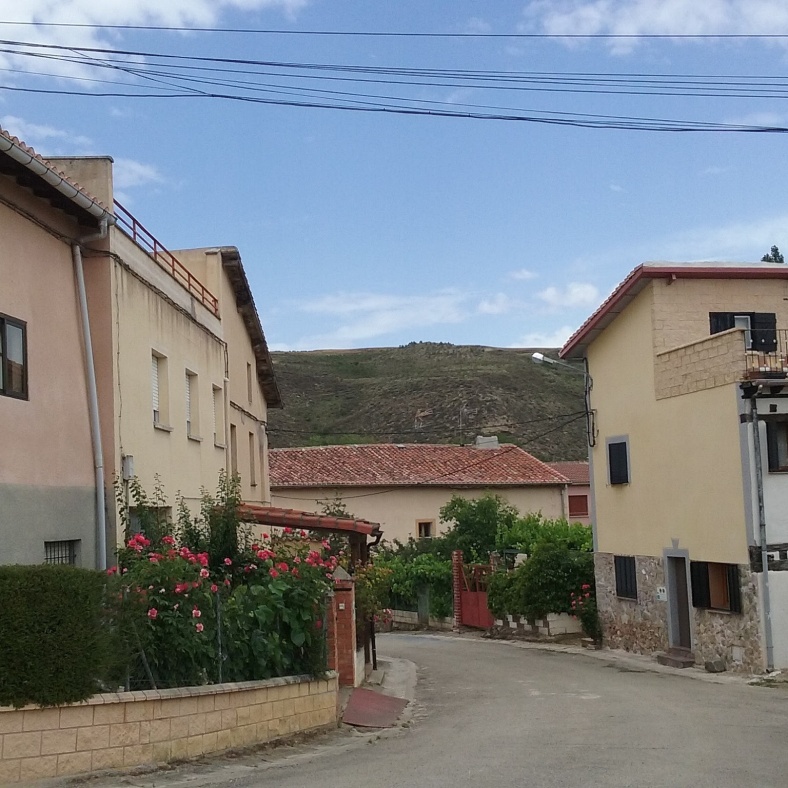

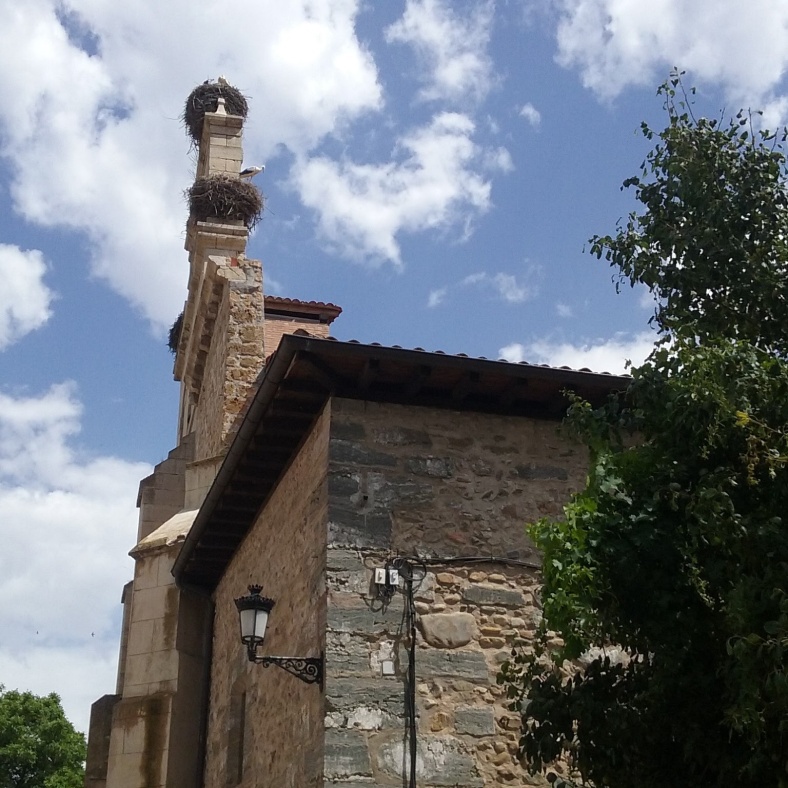
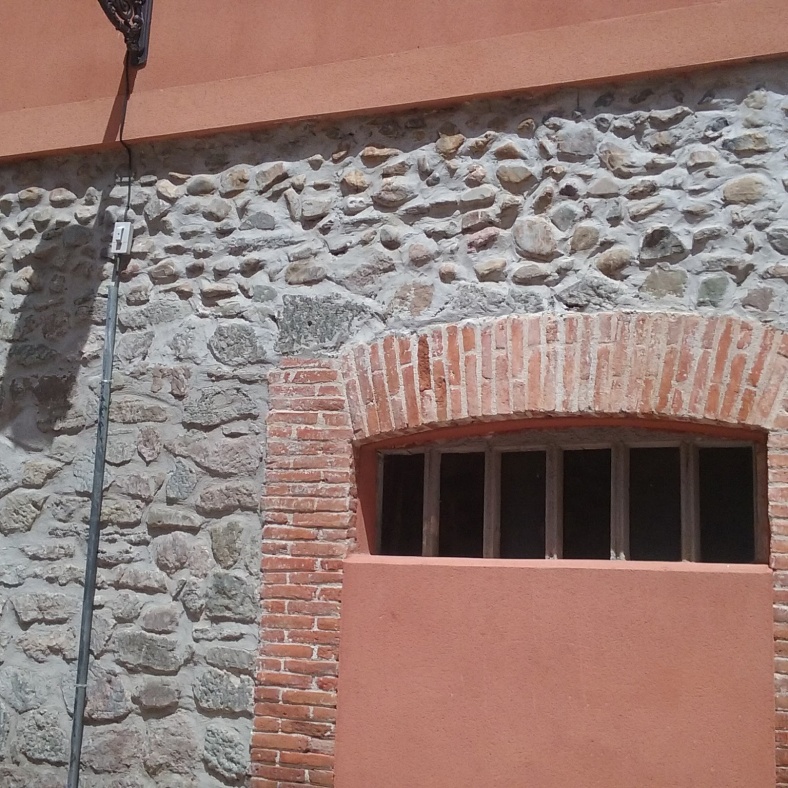





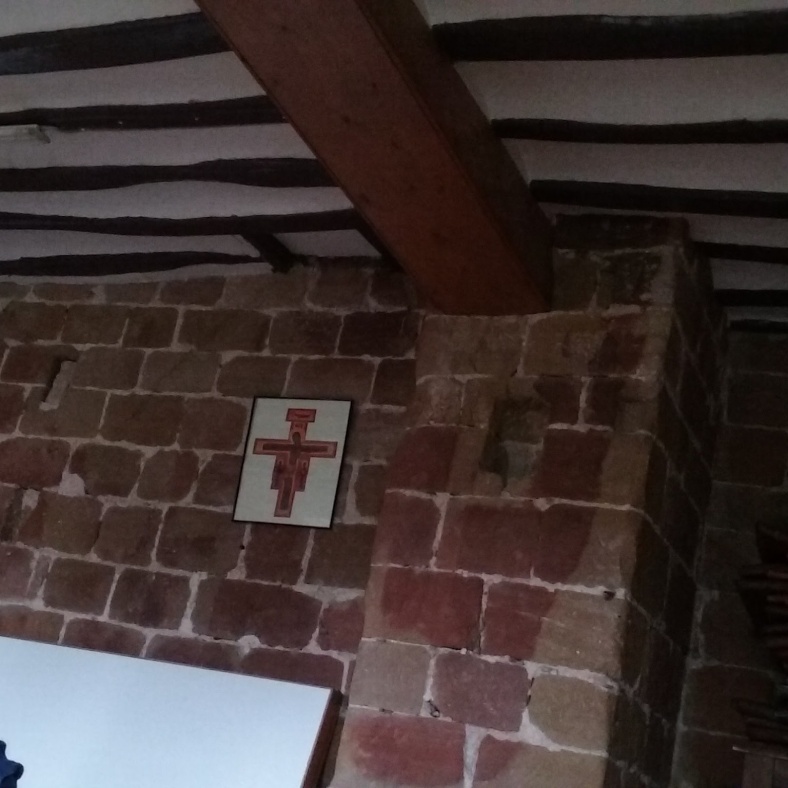
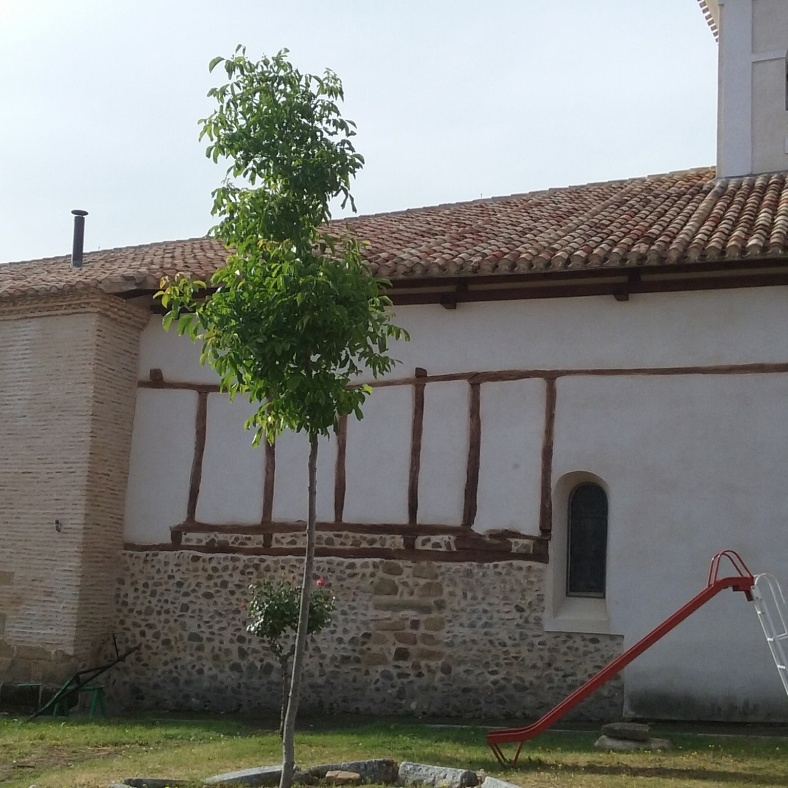






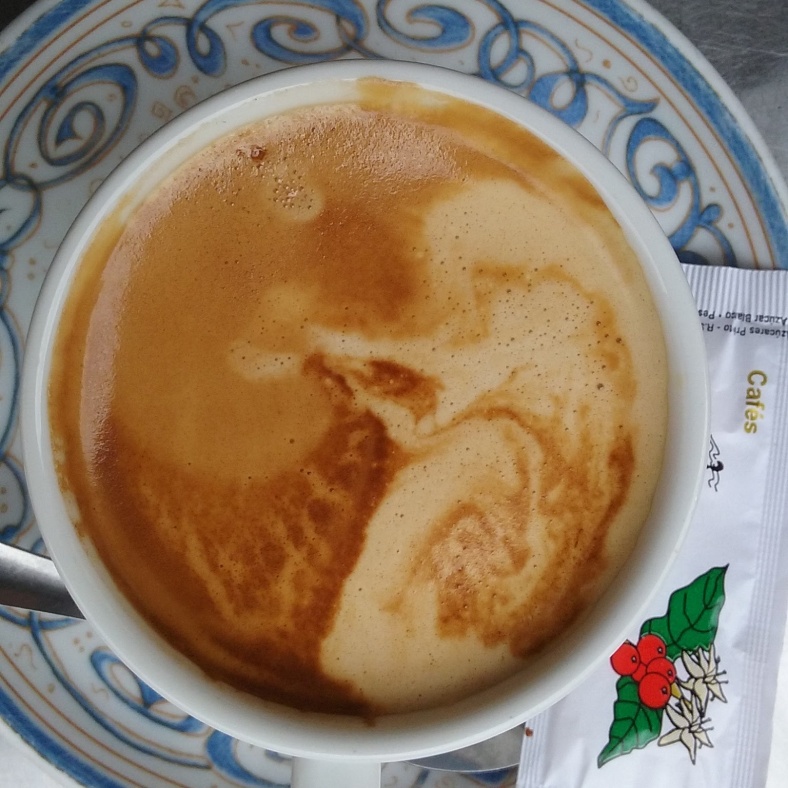



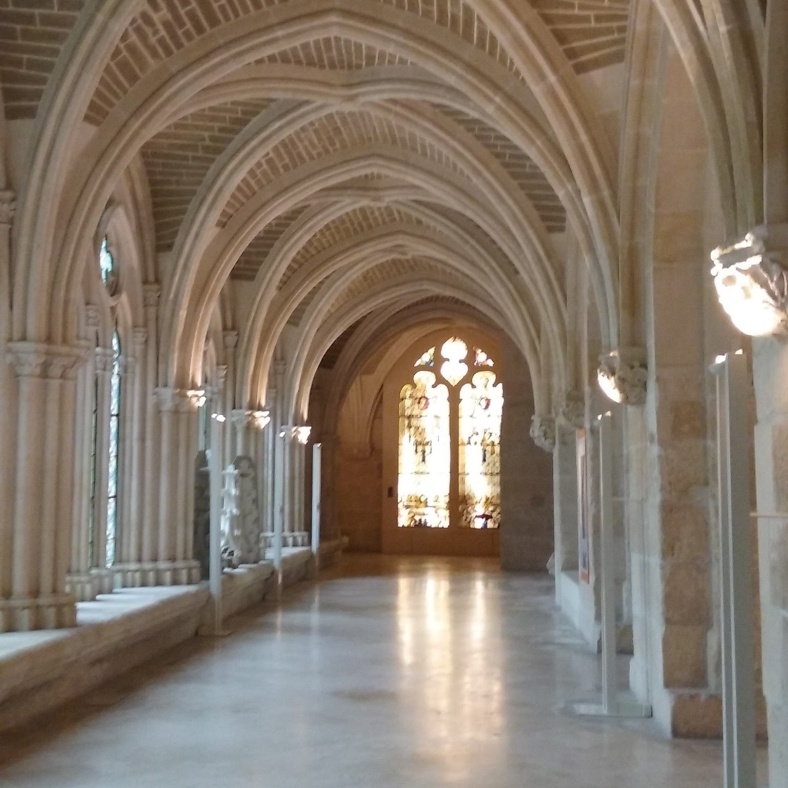




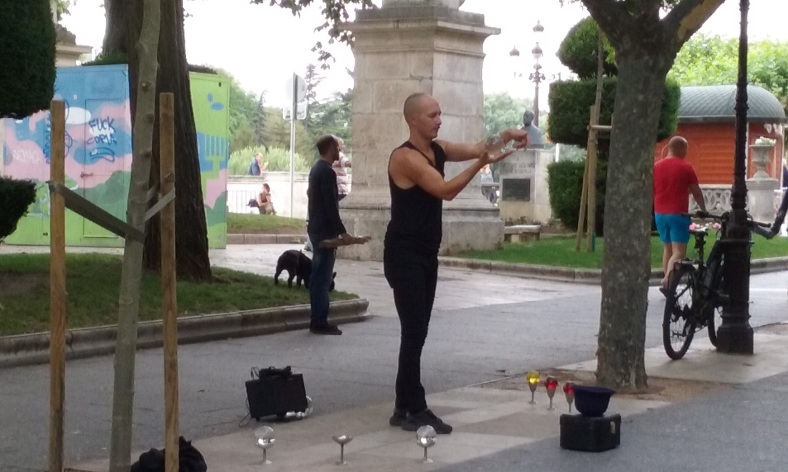
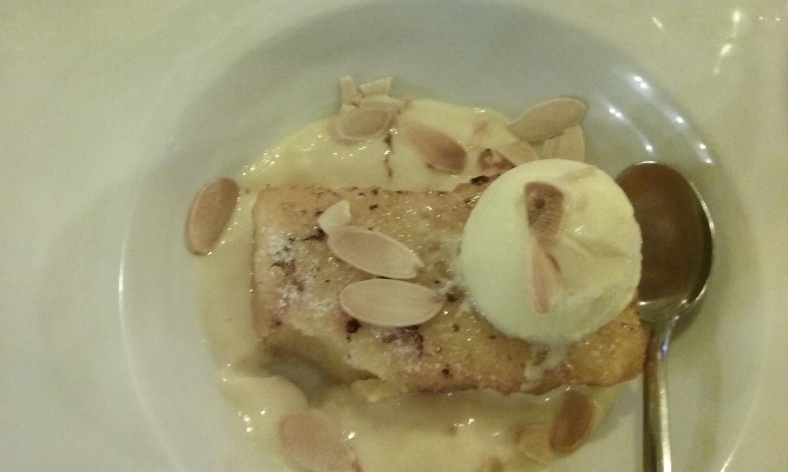



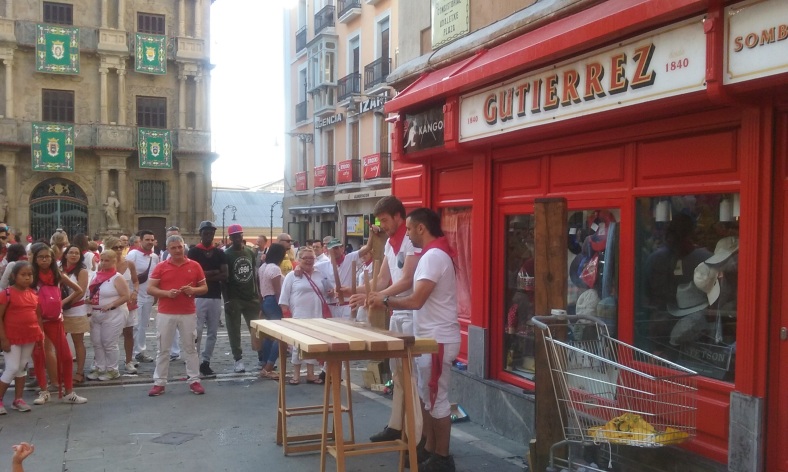
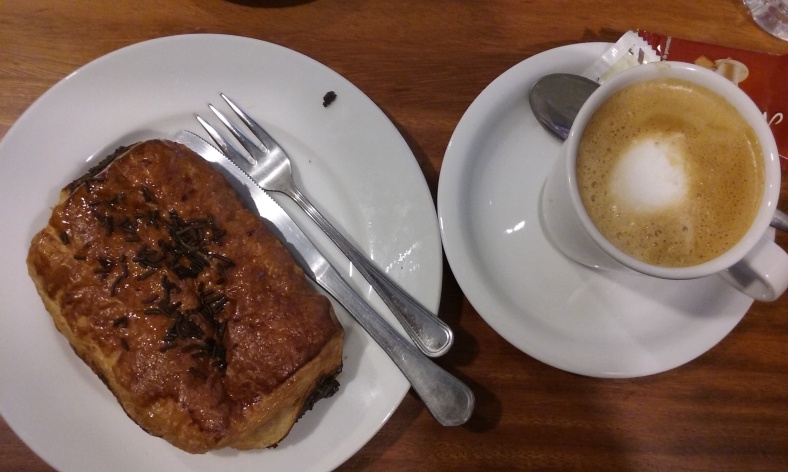

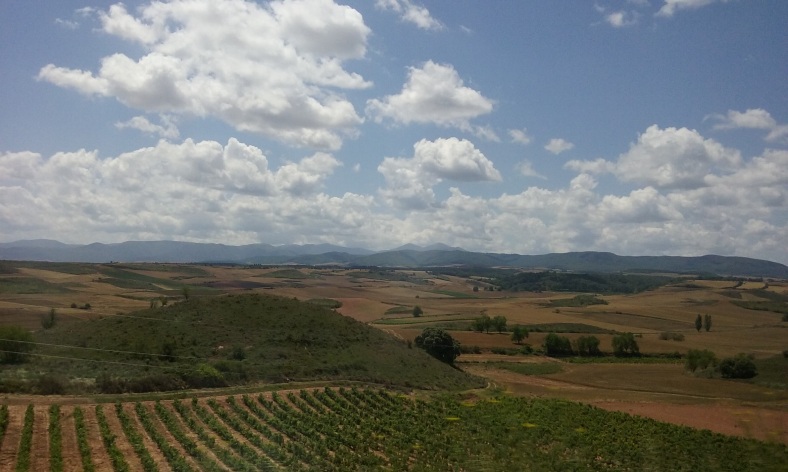



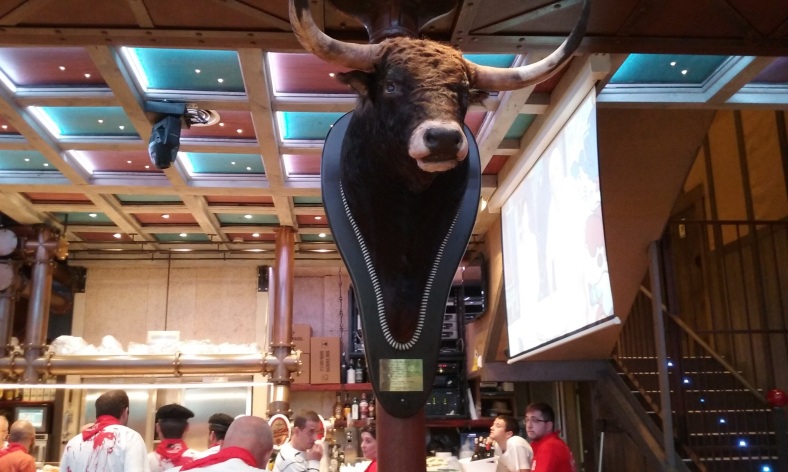

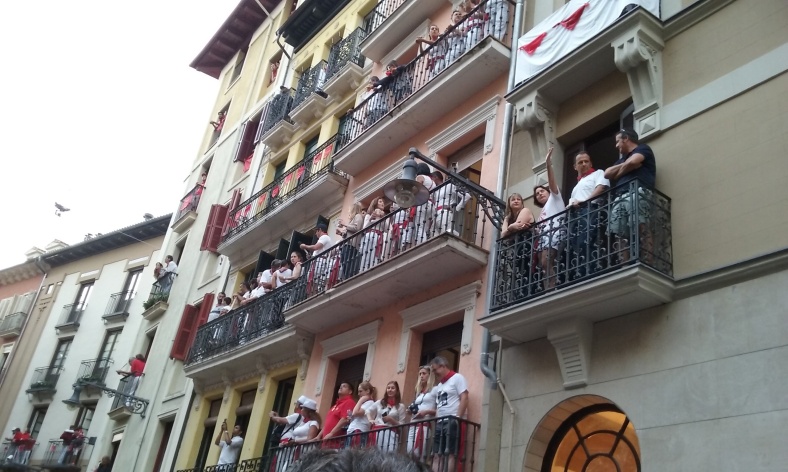

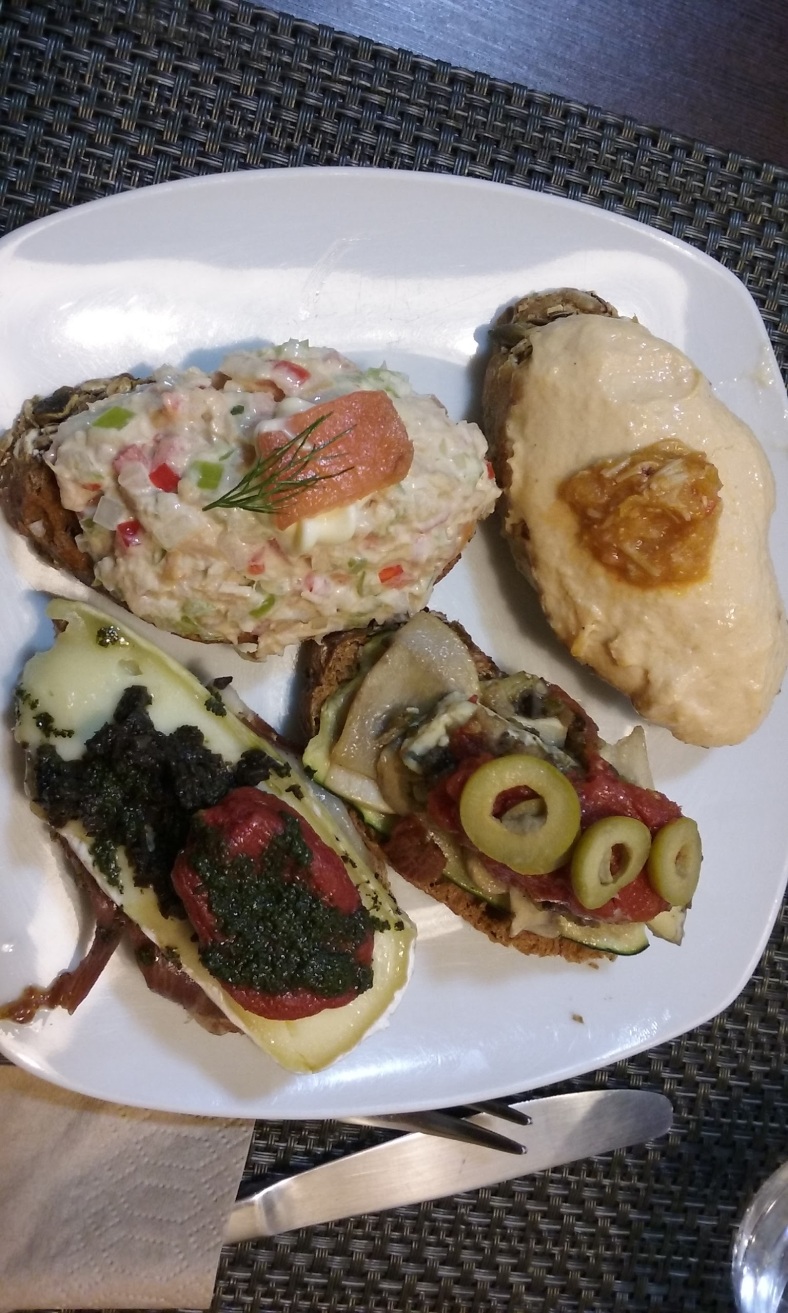

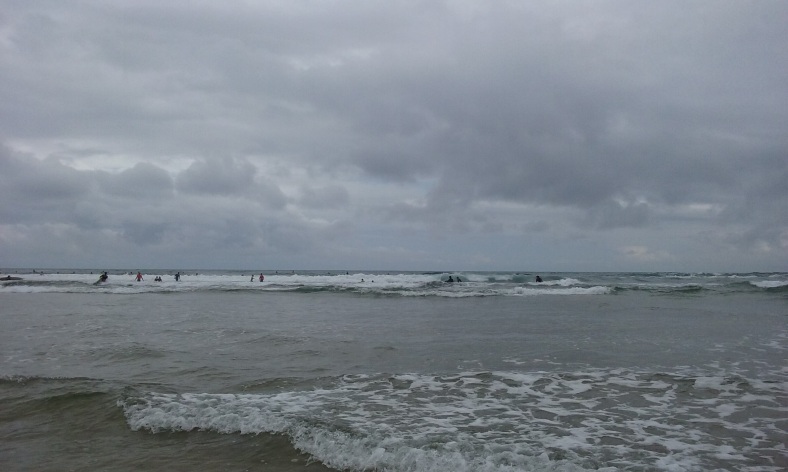


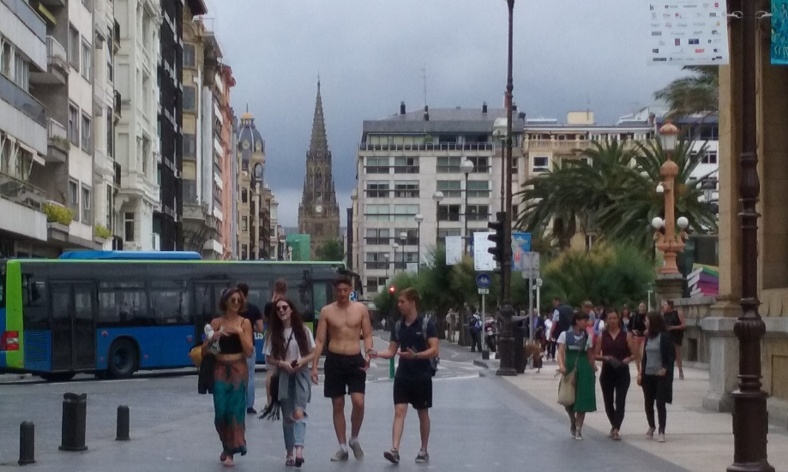
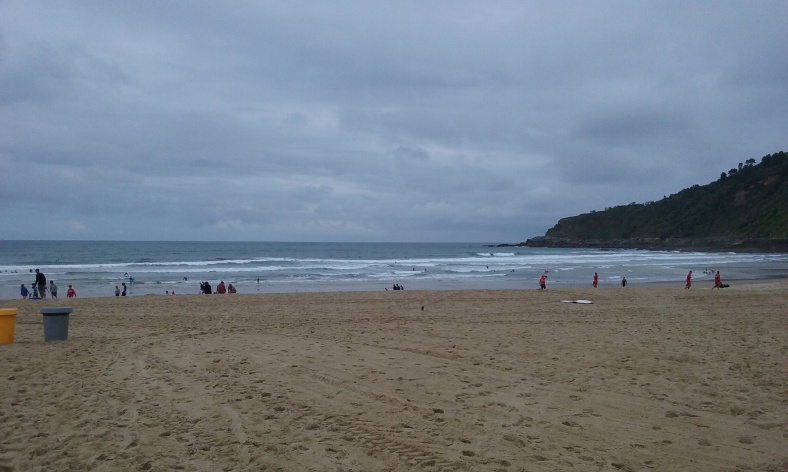

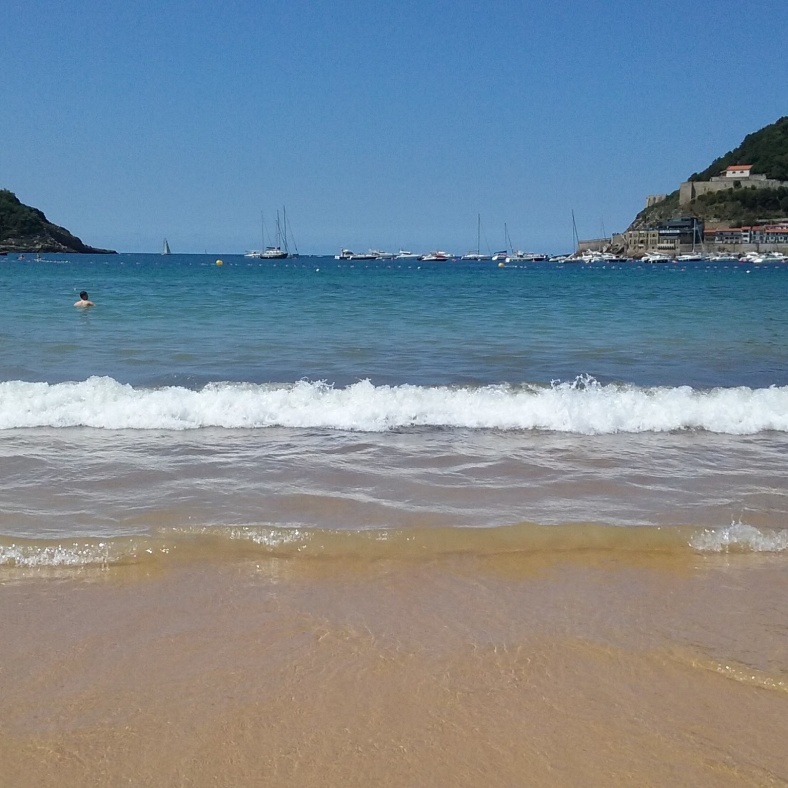
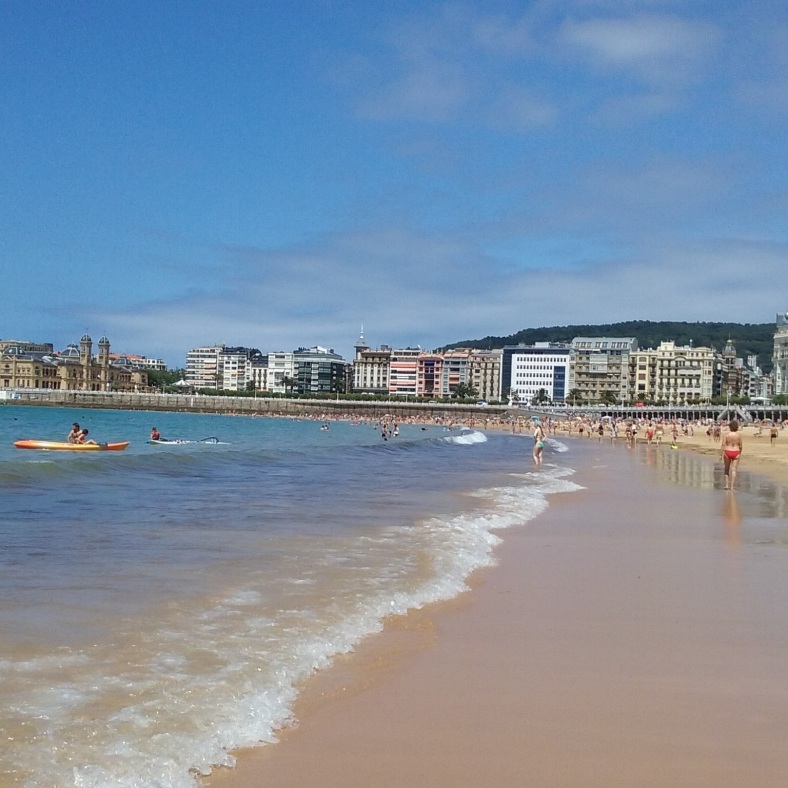



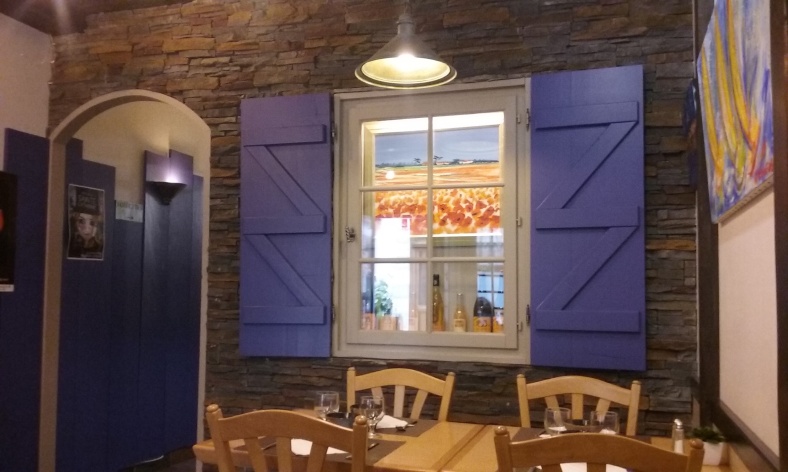




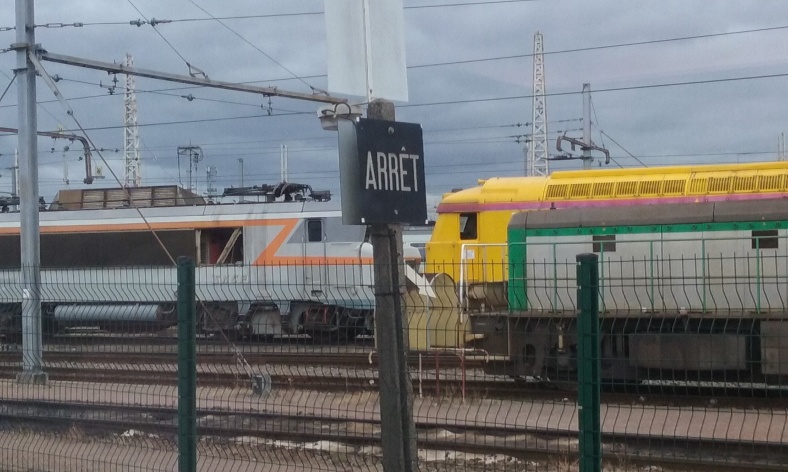
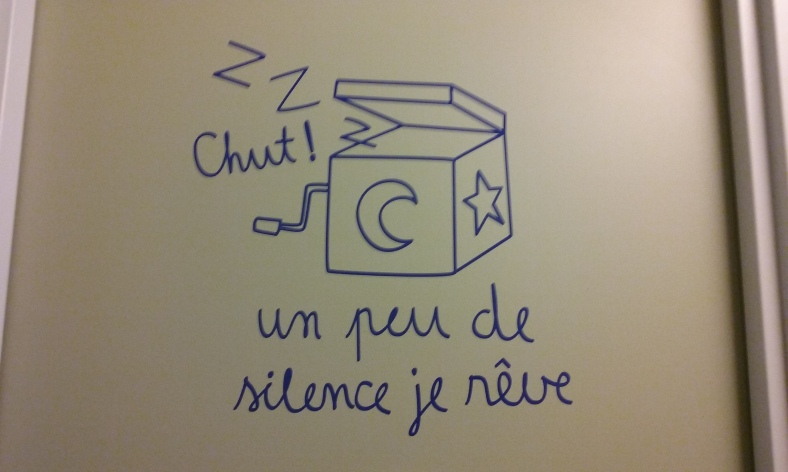
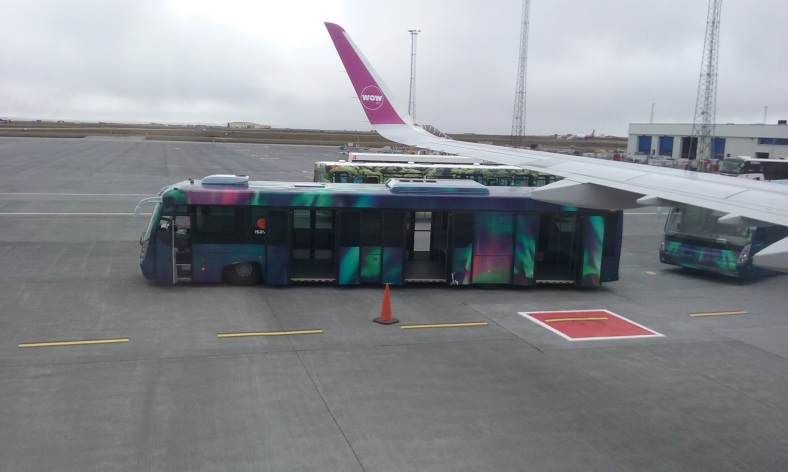













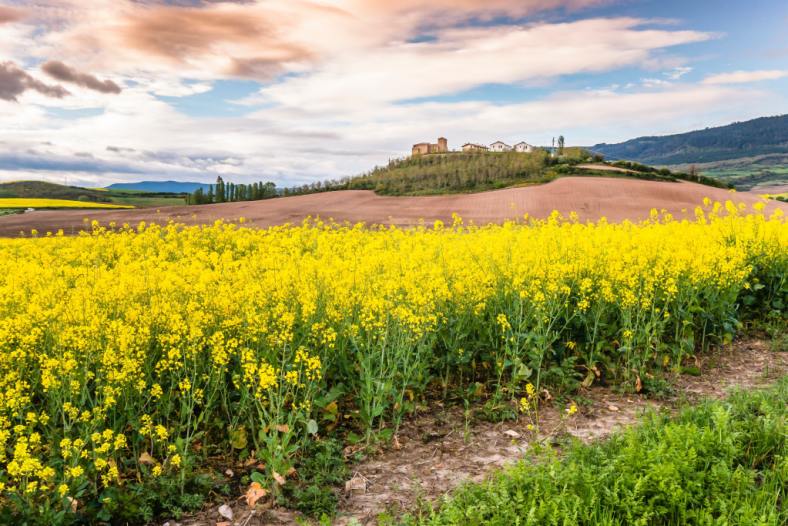



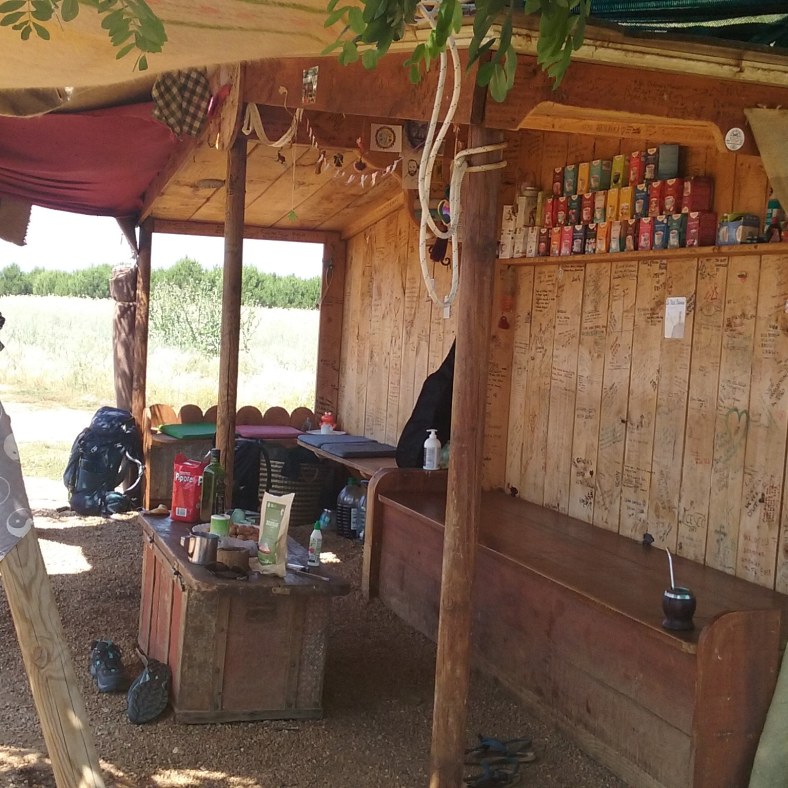
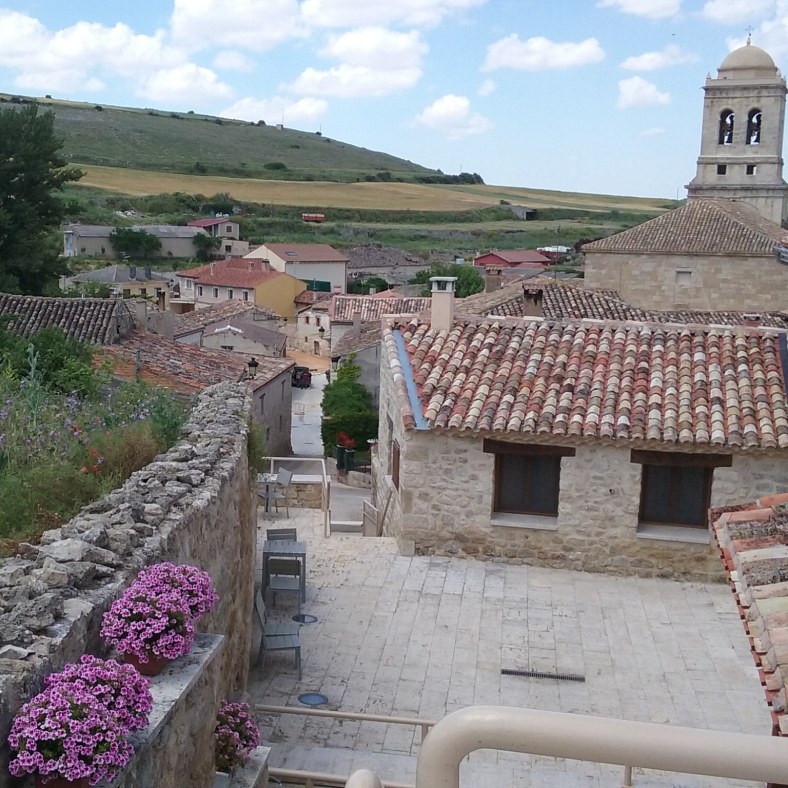
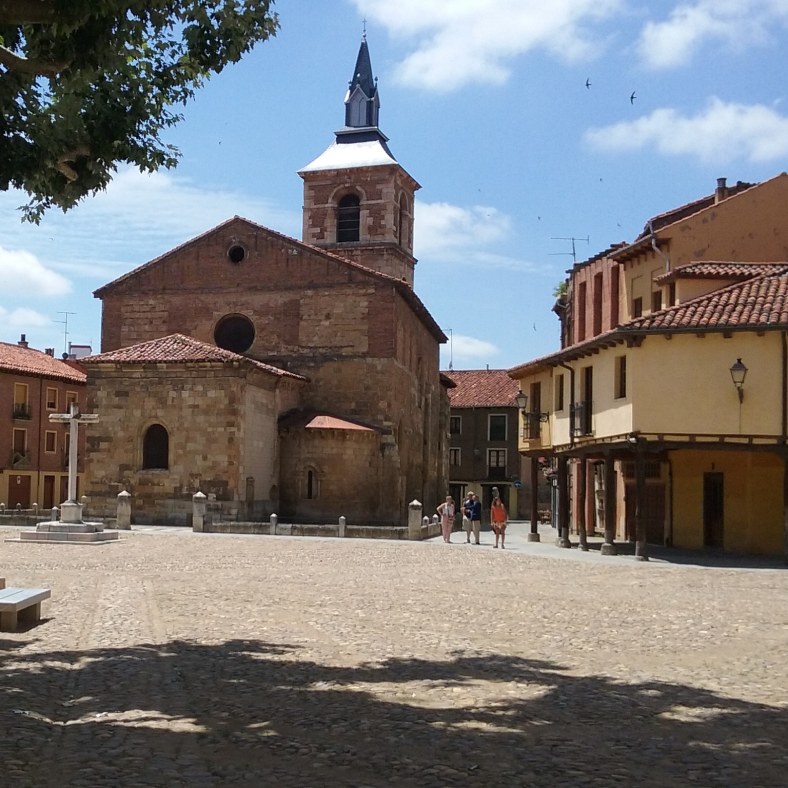

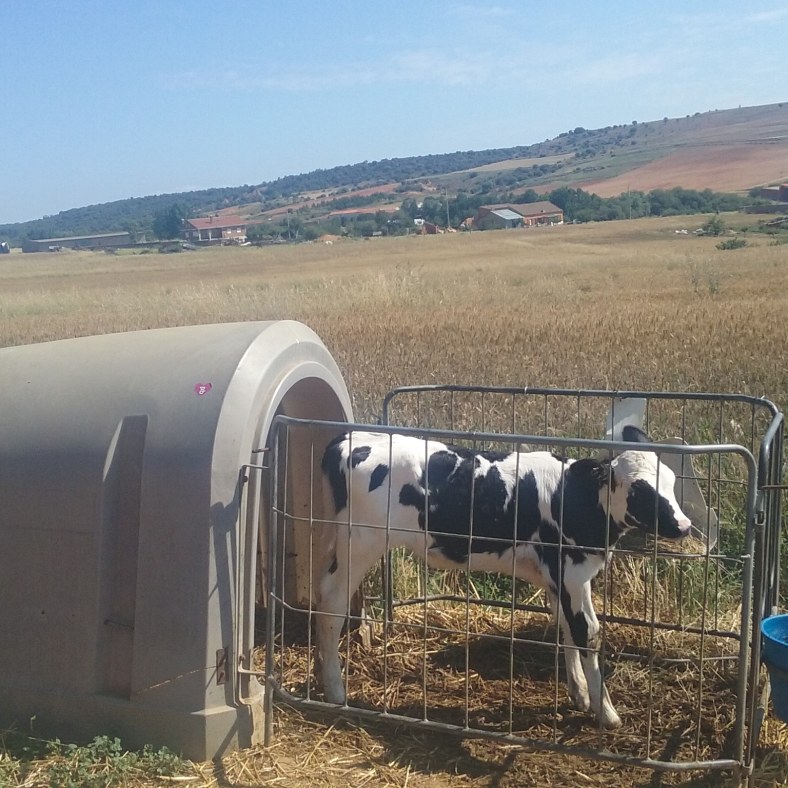









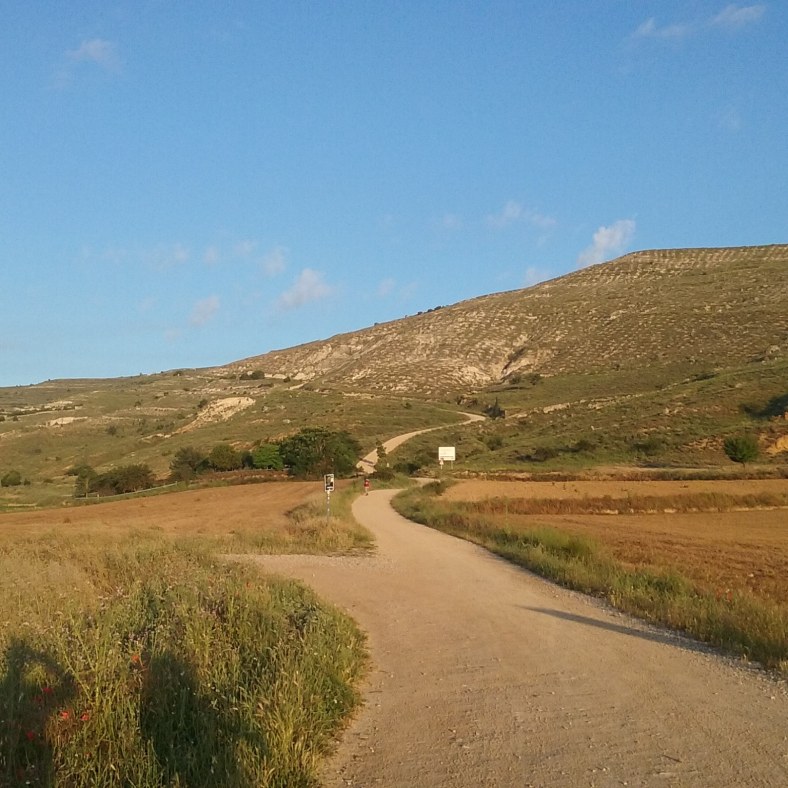


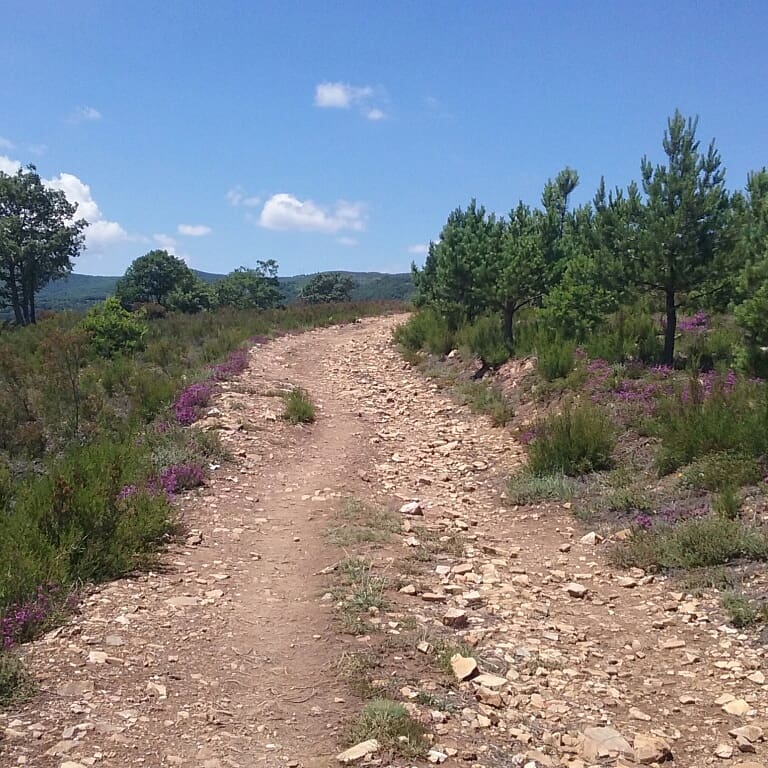
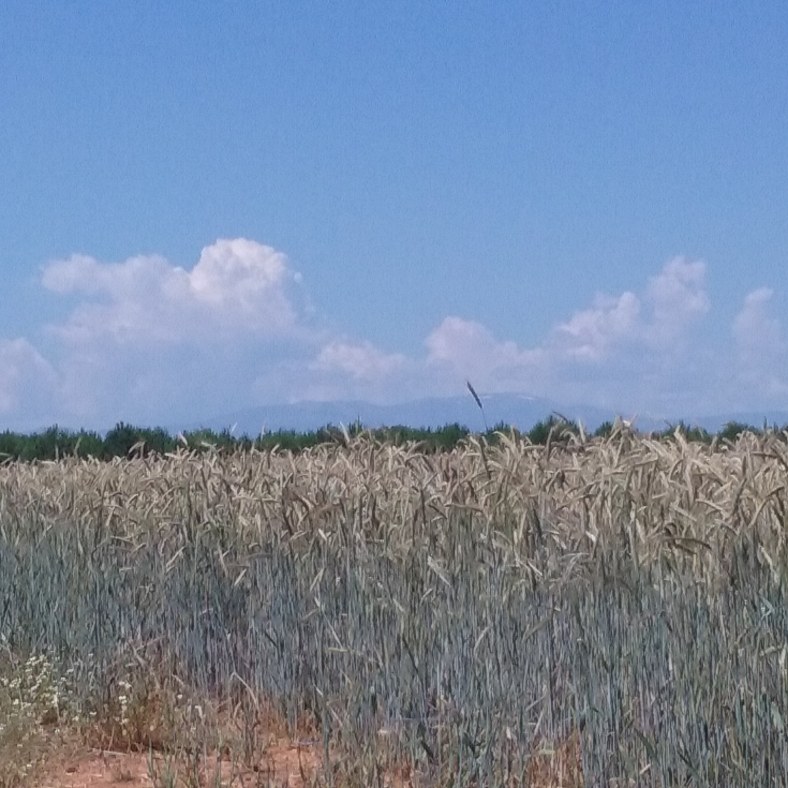
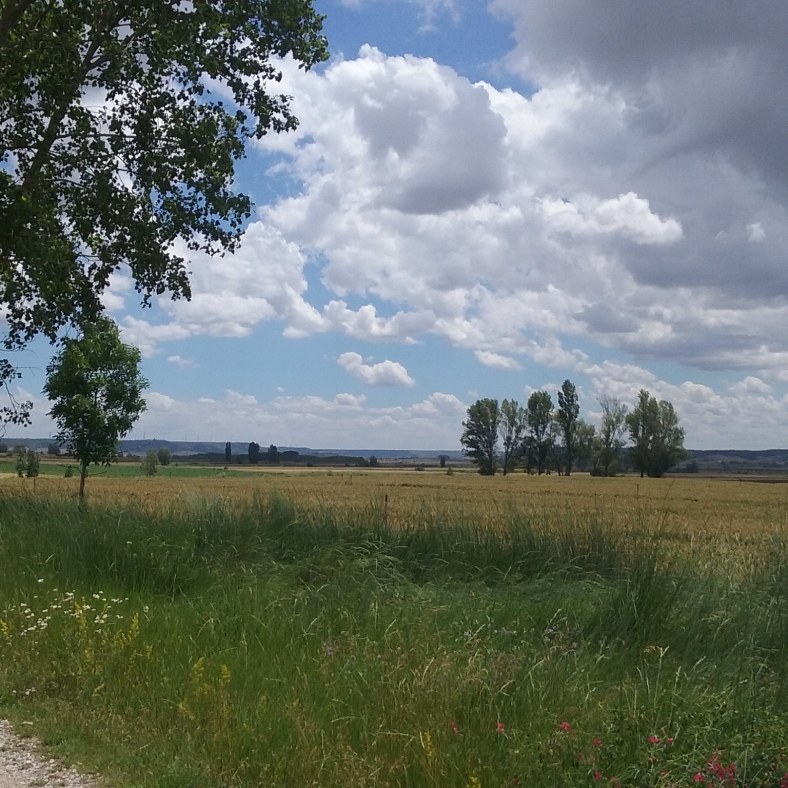











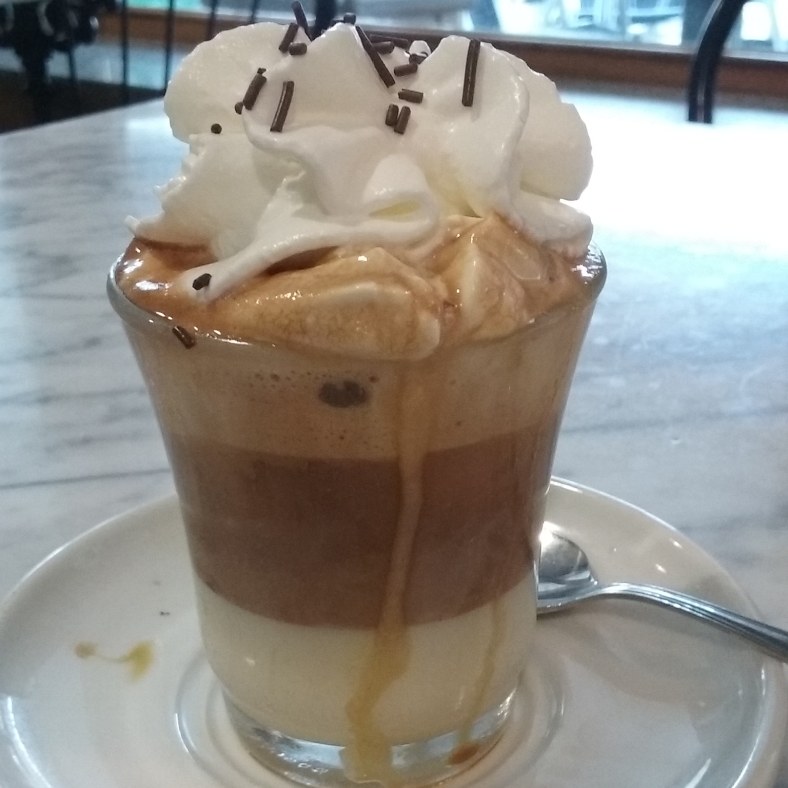





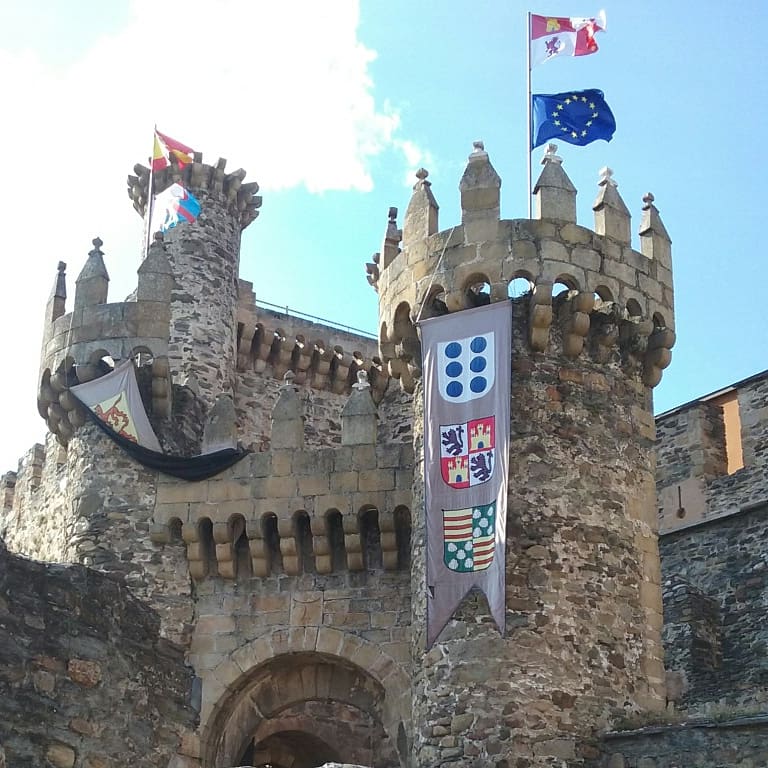
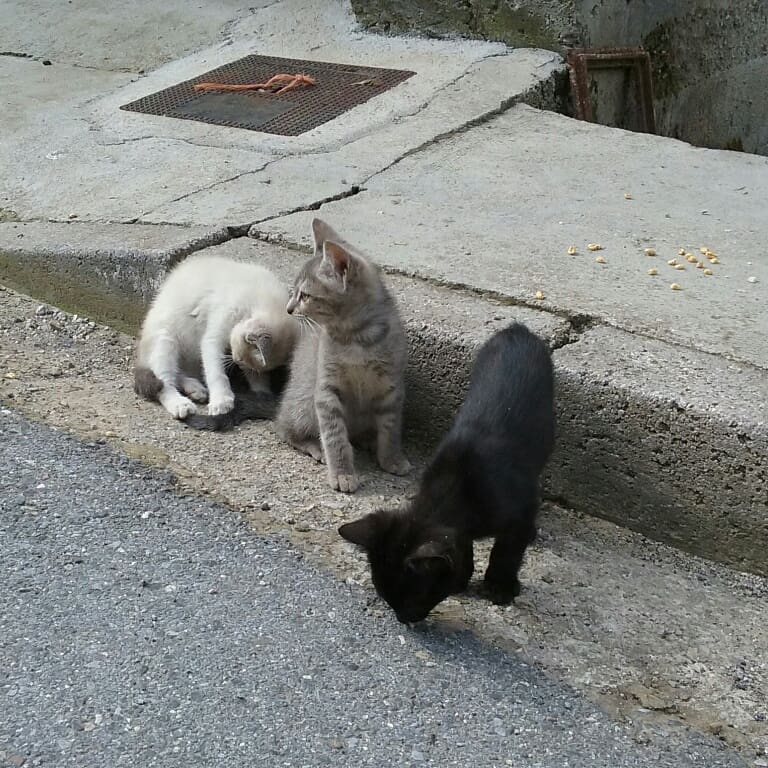




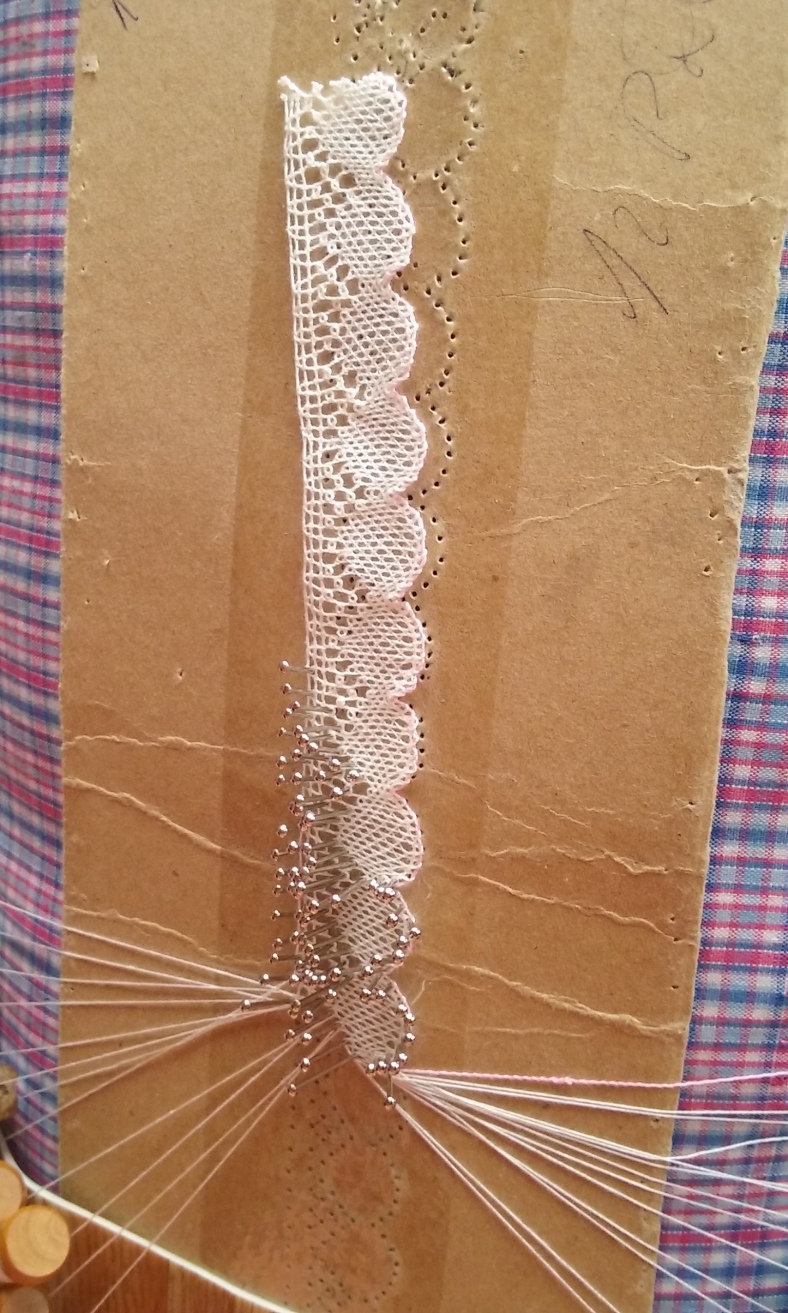
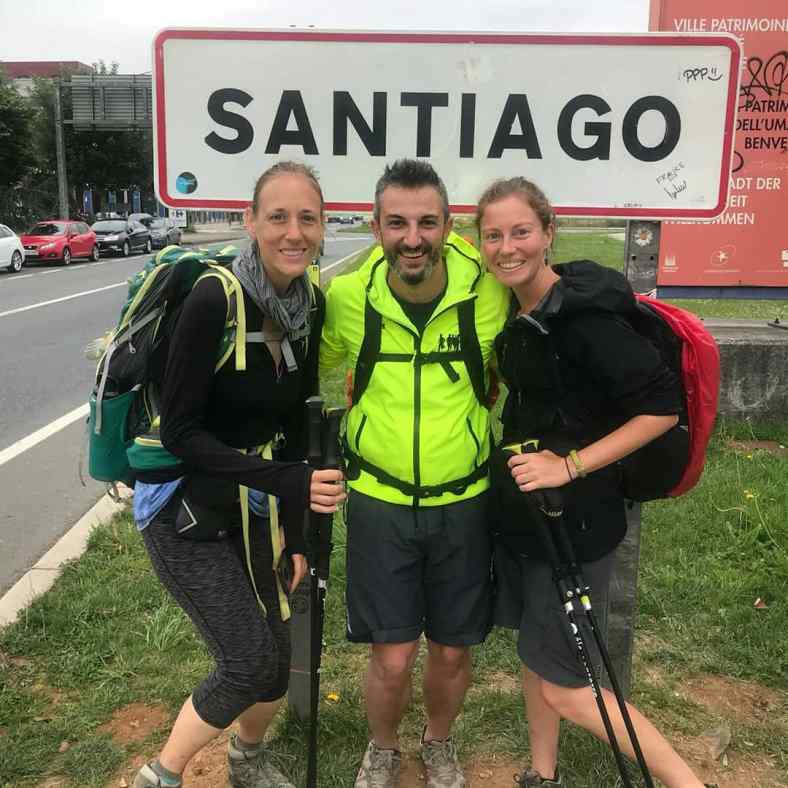
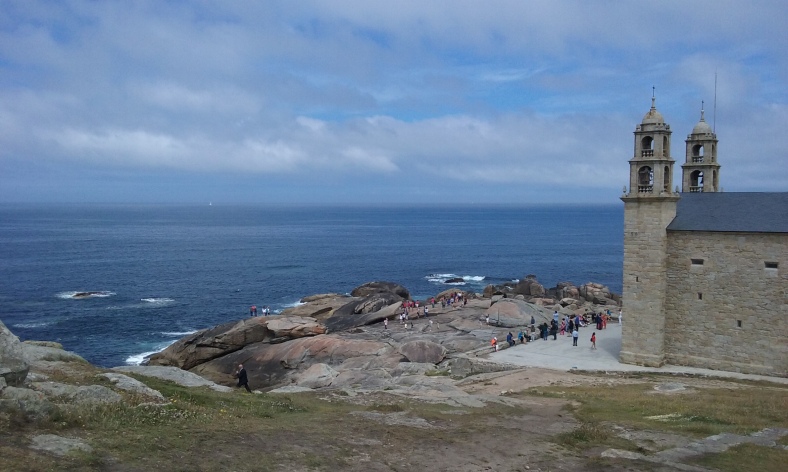




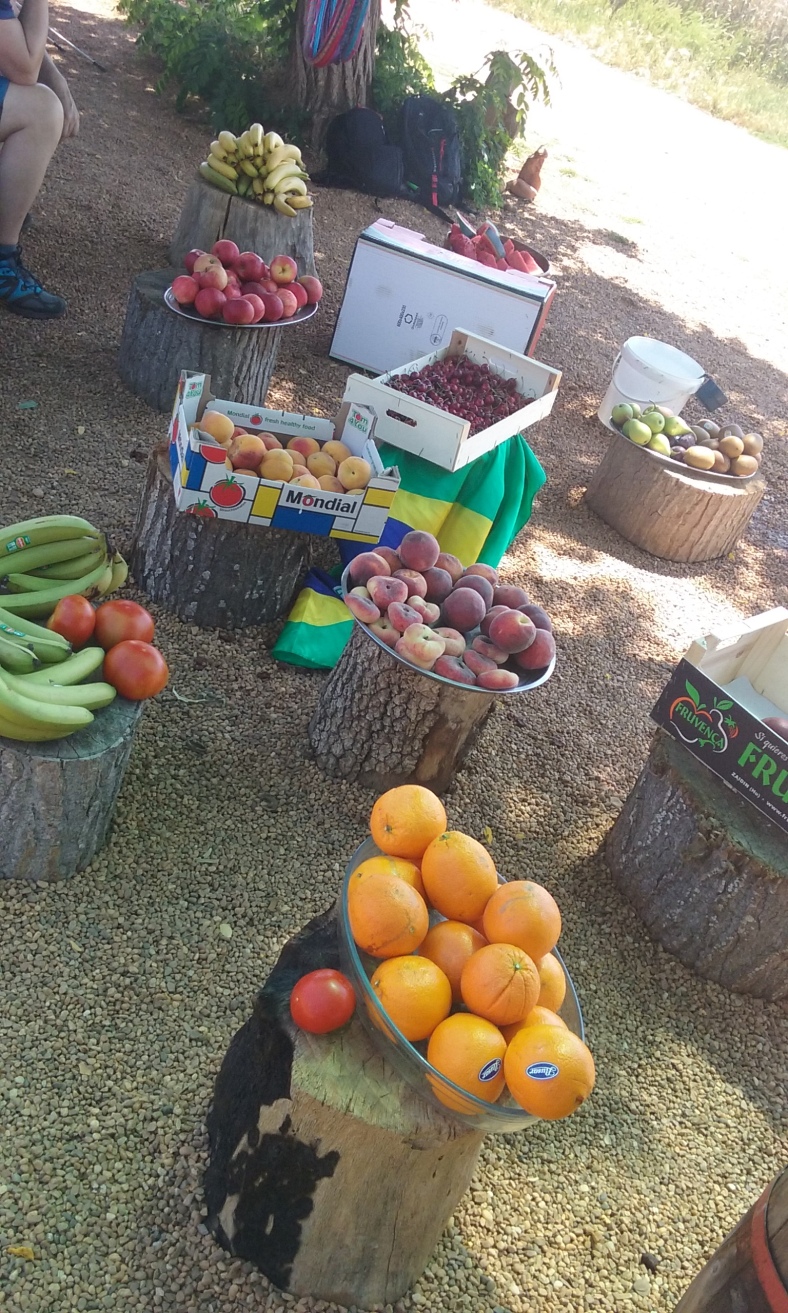
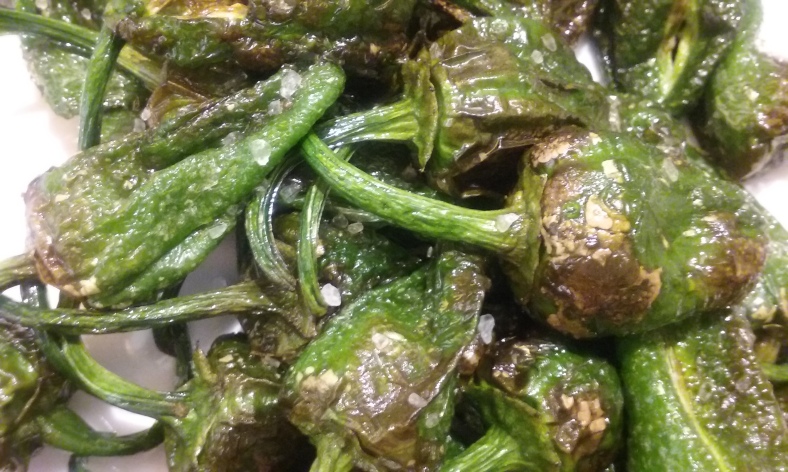
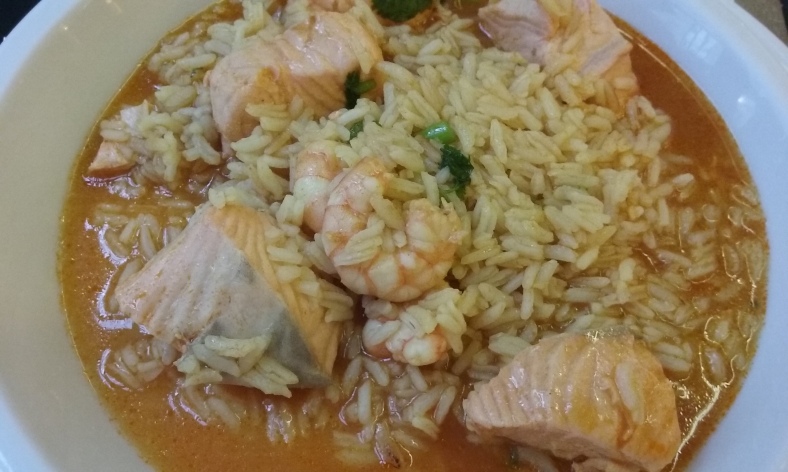
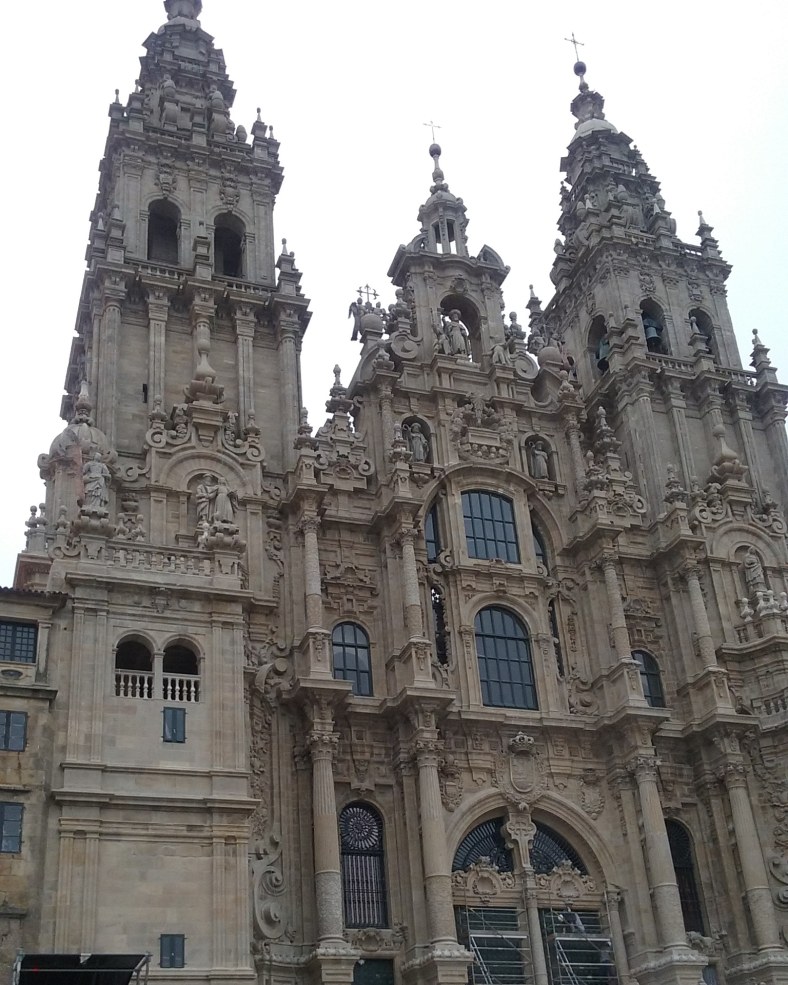
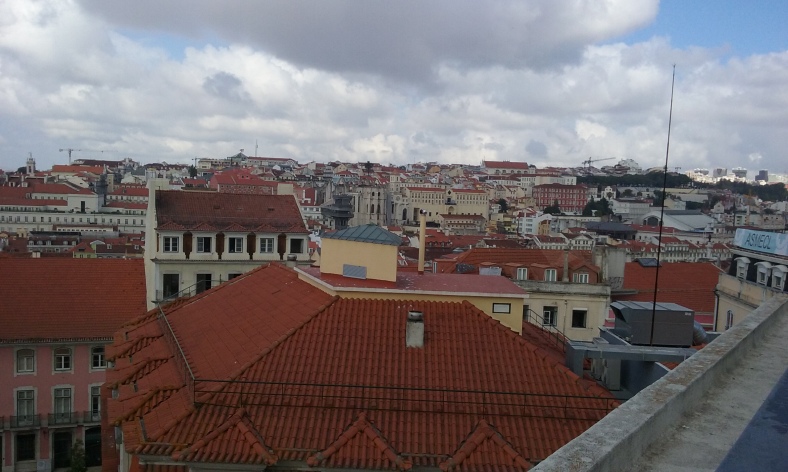



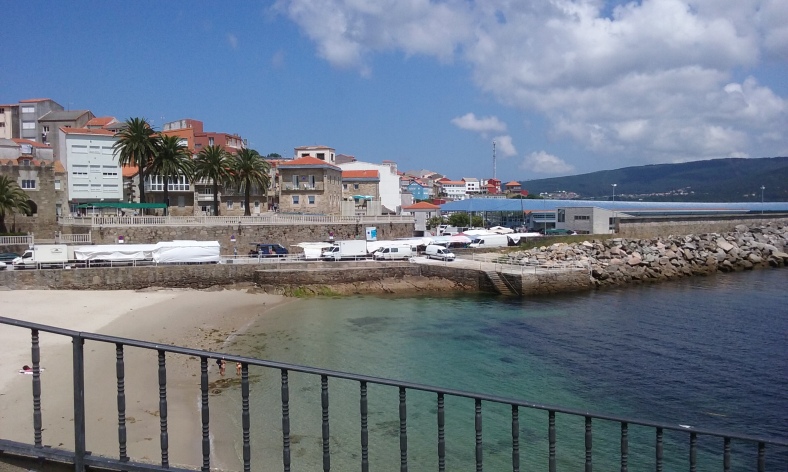
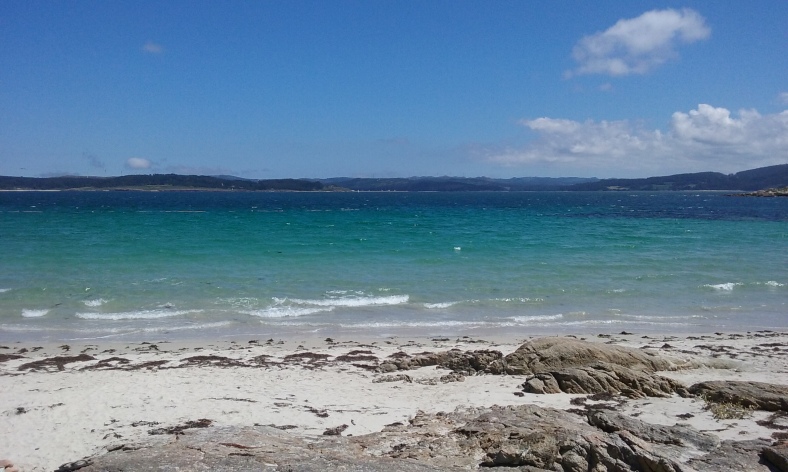
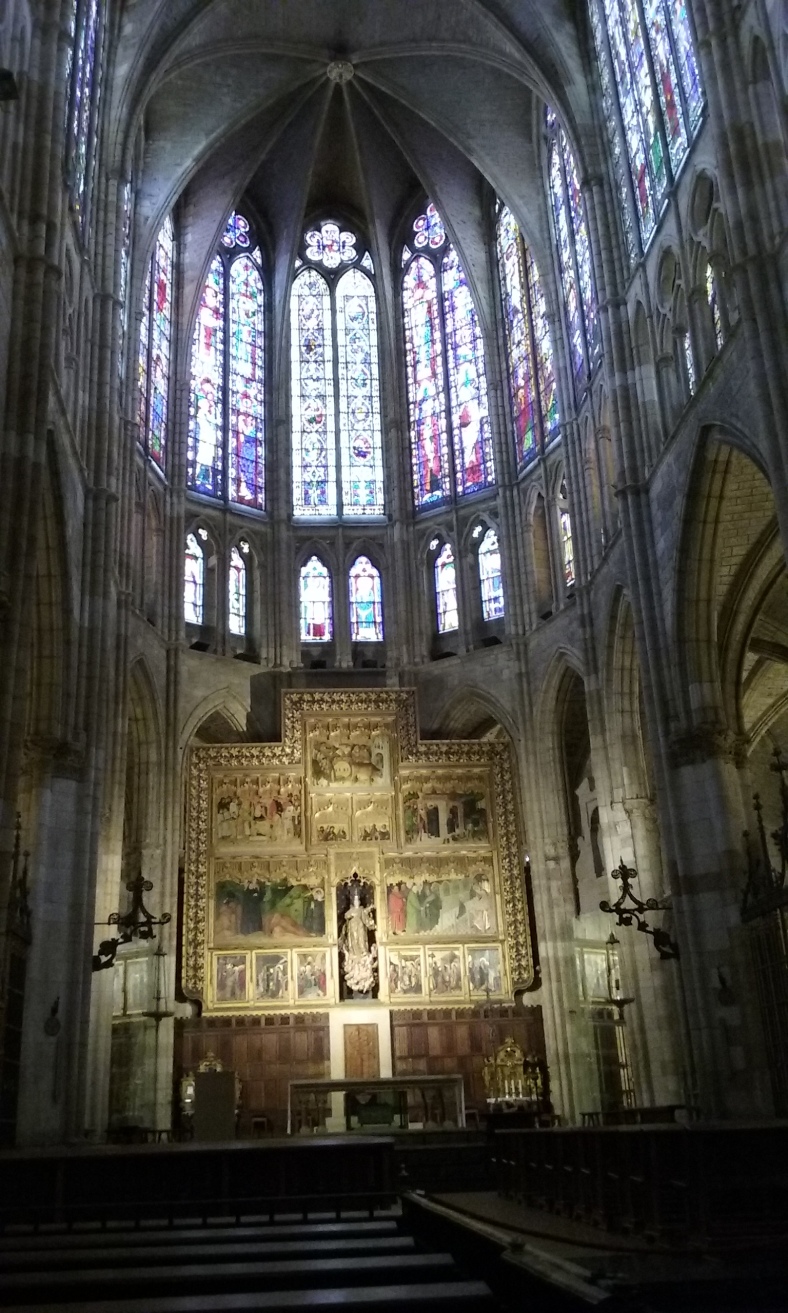

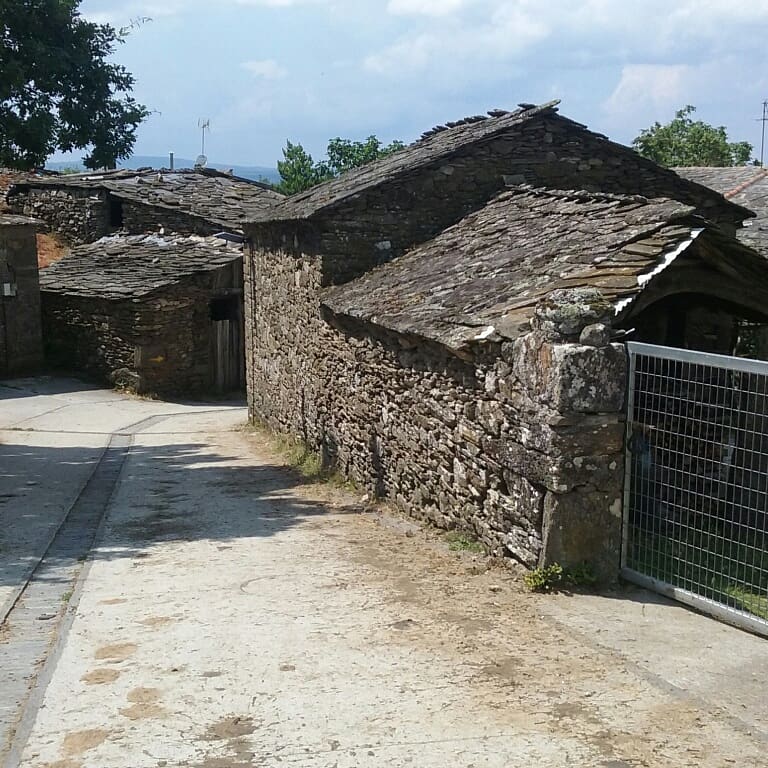
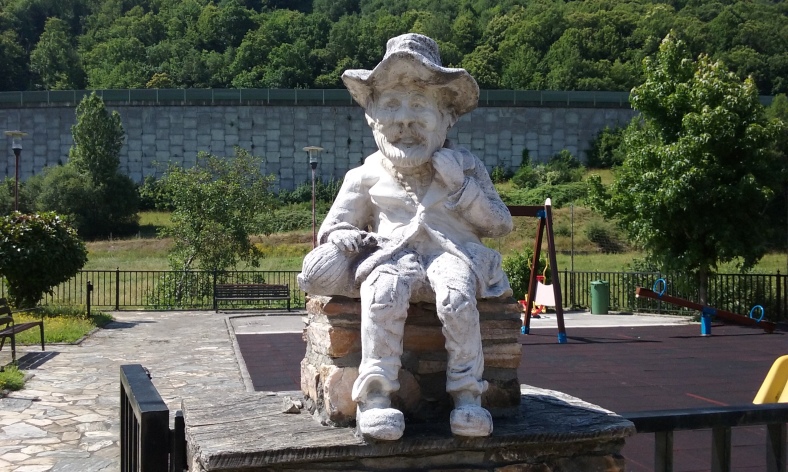
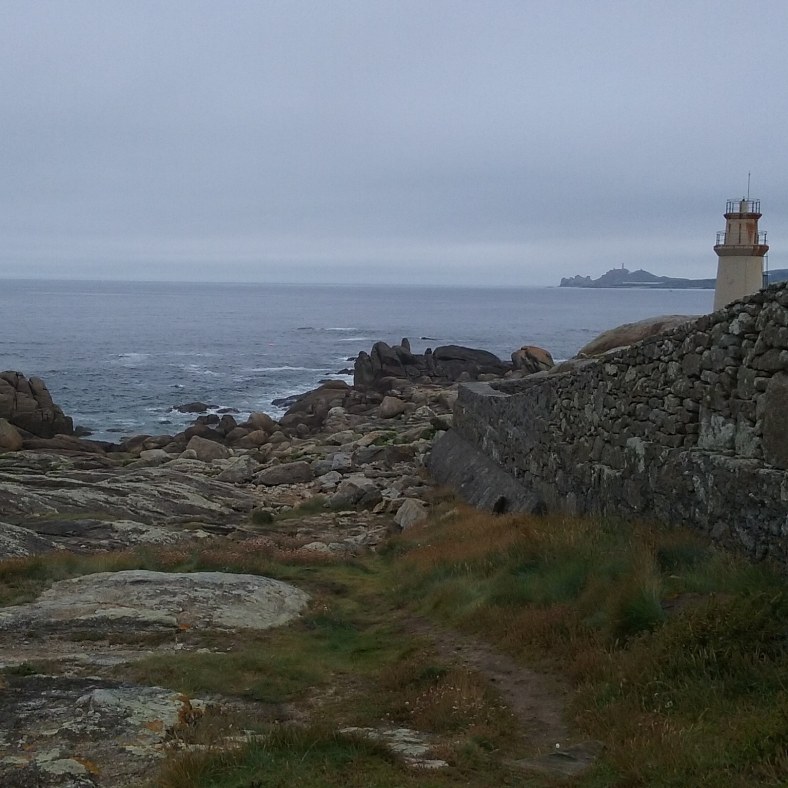

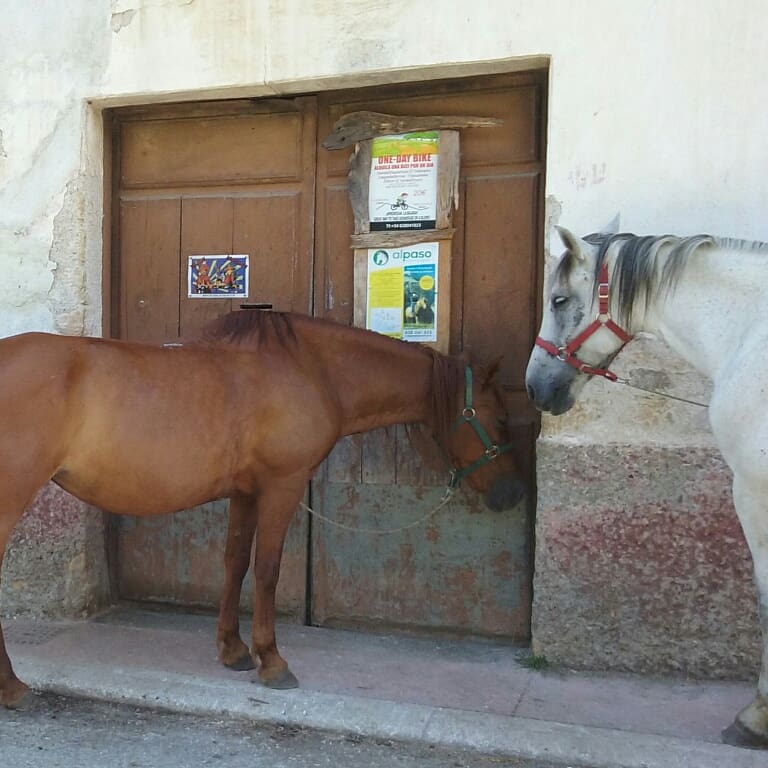
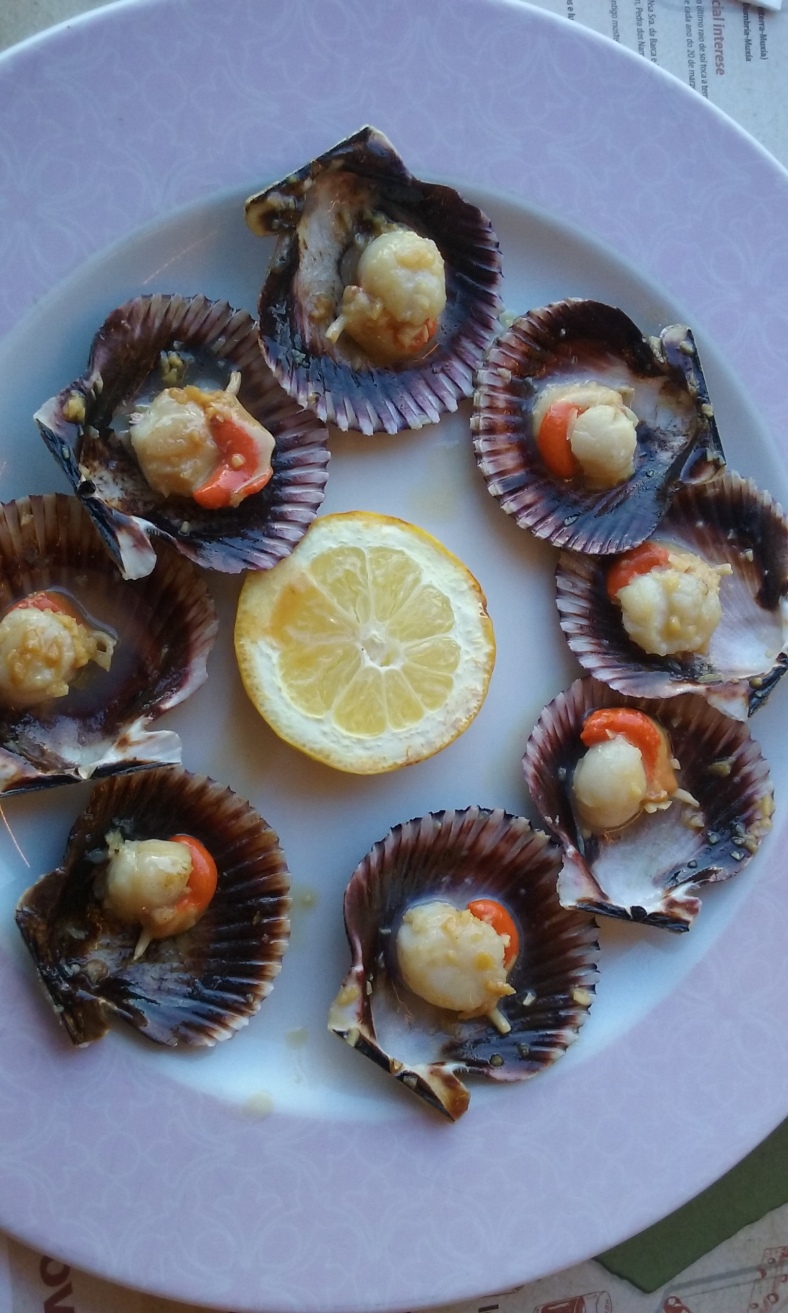

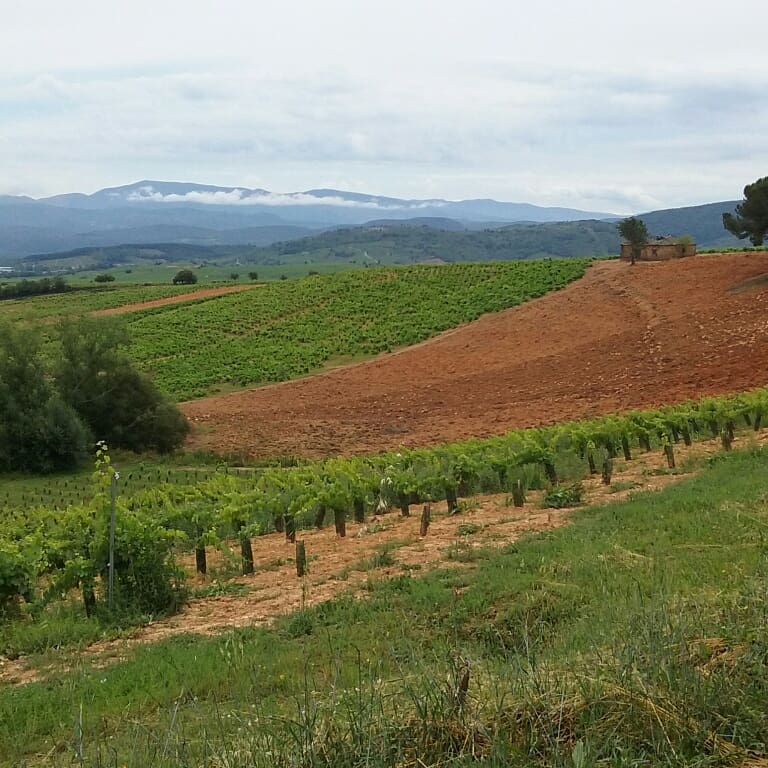


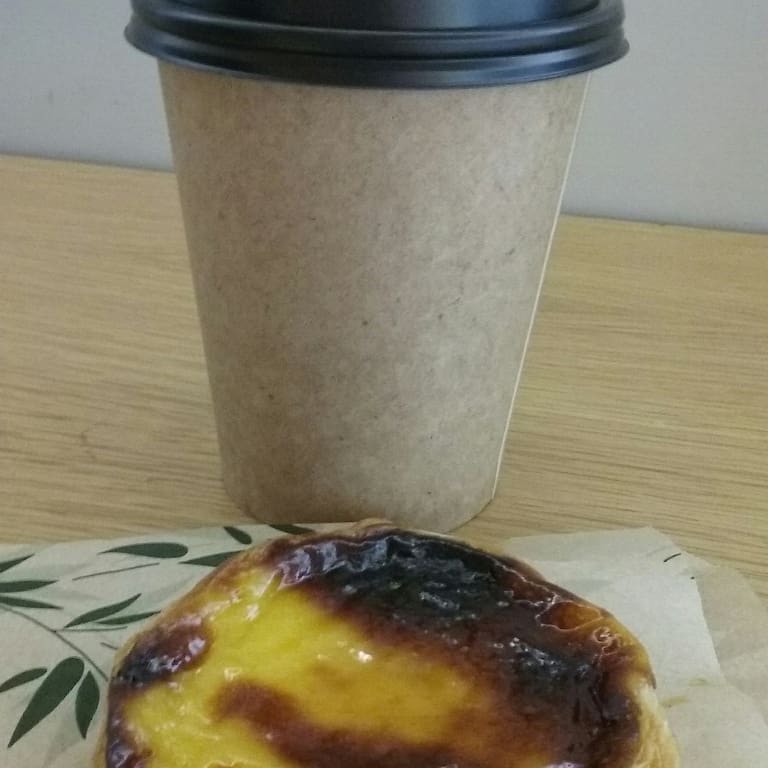
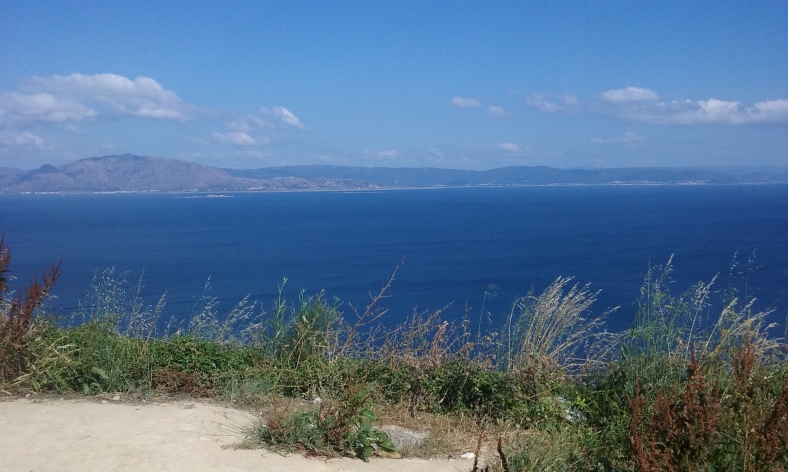



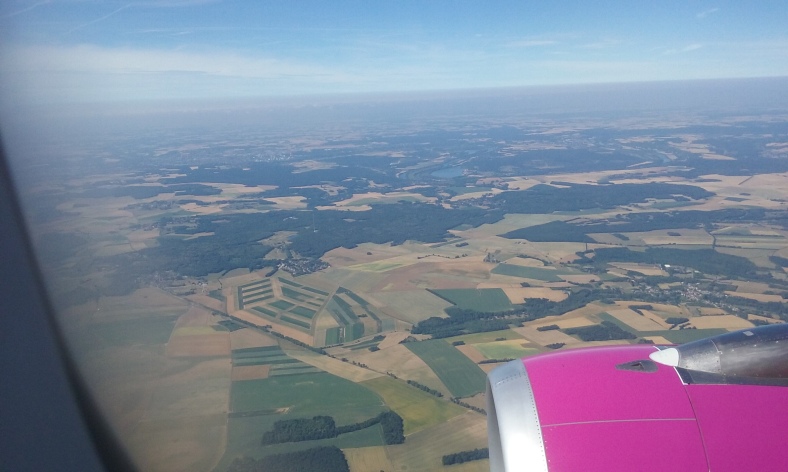

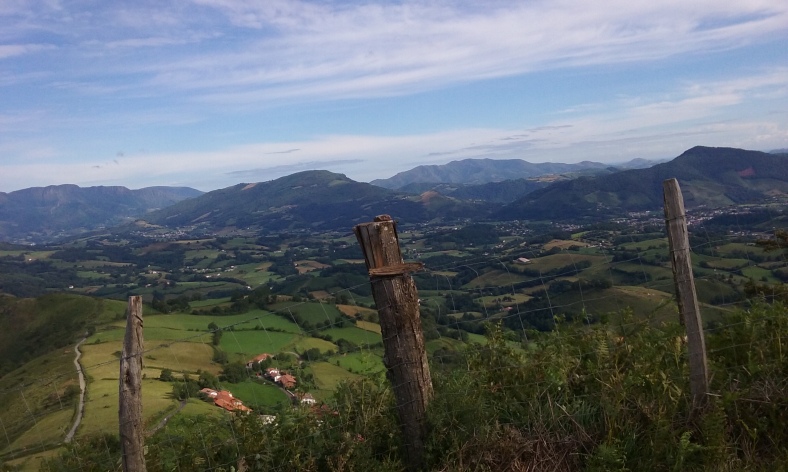

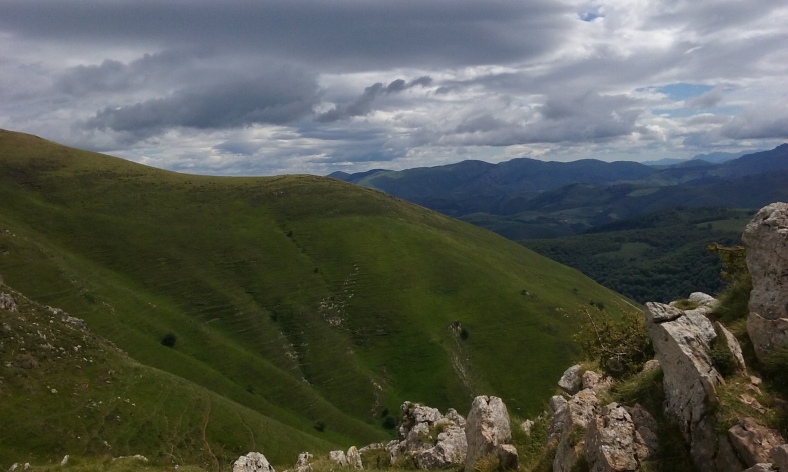

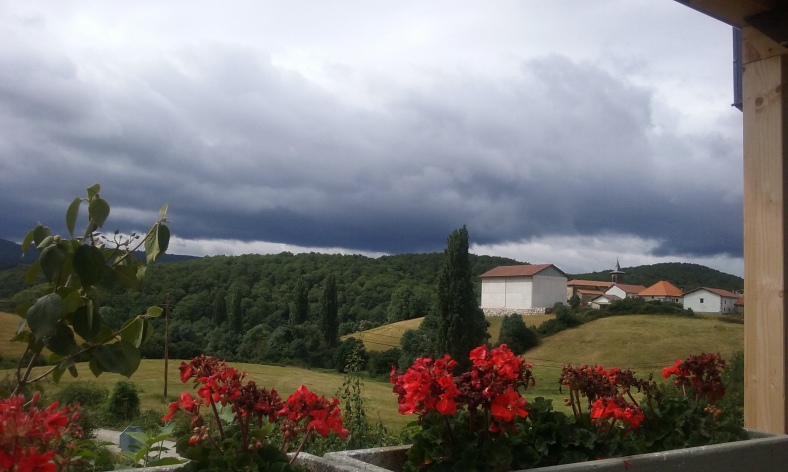





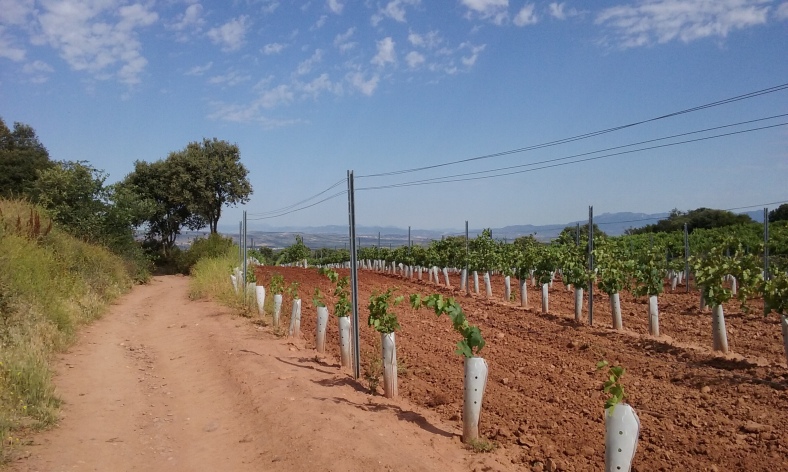






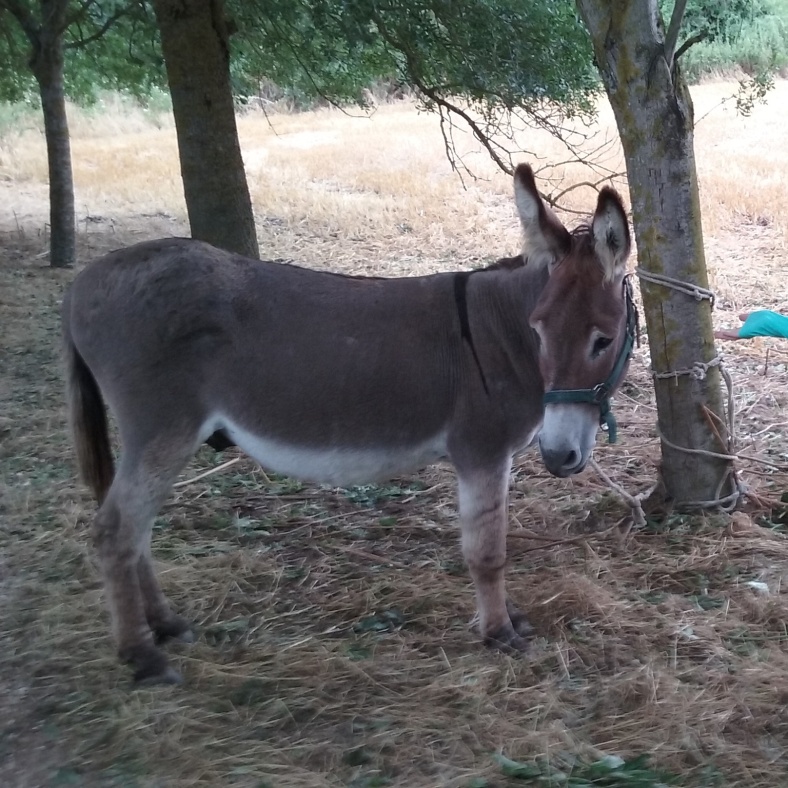


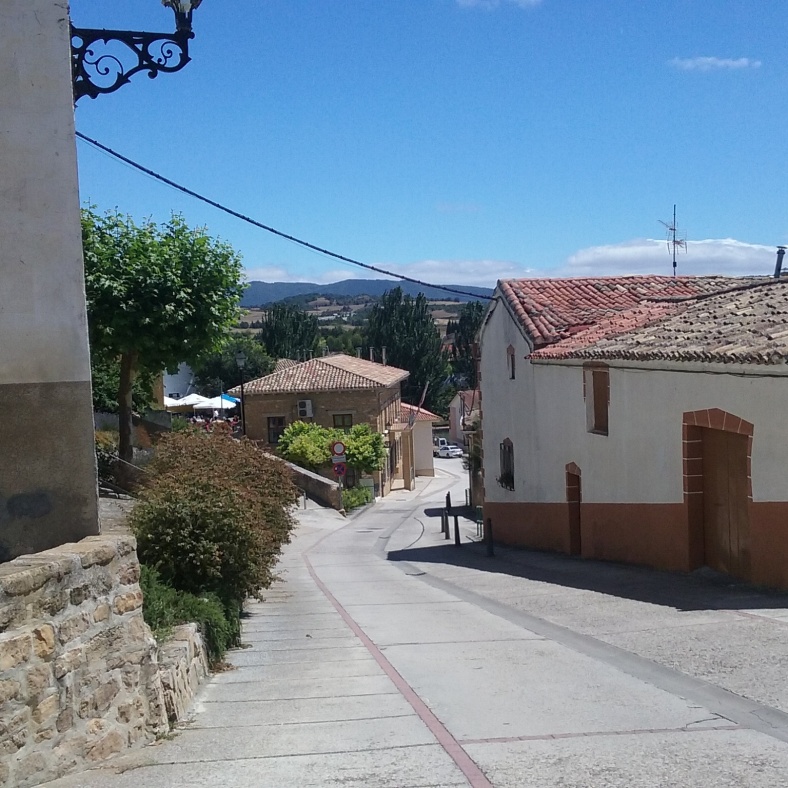

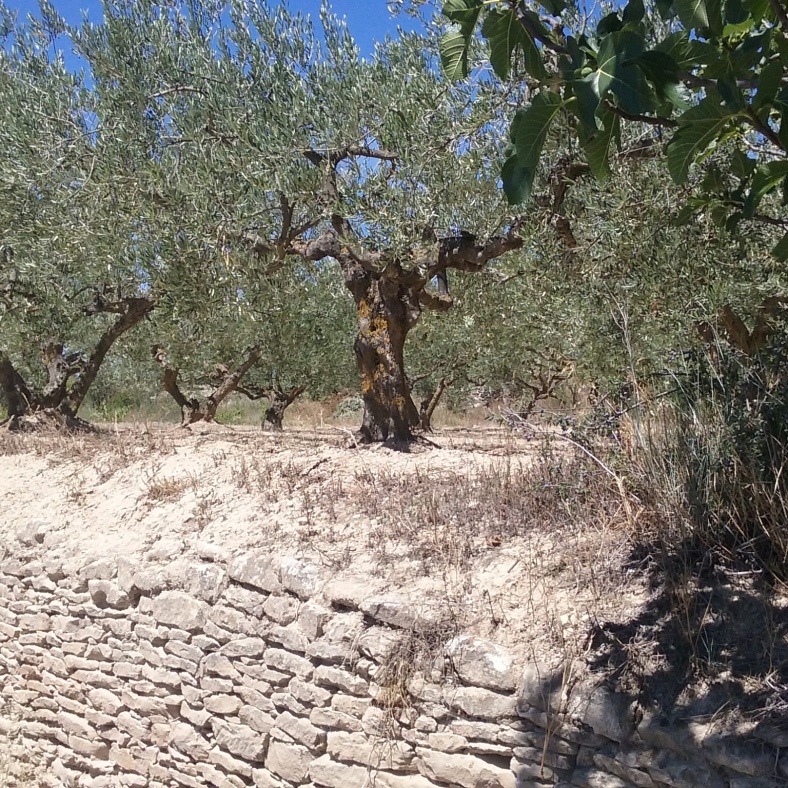
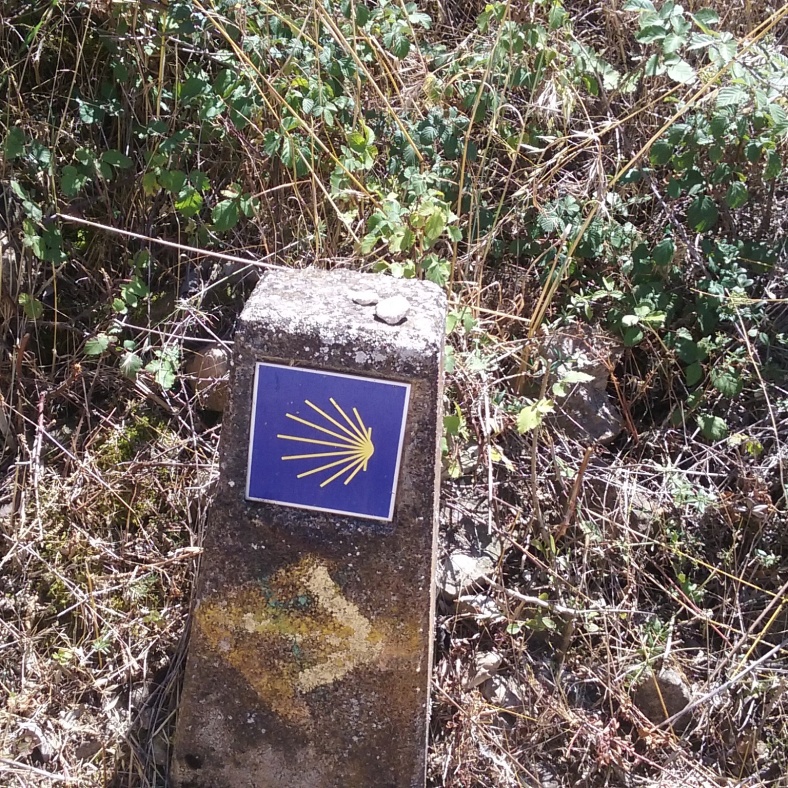

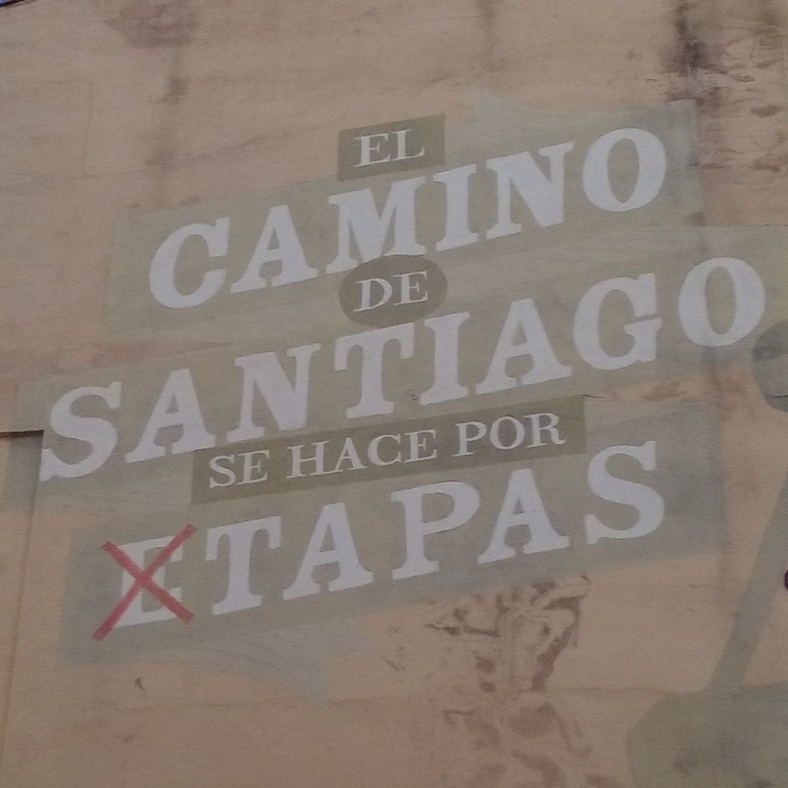
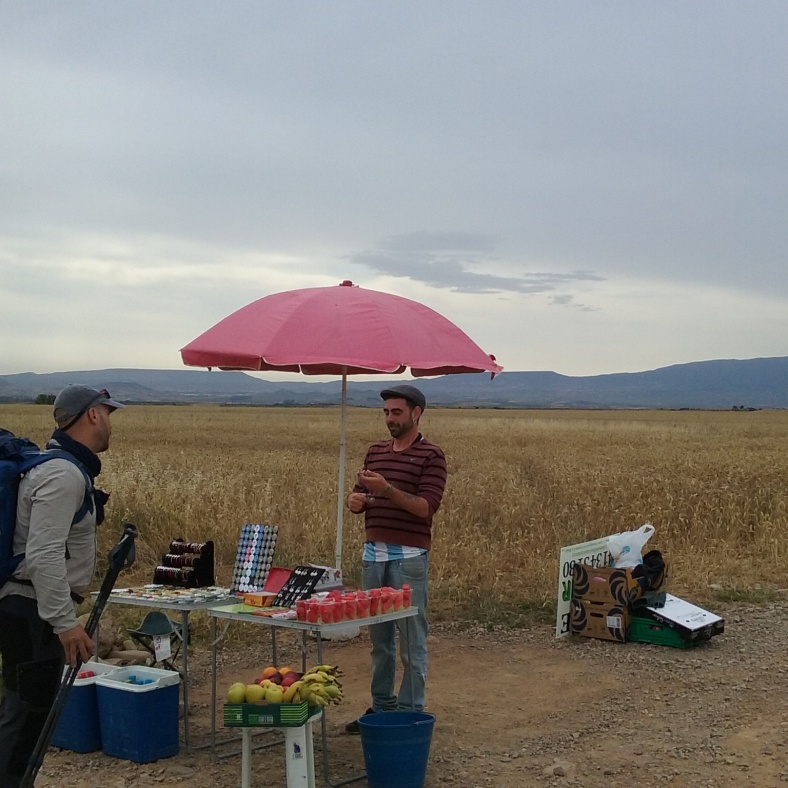
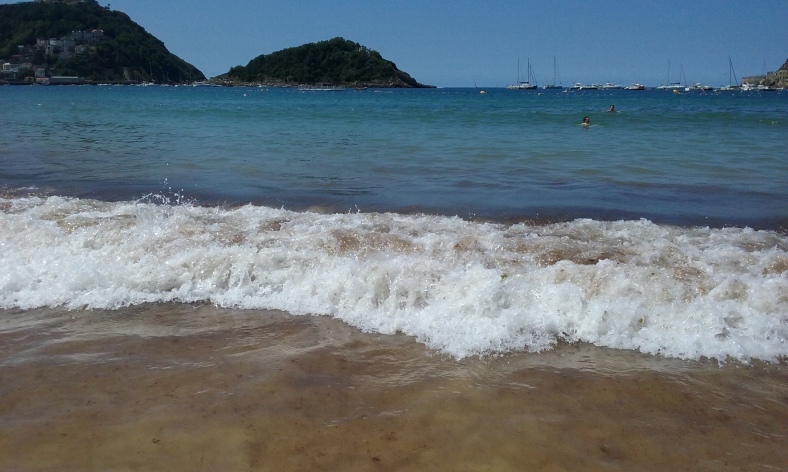
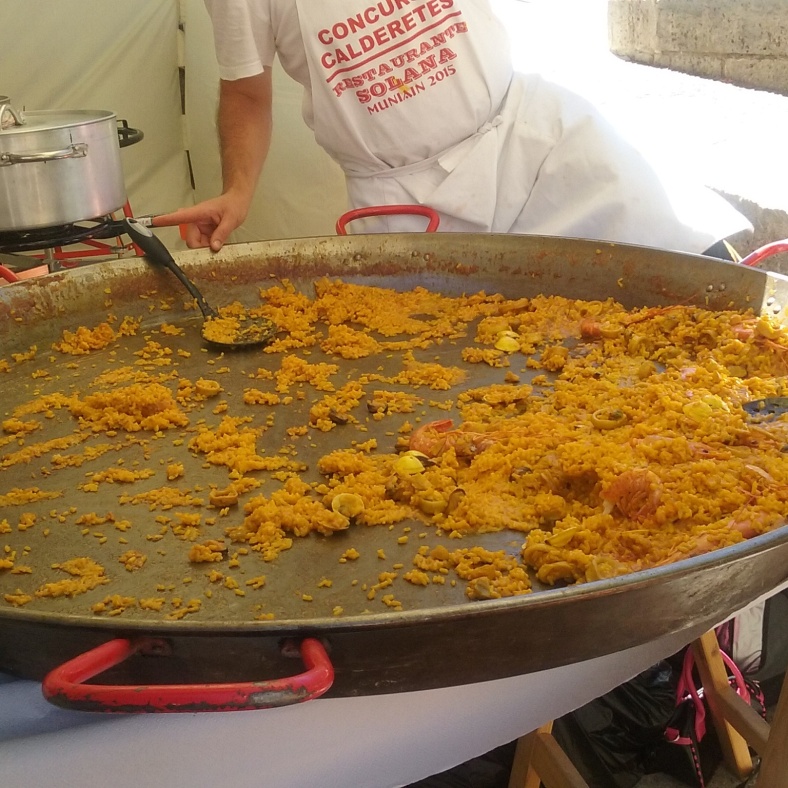









You must be logged in to post a comment.